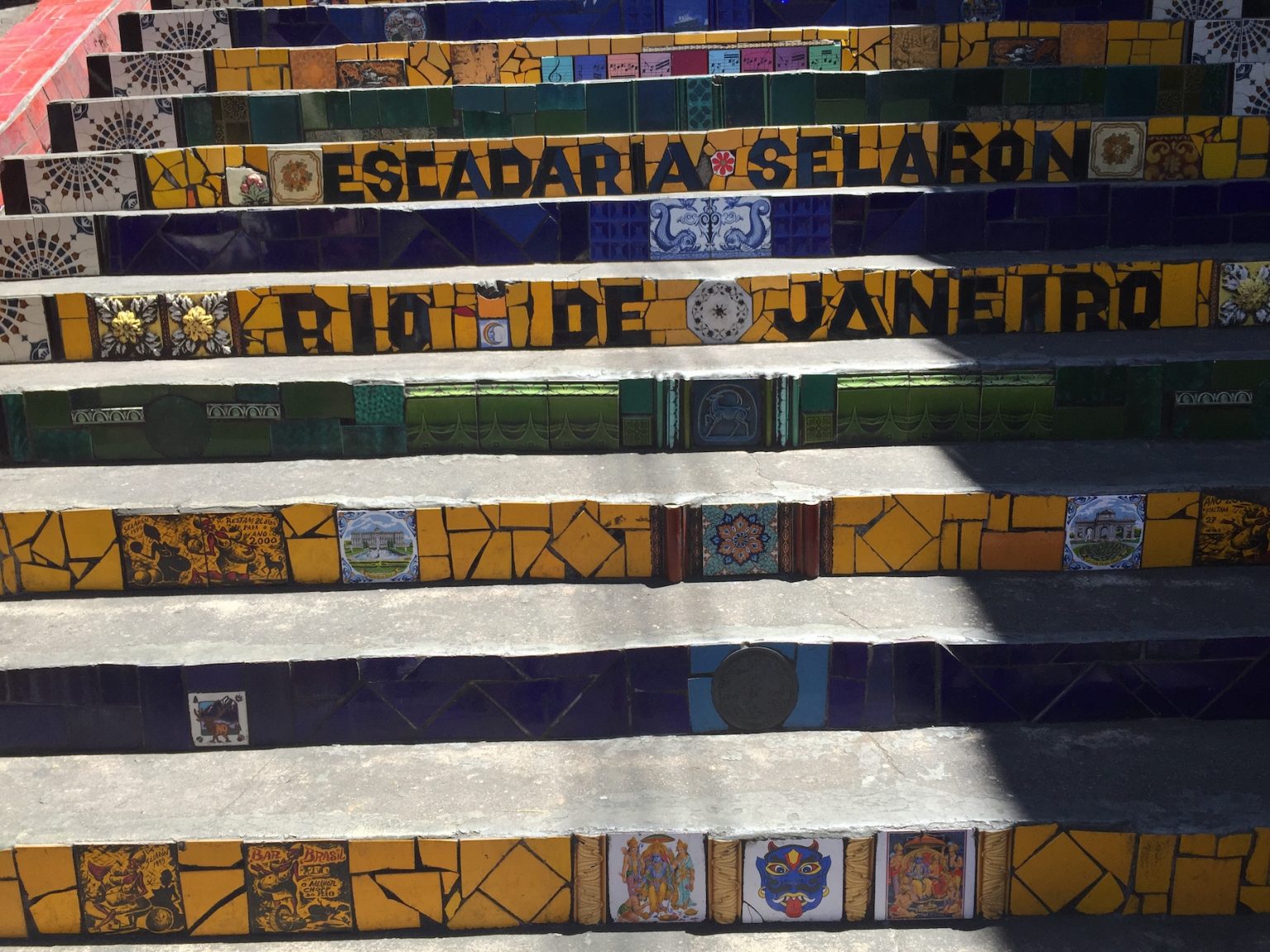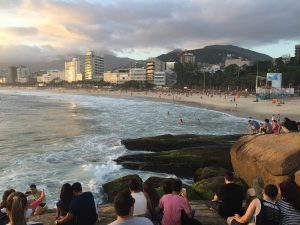🙂 STUNNING City! Great beaches! Fab sunsets.
🙁 Petty theft – we wore nothing of value so were absolutely fine.
THREE things we did not know about Rio:
- Rio de Janeiro means January River, but the river is actually a bay. Rio de Janeiro, or January River, is a very poetic name for a city with more than 200 rivers running through it but the name refers to none of these. It was in January 1502 that Portuguese explorer Gaspar de Lemos first arrived in Rio. Legend has it that Lemos was sailing through Guanabara Bay when he came up with the name for the city, mistaking the bay as the mouth of a big river.
- Most of Rio’s Samba schools are located in favelas. There are more than 1,000 slums, or favelas, in Rio – and almost one fourth of Cariocas (locals) live in them. Rio’s modest residents have been living in favelas since the end of the 19th century, being the most affordable housing option. It was there, in the favelas, that former African slaves and their descendants first created the music style we now know as samba.
- Rio’s carnival party is the biggest carnival in the world. According to the Guinness Book of Records, in 2004 the city’s most illustrious party attracted a record 400,000 foreign visitors, becoming the biggest carnival party in the world. Apart from the outside visitors, every year, around 5 million people take over the streets of Rio to participate in hundreds of street parties, called “blocos”, held by the samba groups. Not to mention the thousands that purchase expensive tickets to watch the acclaimed competitive parades, starring Rio’s best samba schools. A party not to be missed!
Paul and I had received British Airways Vouchers…. what better opportunity for a trip to Rio?! It is an 11h45min day time flight so we enjoyed watching films, eating and snoozing! Arrived early evening and had a transfer arranged to our hotel called Best Western Sol Ipanema – reasonable cost given its location right on the beach. Ipanema beach which became popular worldwide after the famous song “The Girl from Ipanema” was released in 1962. We checked in and popped to the bar for a snack and most importantly Caipirinhas!! This is the Brazilian National cocktail which is a muddle of the following: cachaça, lime, and sugar….we thought the glasses were rather small …BUT they were potent – we had four between us and felt the effect the next morning!!
We headed to the beach after breakfast – beautiful! Note: No jewellery at all! The sand art was quite cool!






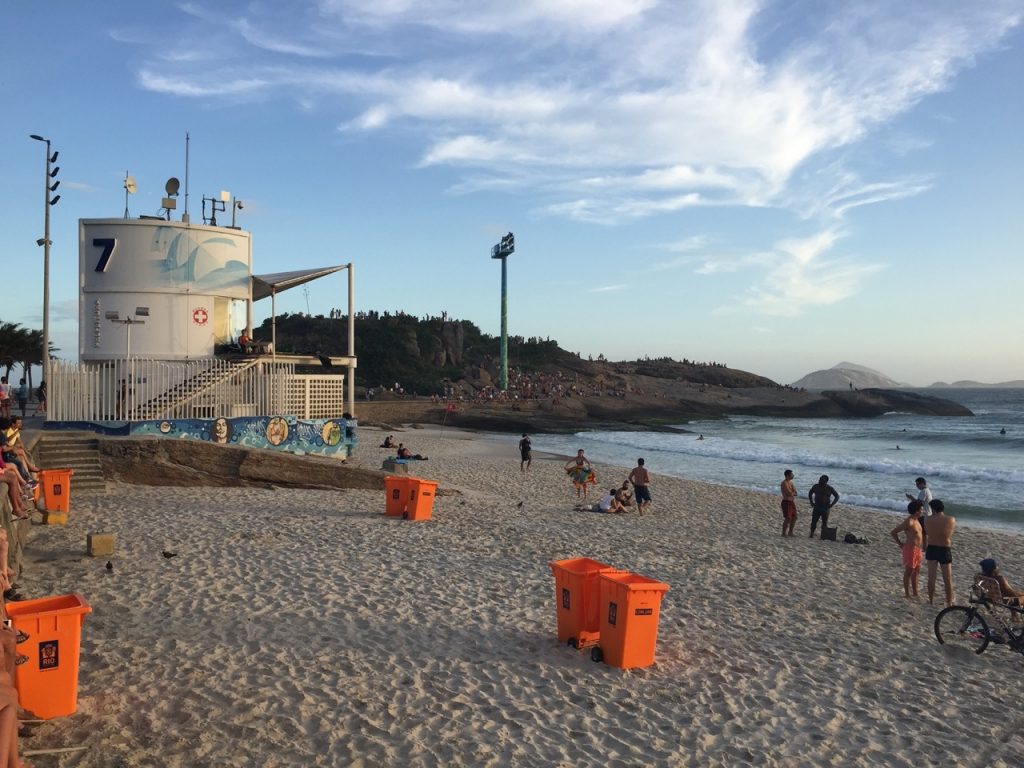
It is very important where you place yourself on the beach! The most fashionable spots is Posto 5, the stretch in front of Rua Vinicius de Moraes but the trendiest area is the one between Postos 8 and 9. That is the perfect place to find tourists from all over the world and also some Brazilian celebrities. At Posto 10, you will have an amazing view of Morro Dois Irmãos. You will see more locals here, mostly families with kids. Ipanema is considered much safer for tourists than Copacabana because ironically there are supposed to be fewer tourists.
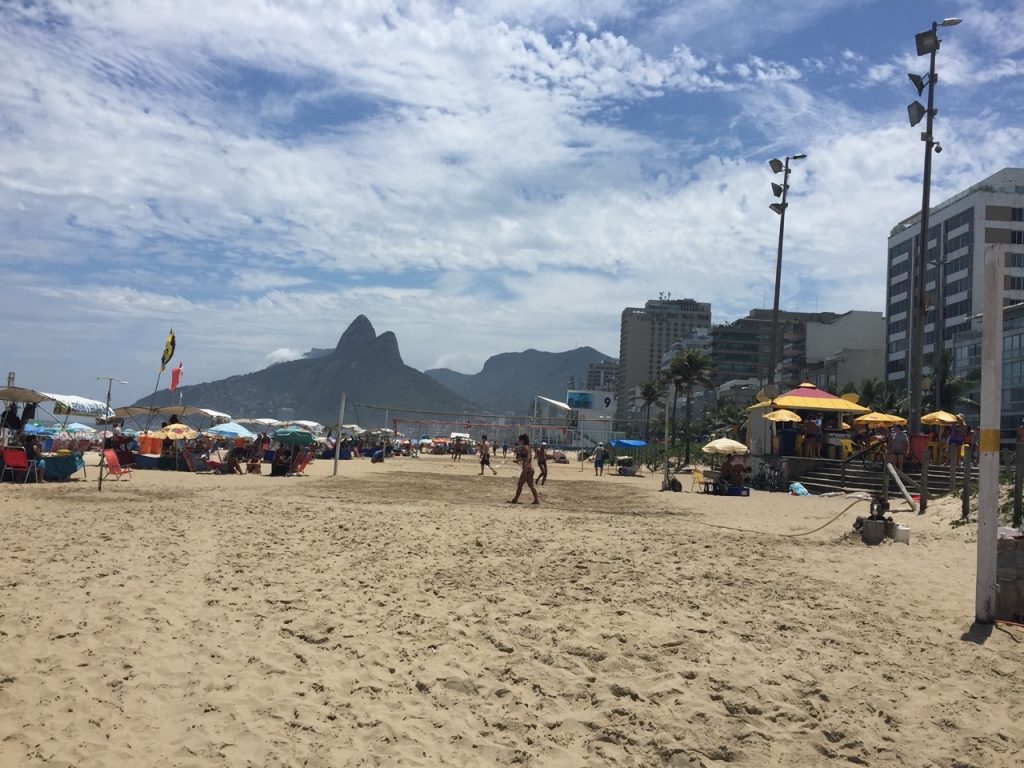
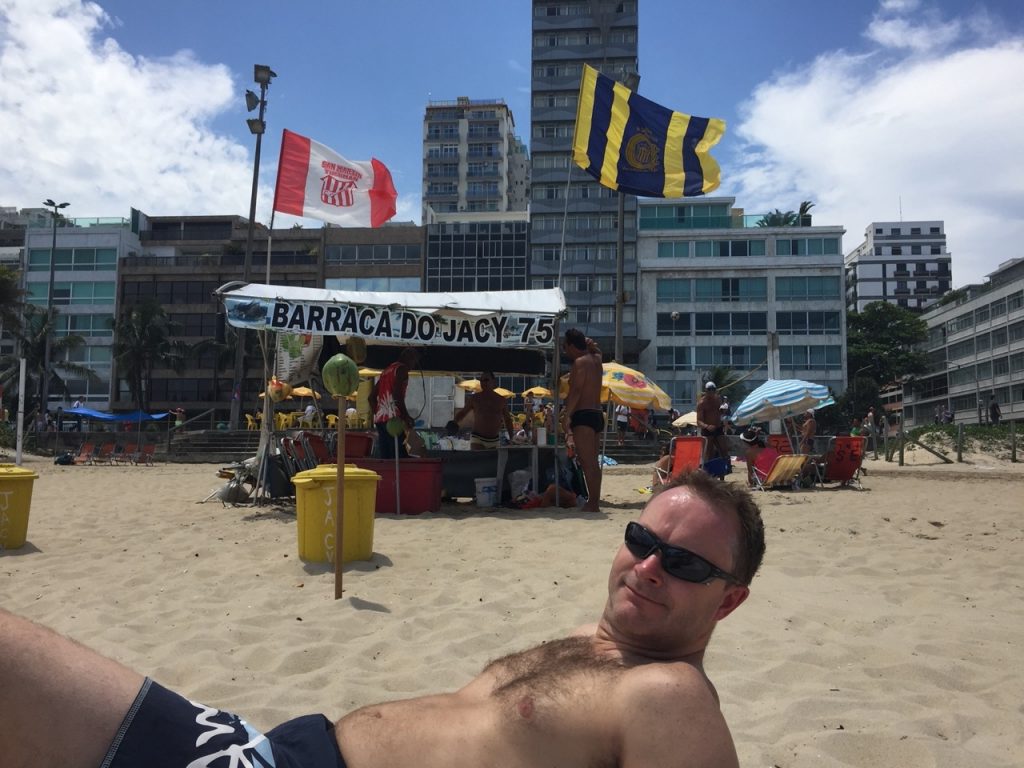
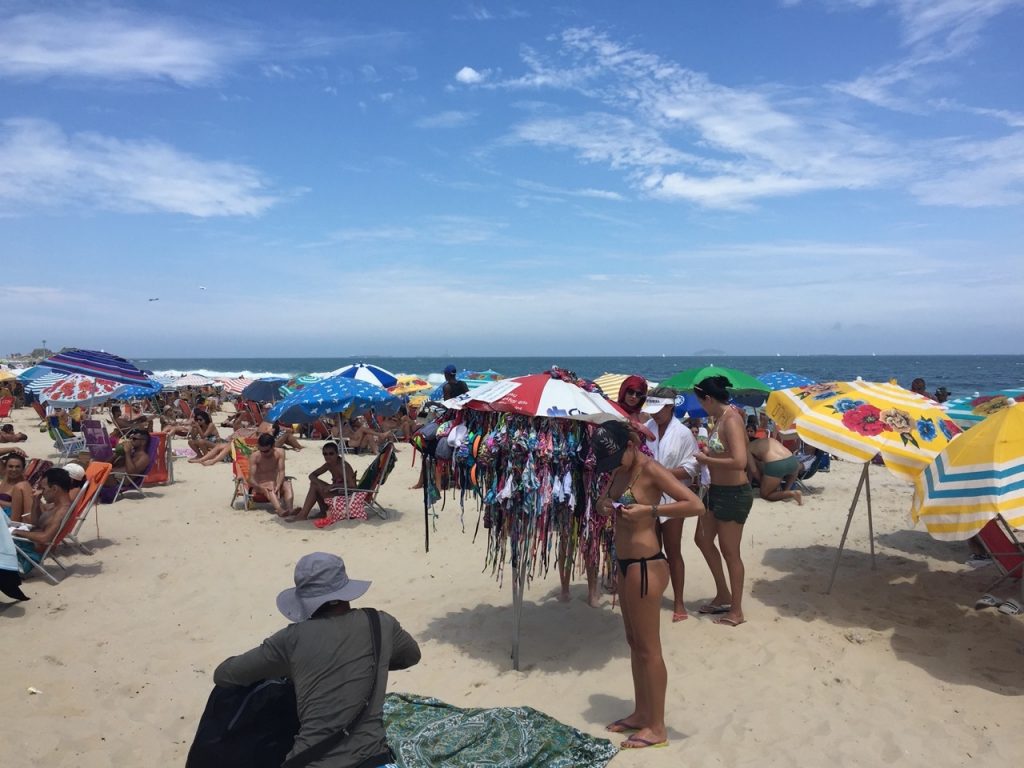
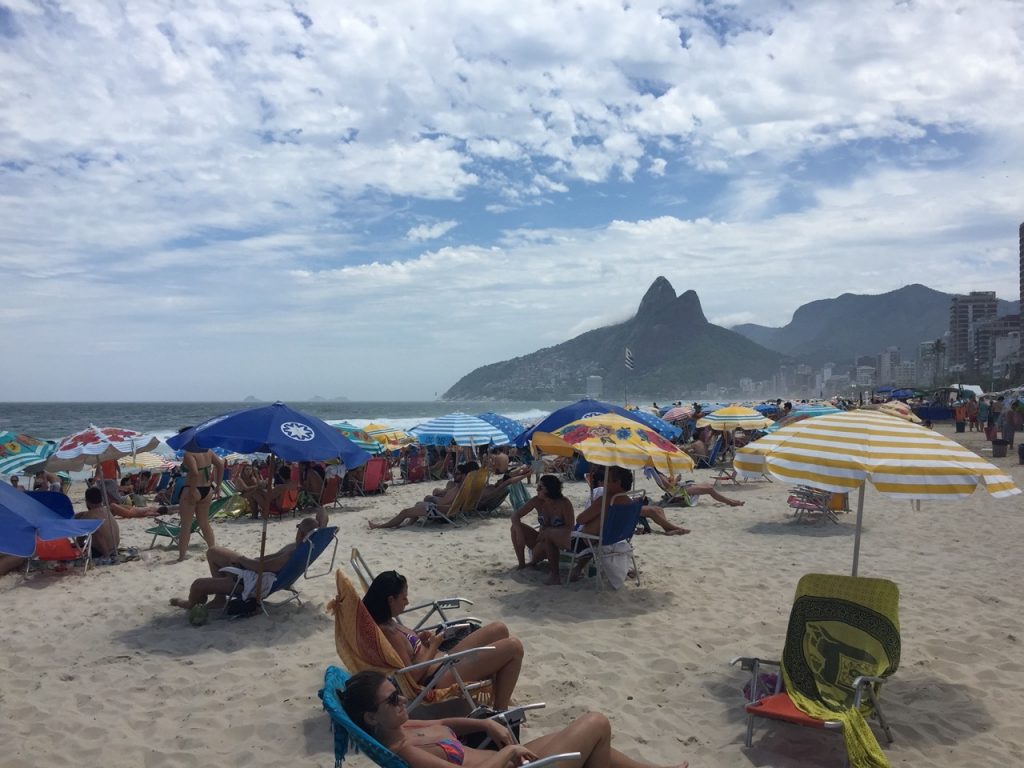

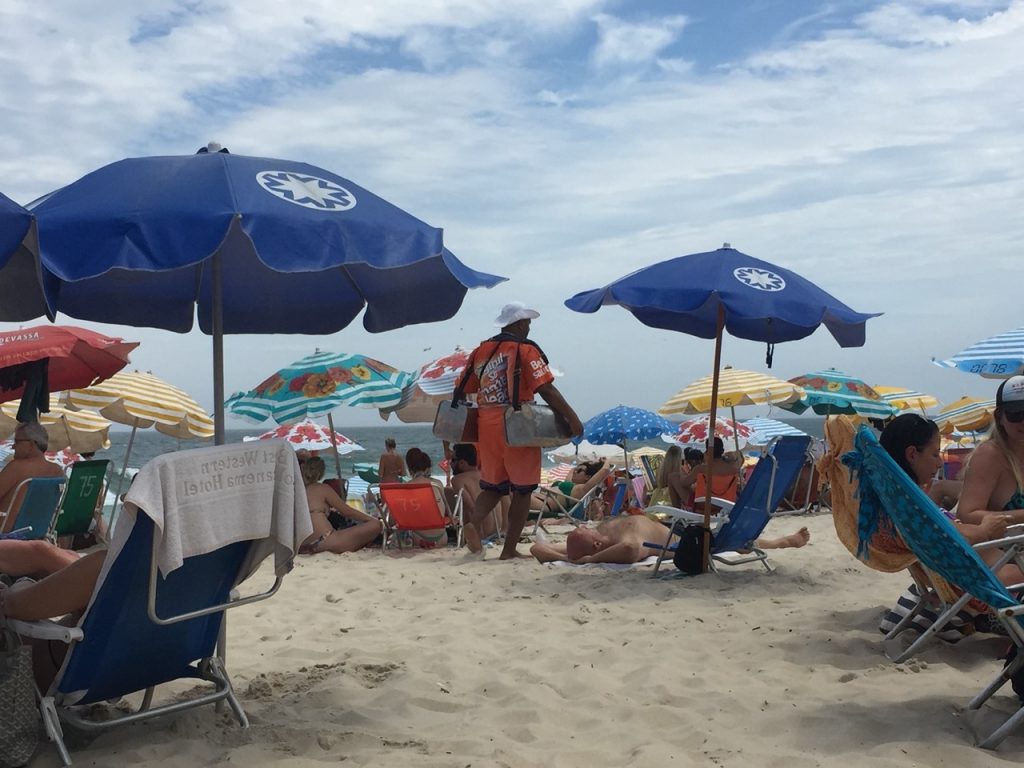
We lounged about and headed to the point for the magnificent sunset – along with other locals and tourists alike…. one can see why this is a favoured pass time!
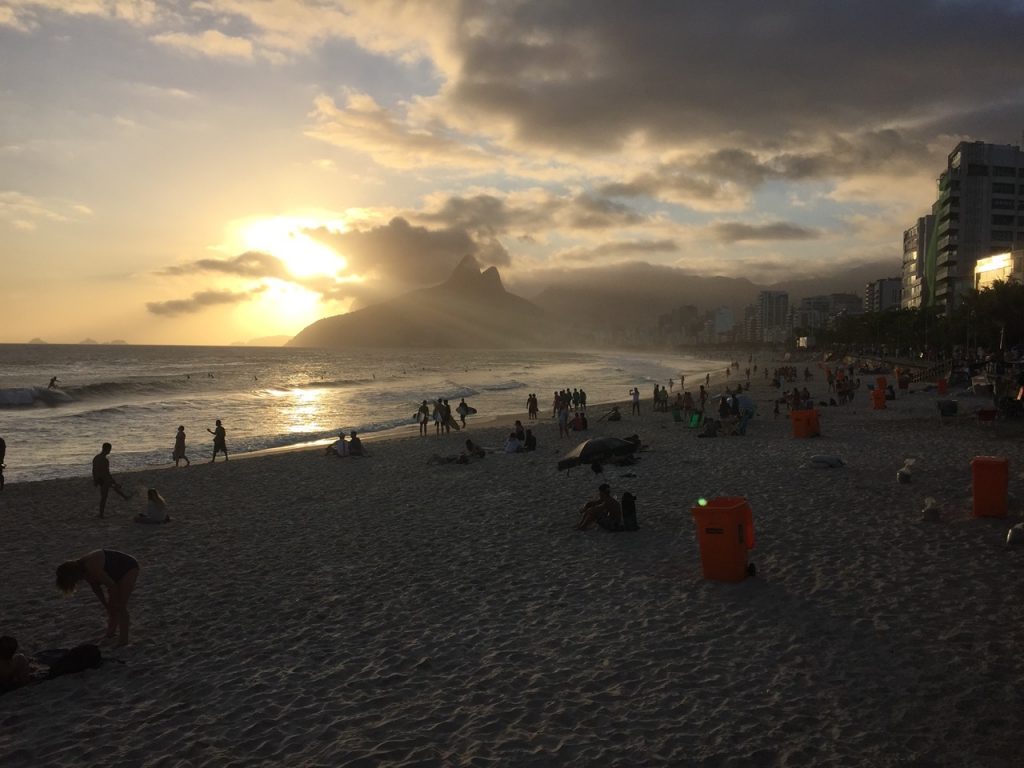

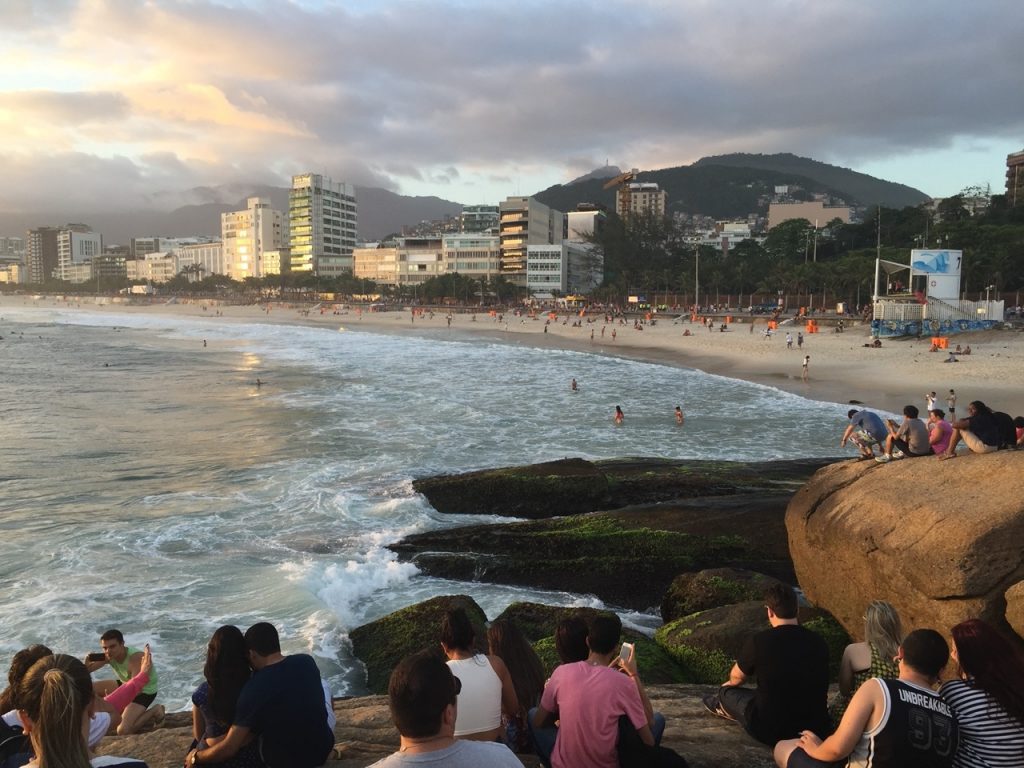

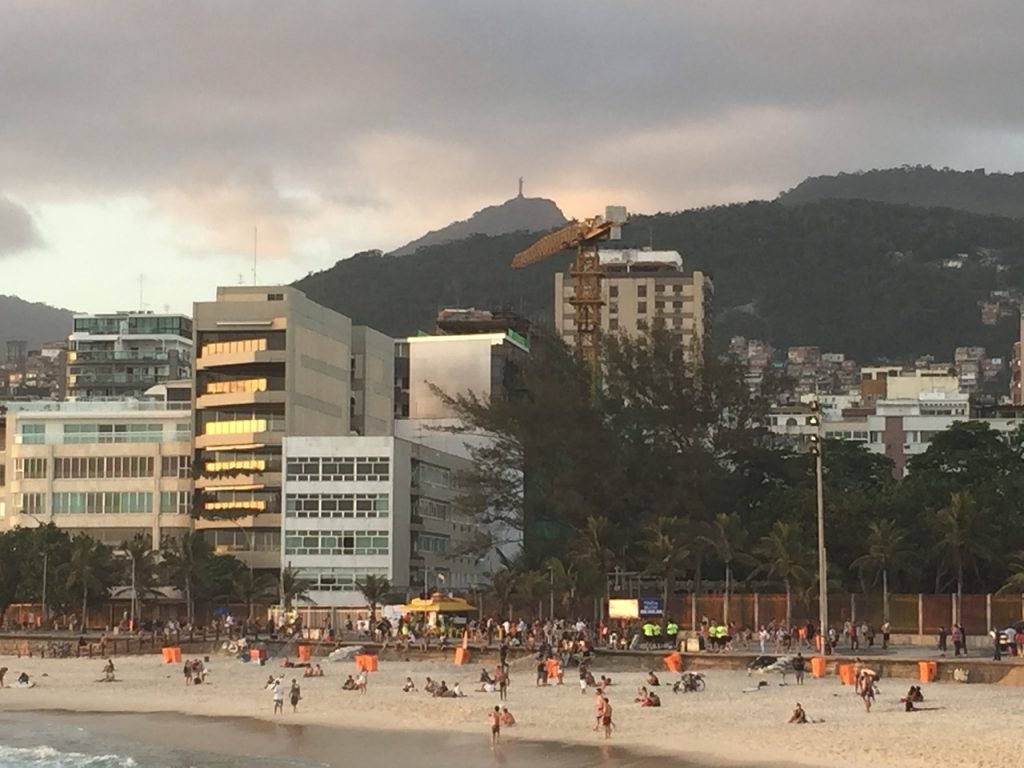
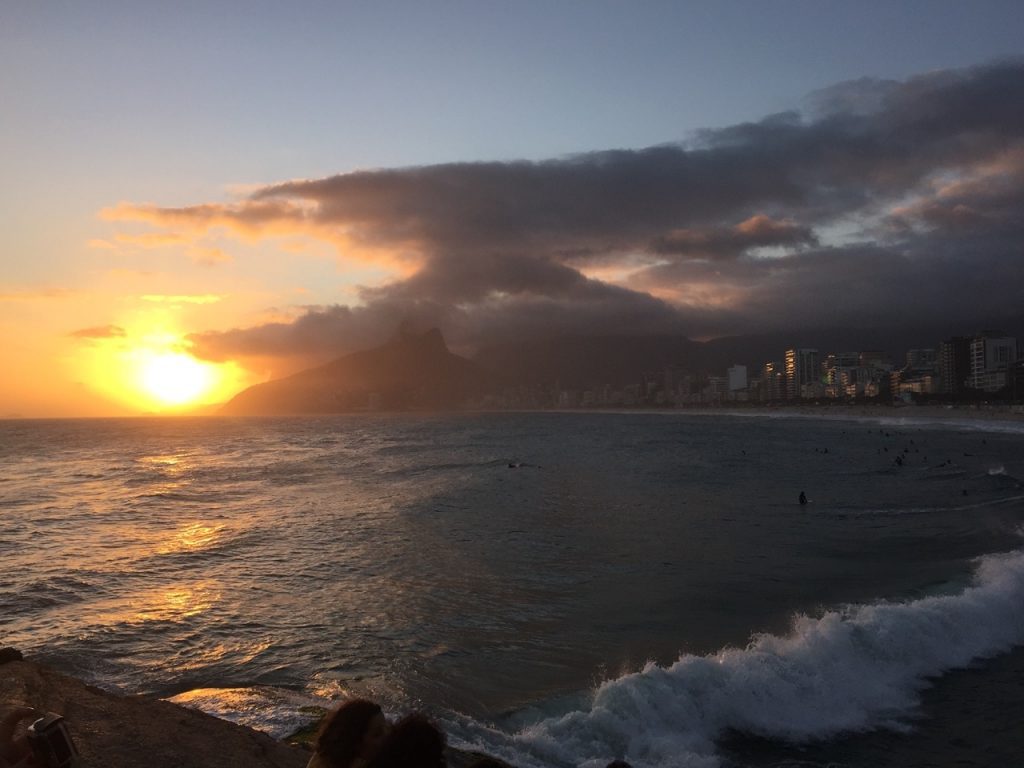
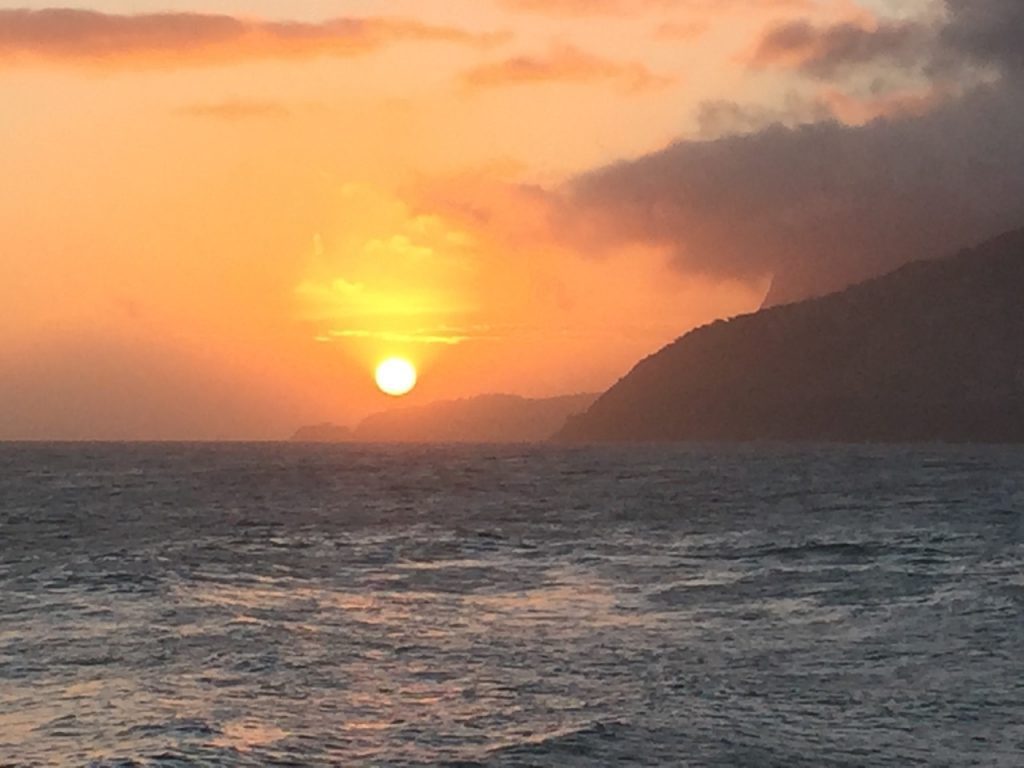
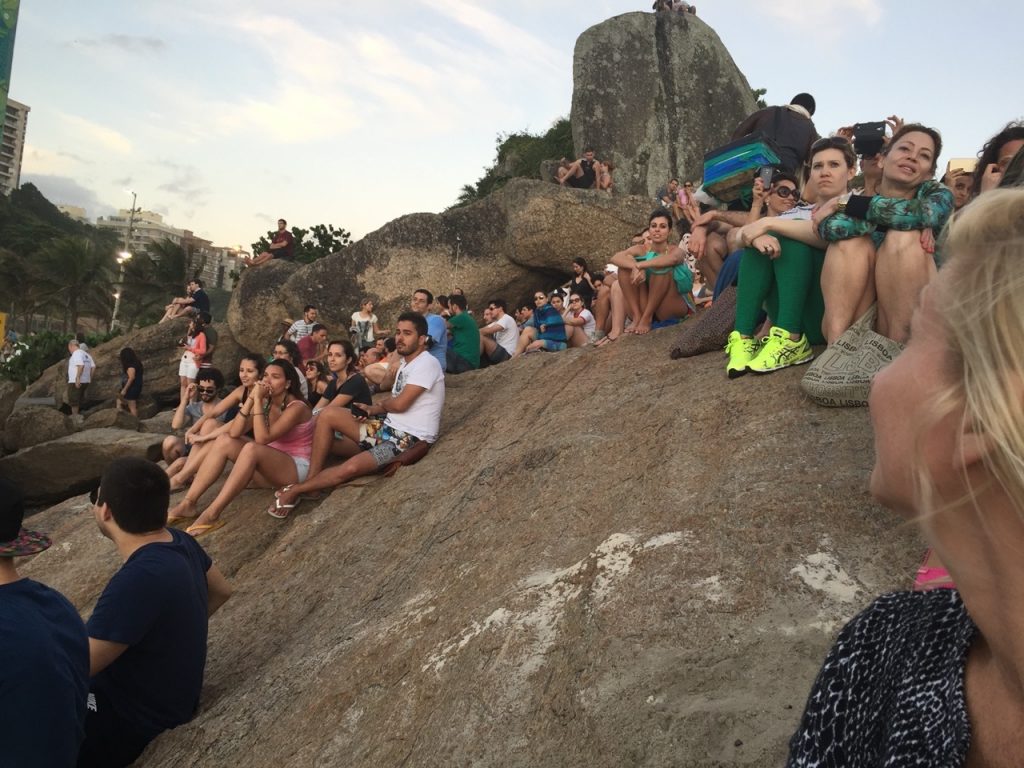
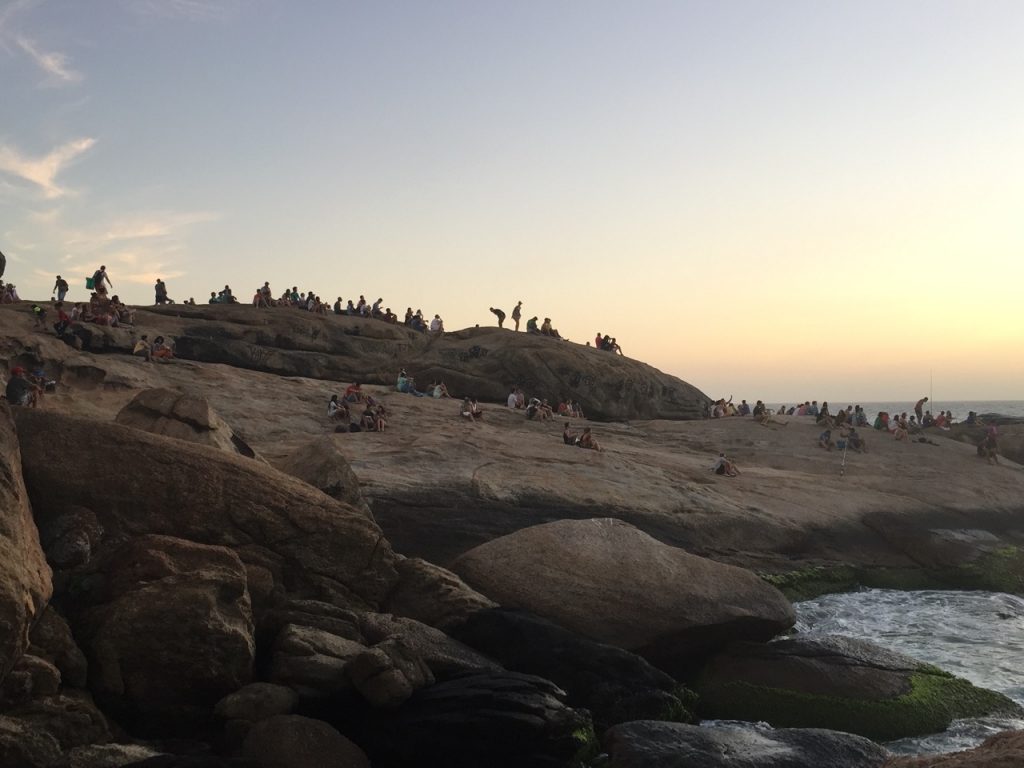
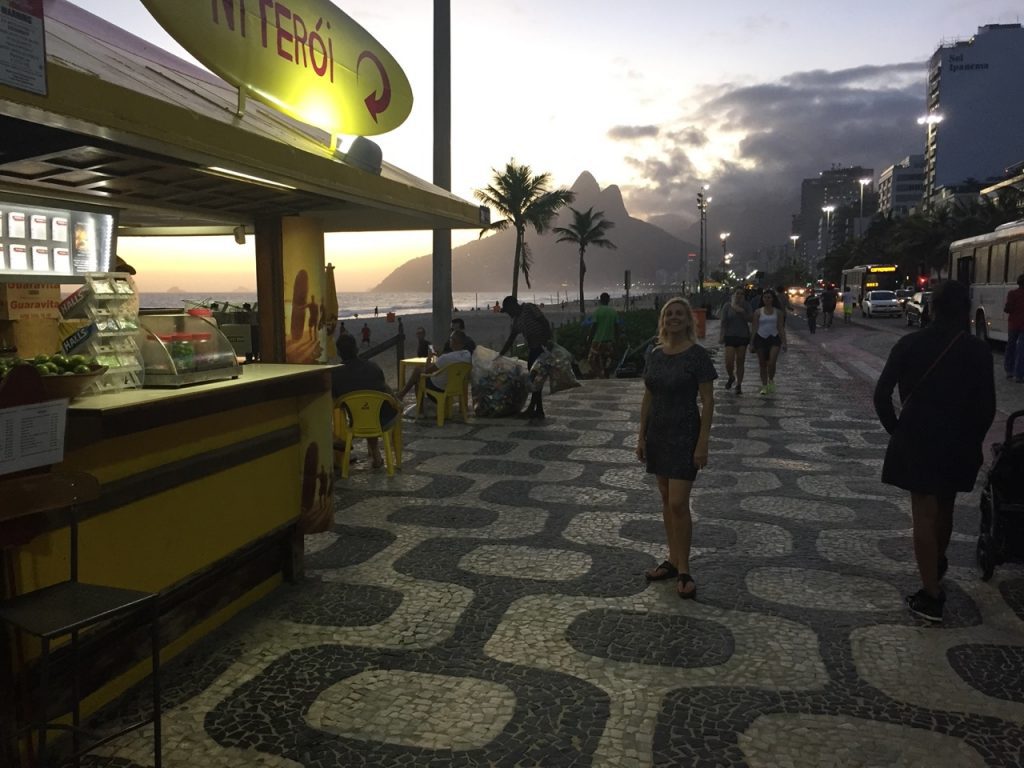
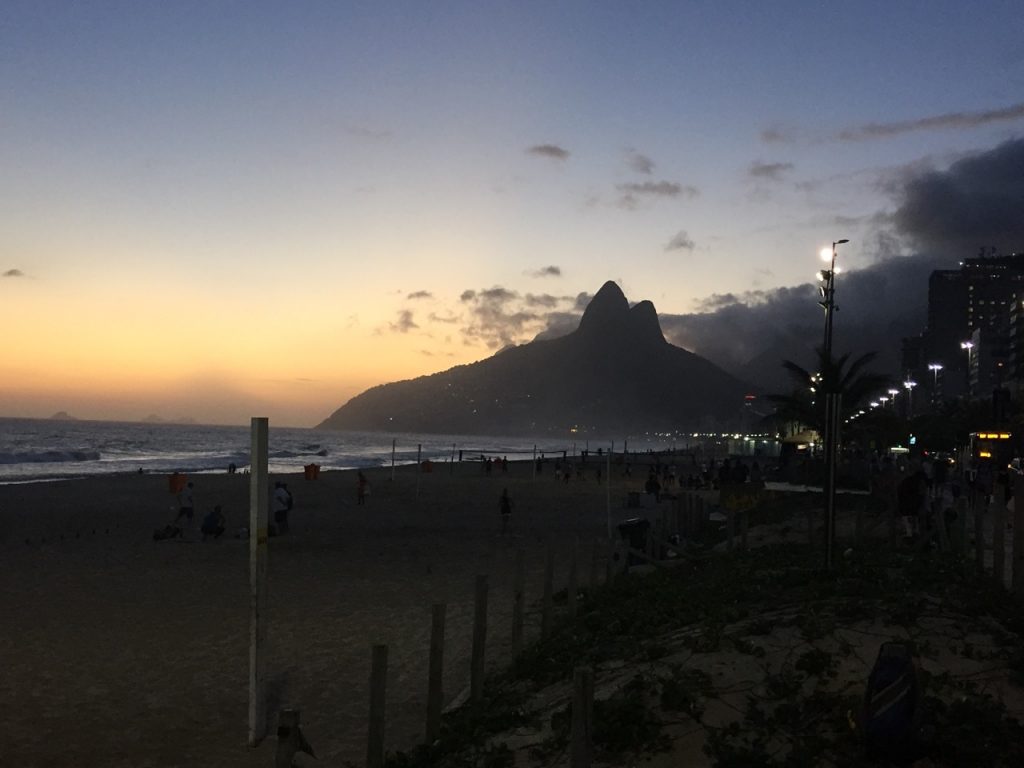
The next day we did a full day tour with a crazy lady who picked us up in her little car and zipped around as only a local can!
First up was a helicopter flip of the area …. highly exciting but completely terrifying as I sat in the front with a glass bottom under my feet – fantastic to see this incredible City from this perspective! The photo can do the talking!
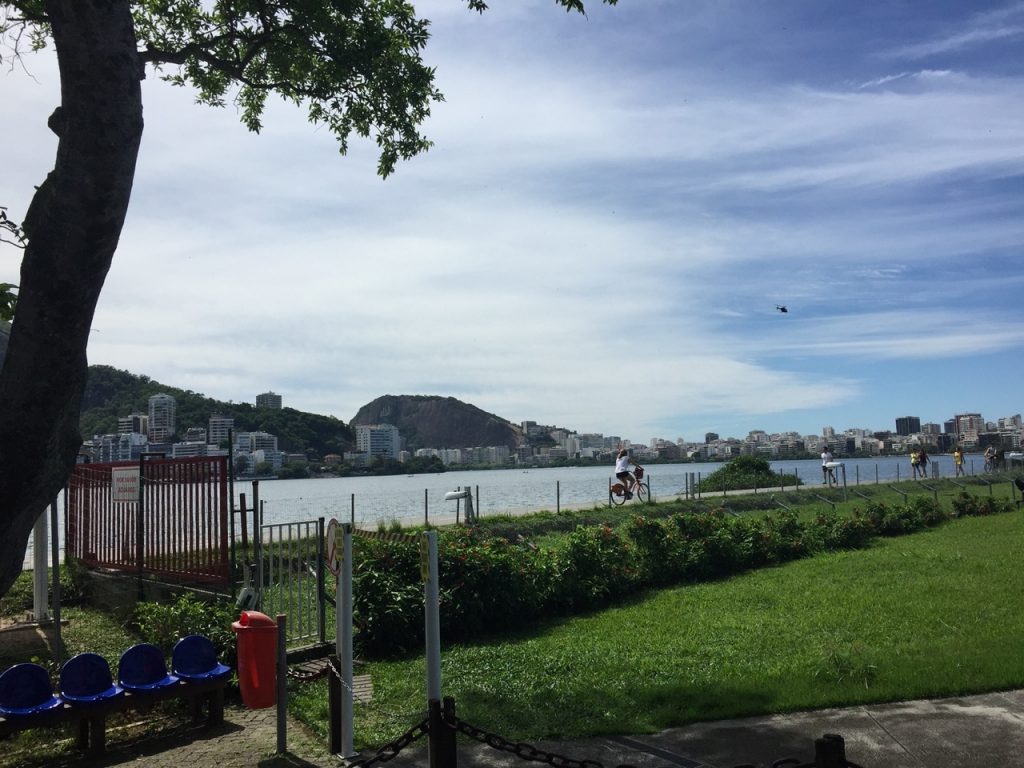
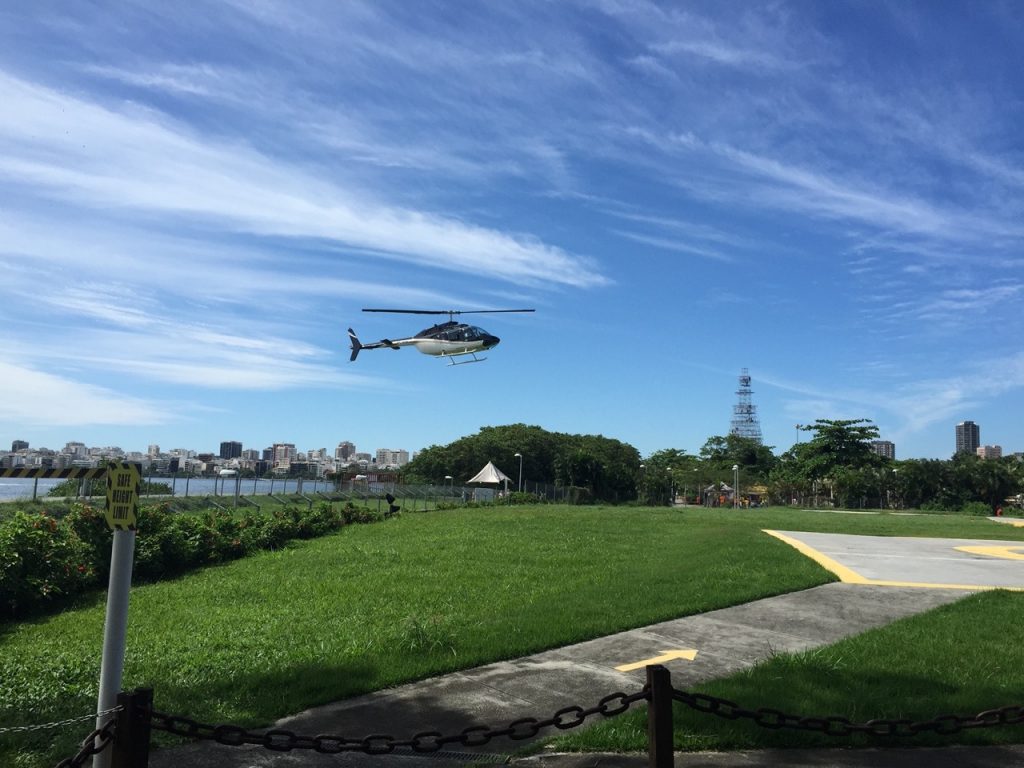


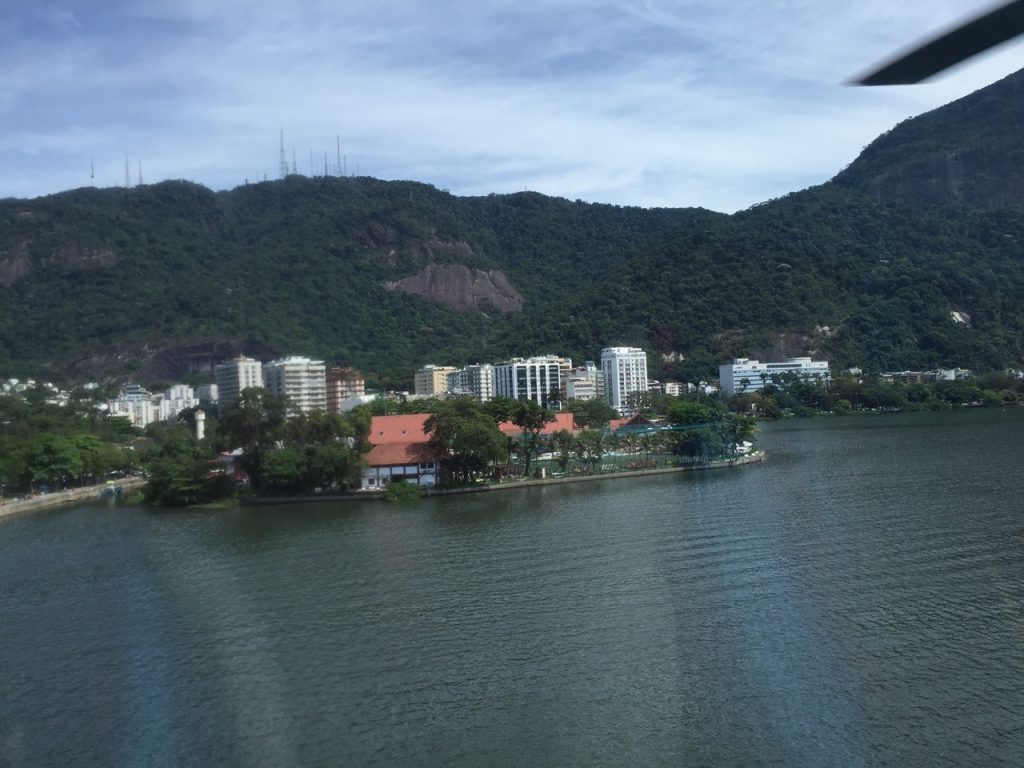
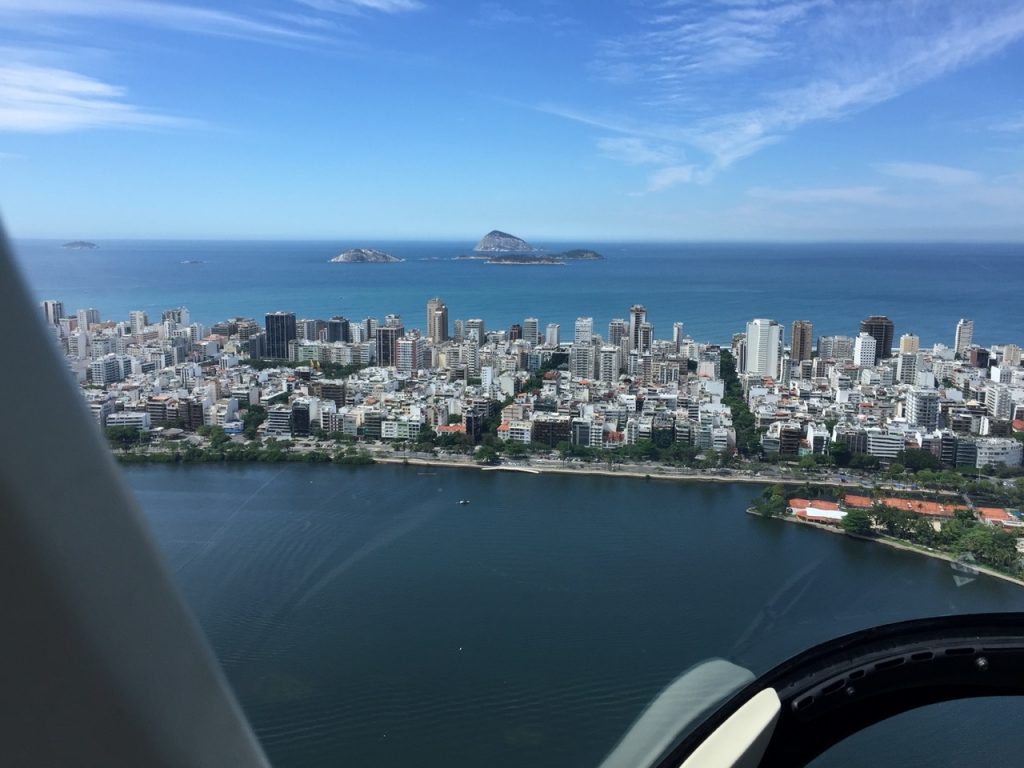
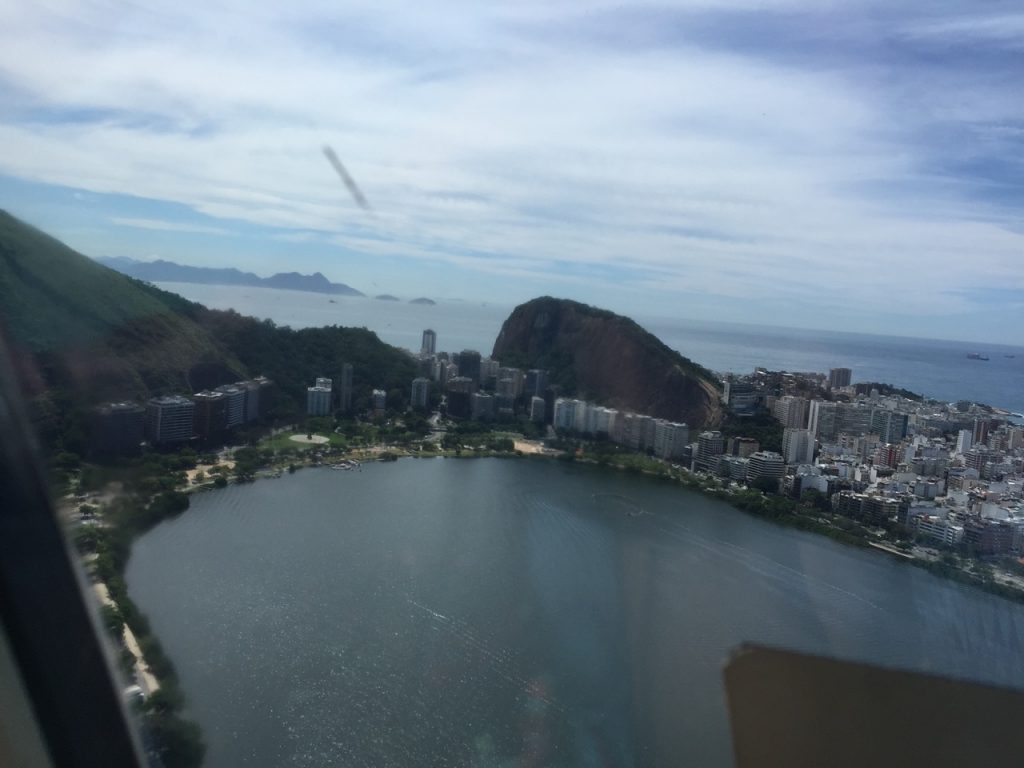
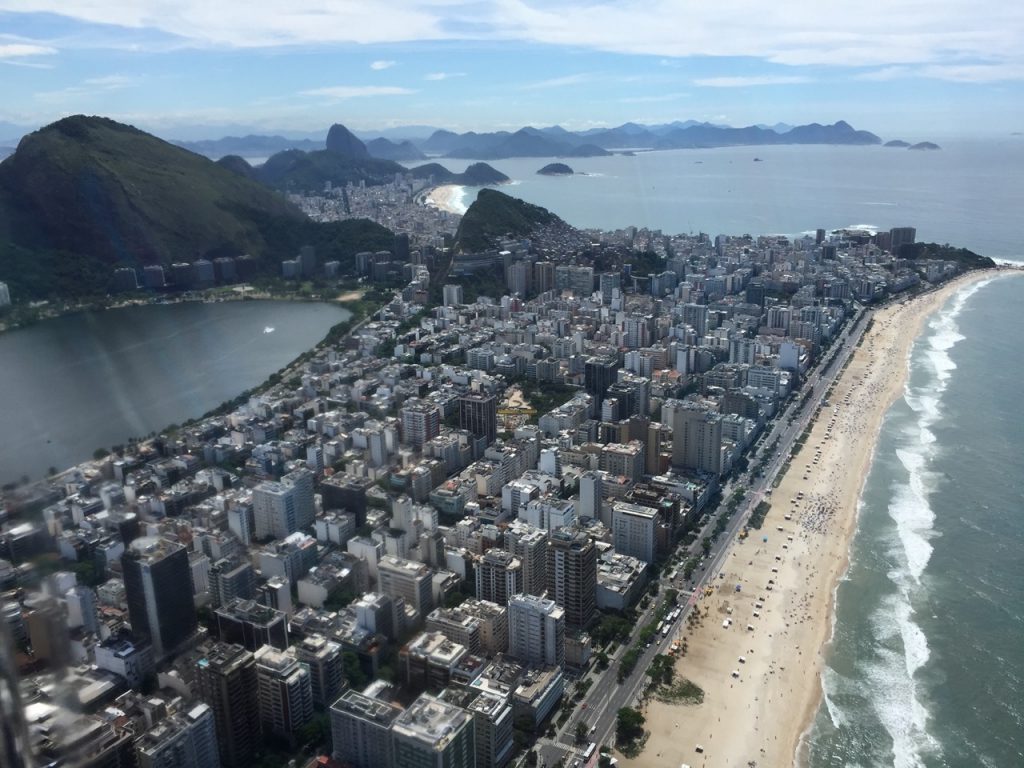
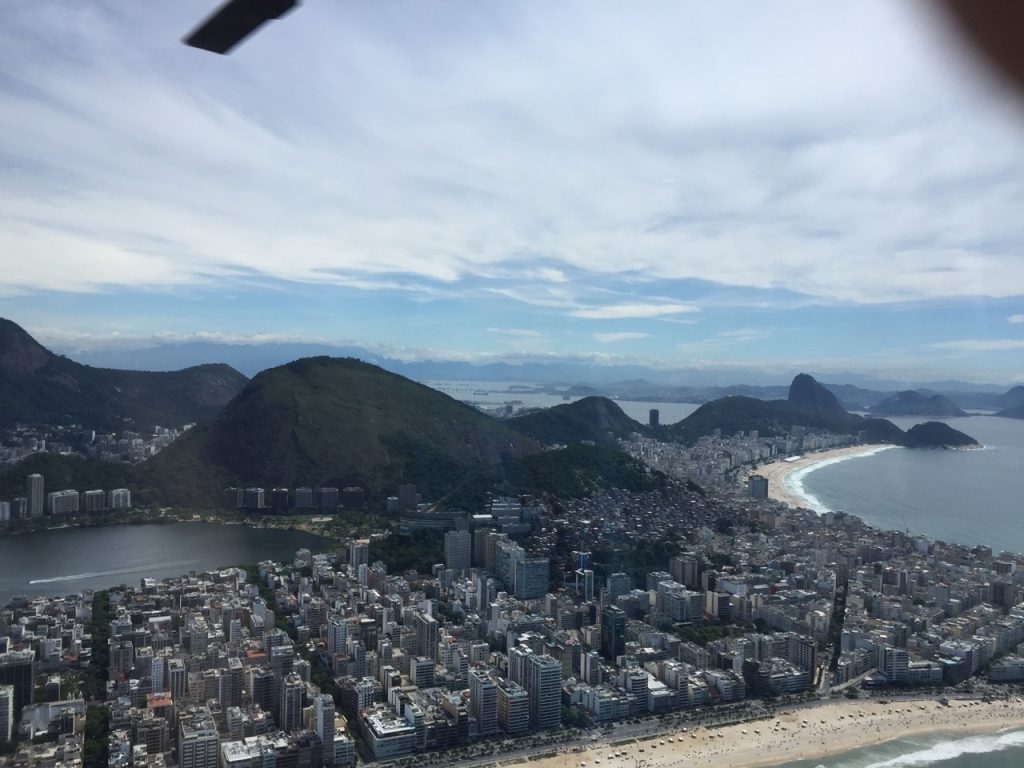
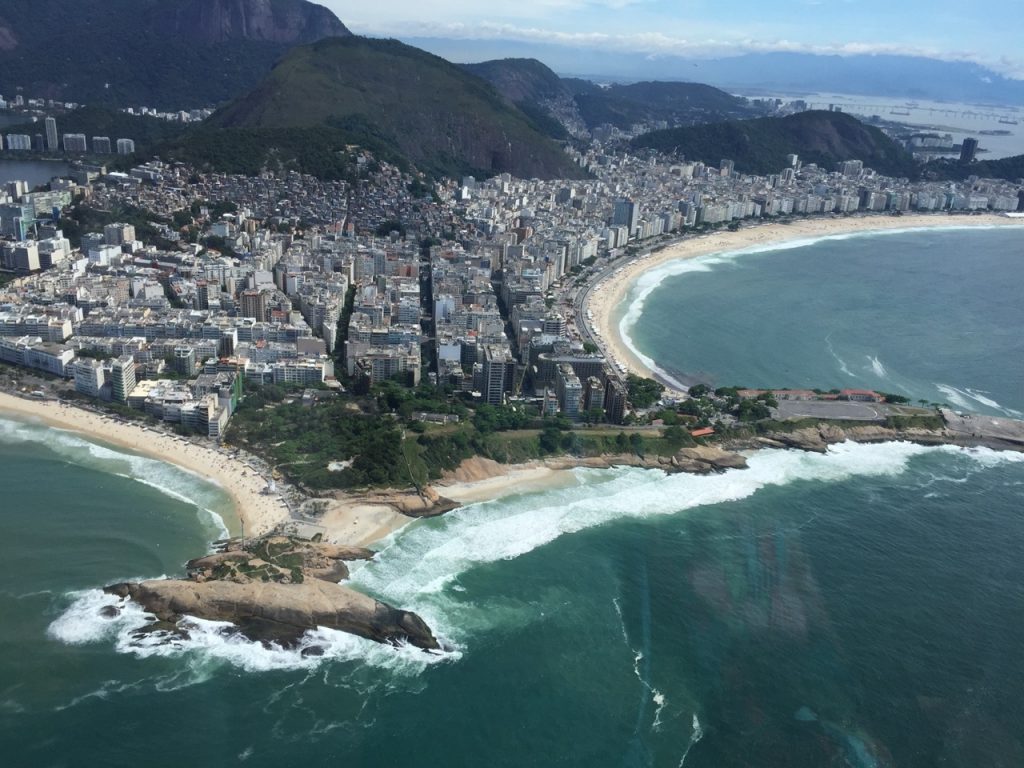
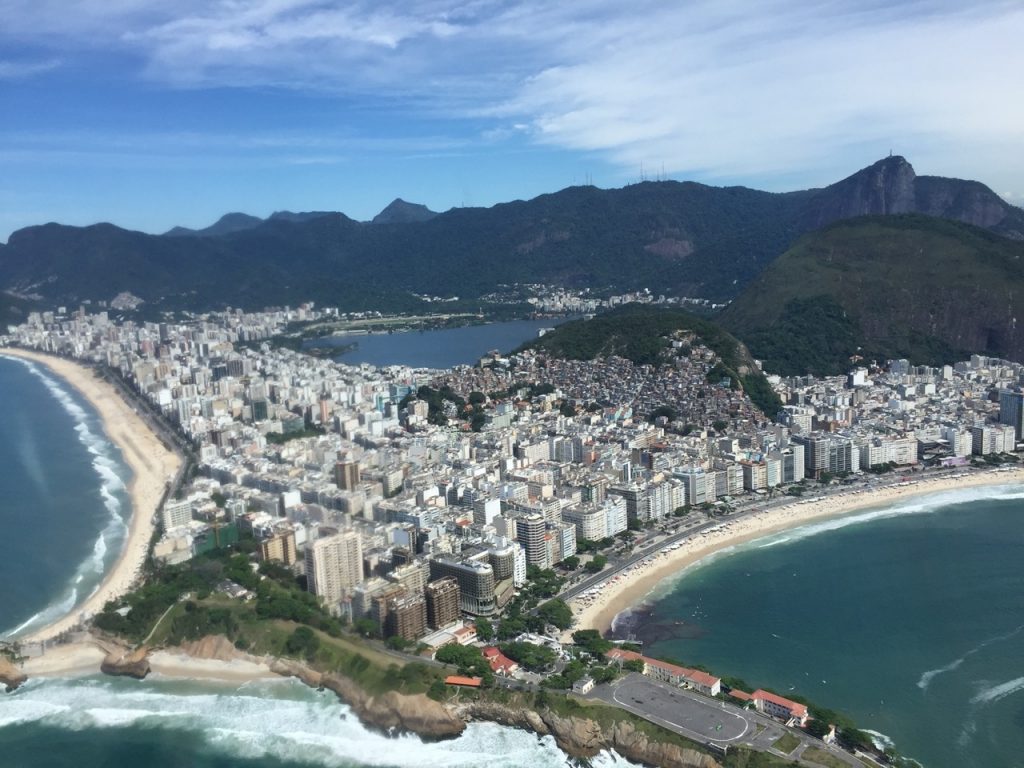

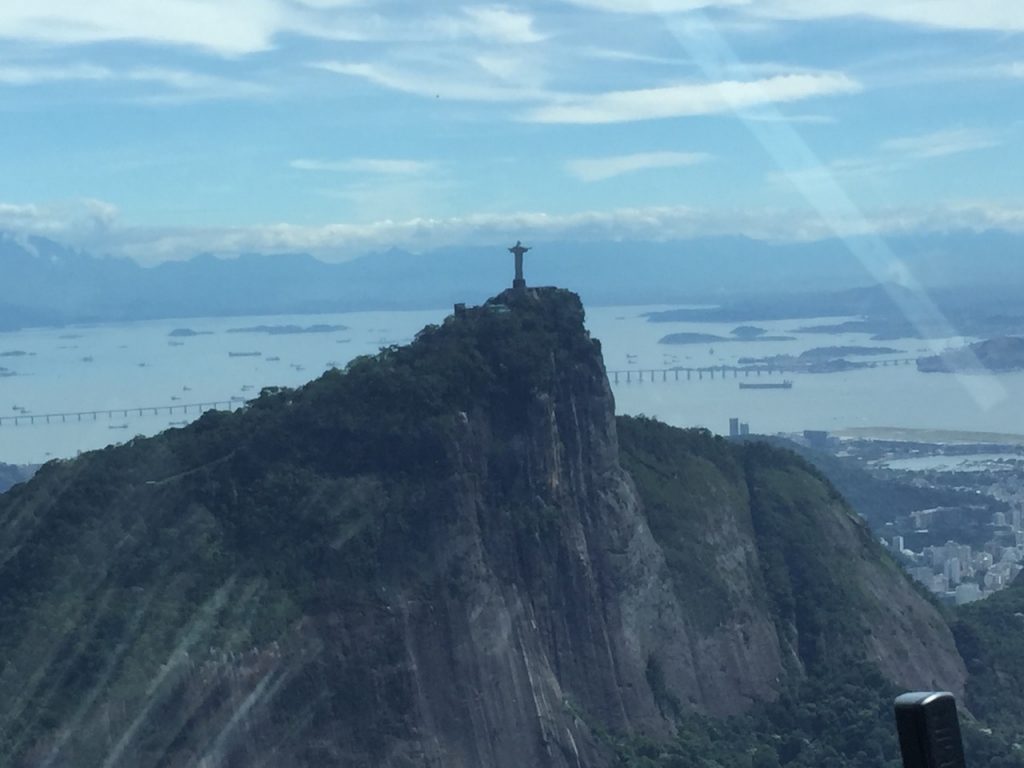
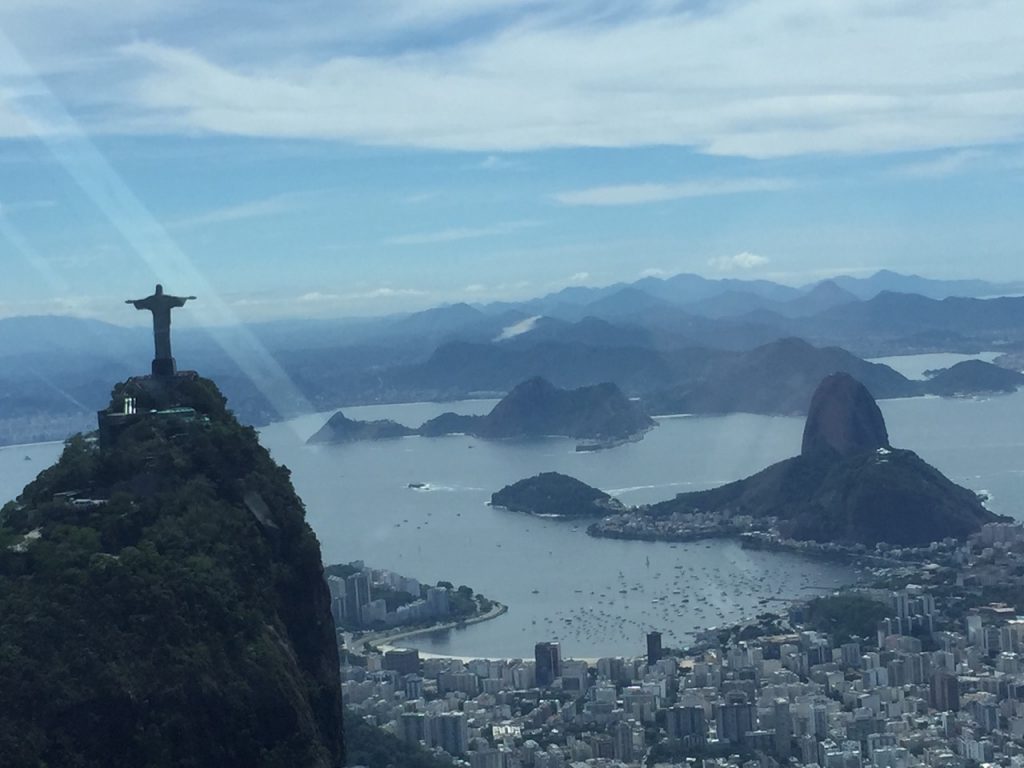
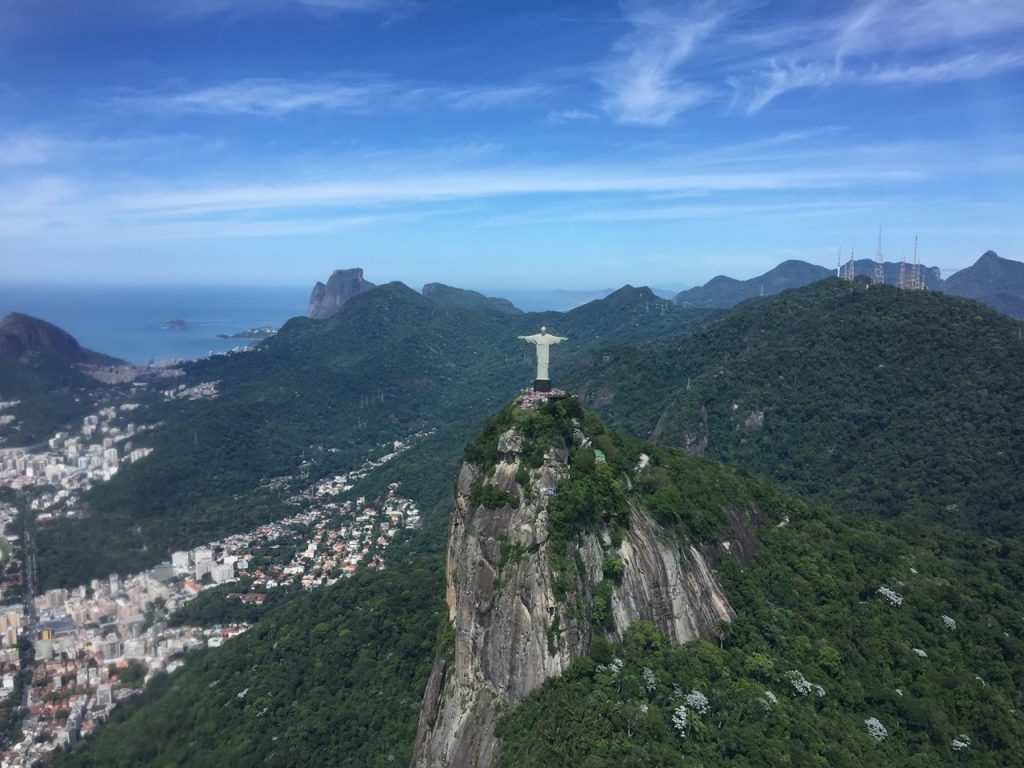
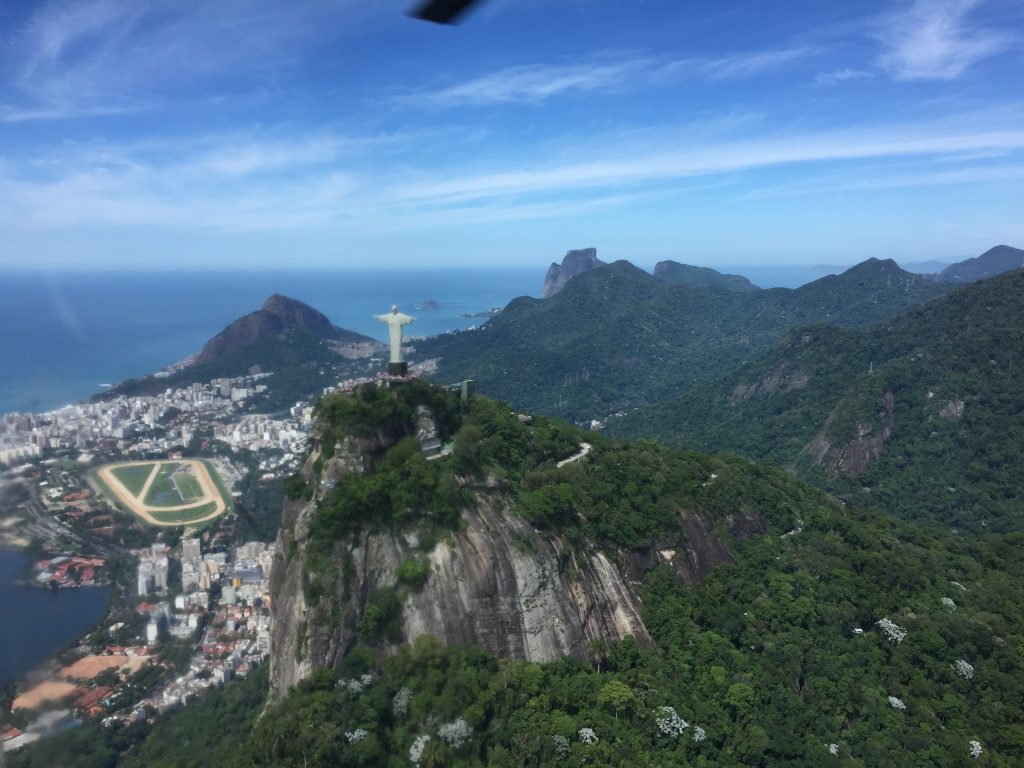
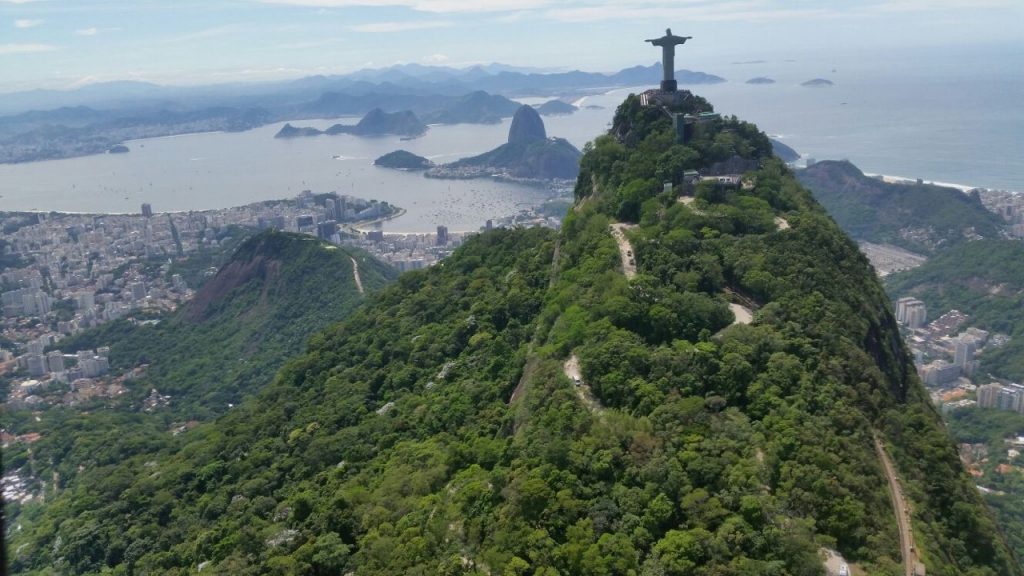
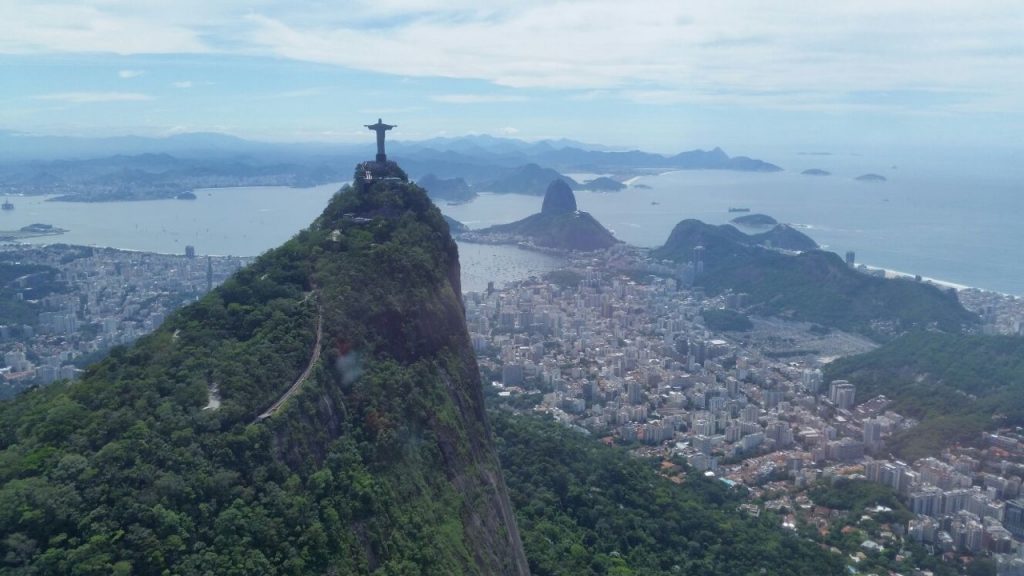


Our next stop was Sugar Loaf Mountain. Sugarloaf Mountain is a peak situated in Rio de Janeiro, Brazil, at the mouth of Guanabara Bay on a peninsula that juts out into the Atlantic Ocean. Rising 396 m above the harbour, the peak is named for its resemblance to the traditional shape of concentrated refined loaf sugar. This mountain is said to be a historical landmark because the installation of the tramway in 1912 made it very popular in the whole world. Not only this, the cable car system in the mountain was launched for the first time in Brazil and third in the world.

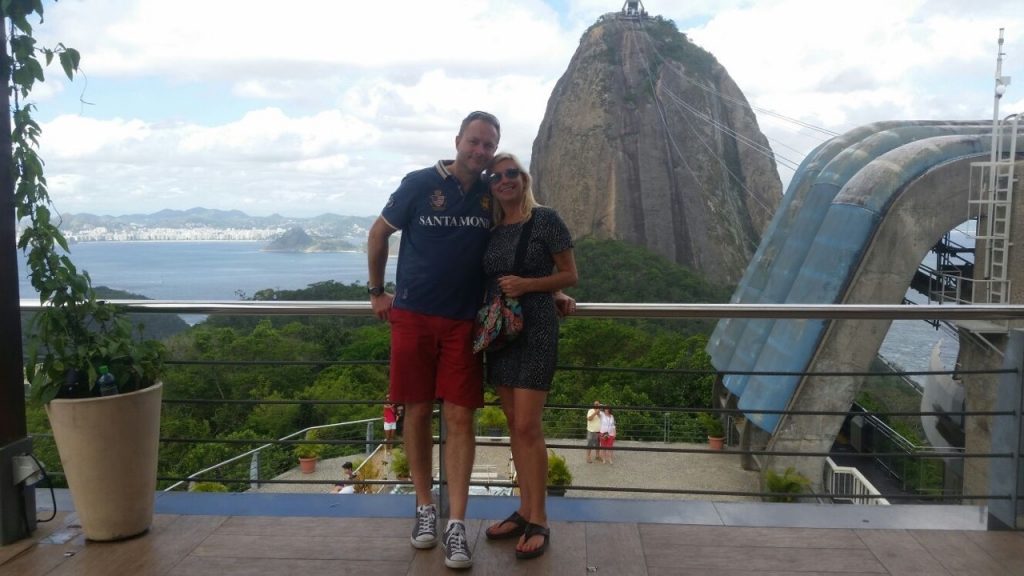
The next stop was an iconic highlight for us both: Christ the Redeemer is an Art Deco statue of Jesus Christ in Rio de Janeiro, Brazil, created by French sculptor Paul Landowski and built by Brazilian engineer Heitor da Silva Costa, in collaboration with French engineer Albert Caquot. Romanian sculptor Gheorghe Leonida sculpted the face. The concept was originally proposed by Princess Isabel in 1888. Rather than agreeing to a monument constructed atop Corcovado in her honour for freeing the slaves, the princess asked that an image of the Sacred Heart of Jesus Christ to be erected, declaring Him to be the True Redeemer of Mankind. There is no cost to hike Corcovado up to Christ the Redeemer. The hike is on a well worn trail – you cannot get lost. It takes between an hour and an hour and a half for a person to get up. It is every bit as amazing as we though it would be. BUCKETLIST – TICK.
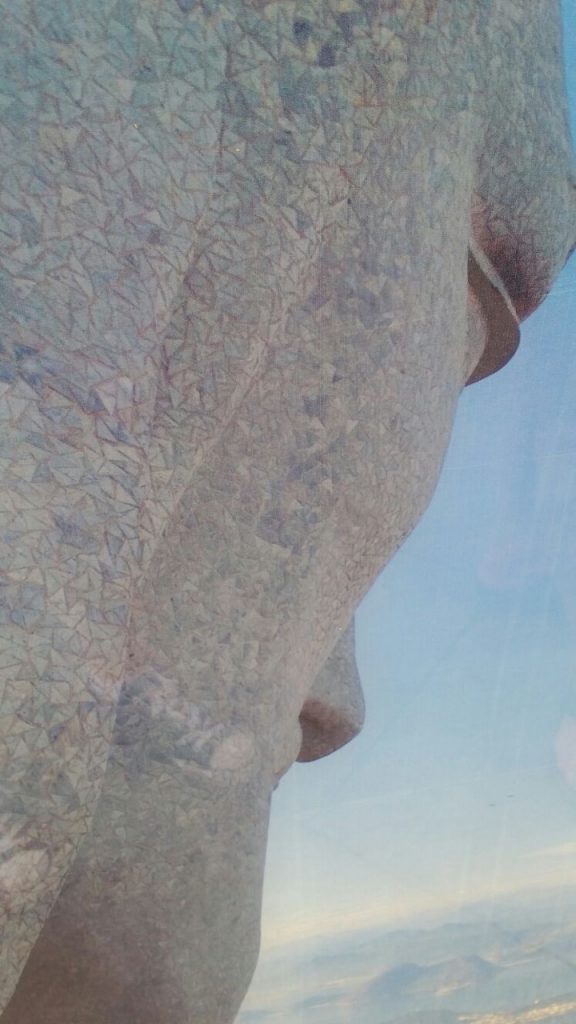

What an exhilarating day – seeing the most interesting aspects of this vibrant City. The following day was all about foods and site seeing – we had booked at tour with Eat Rio – it was AMAZING… and absolute Highlight and MUST DO!
We started in the heart of the local market and enjoyed a delicious sugar cane juice with a squeeze of lime….Sugar cane is harvested and processed with water to form raw cane juice, which has low pH and contains dissolved impurities. Hydrated lime is added to the juice to raise the pH and to react with the impurities to form insoluble calcium organic compounds that can be removed. The flower stalls were stunning. Fried fish smelt delicious. We sampled a variety of fruits… but no visit to Rio de Janeiro is complete without trying Tapioca which is one of the most popular street foods in the country. Tapioca – Brazilian pancake or crepe is made from combination of manioc flour and shredded coconut and fried into a kind of crepe or pancake with crunchy outer shell and gooey middle. Tapioca can be served with variety of inside ingredients like sweet with bananas, cinnamon and condensed milk or with beef, chicken and cheese. The actual Tapioca is a starch extracted from cassava root. This species is native to the North Region of Brazil but spread throughout South America.
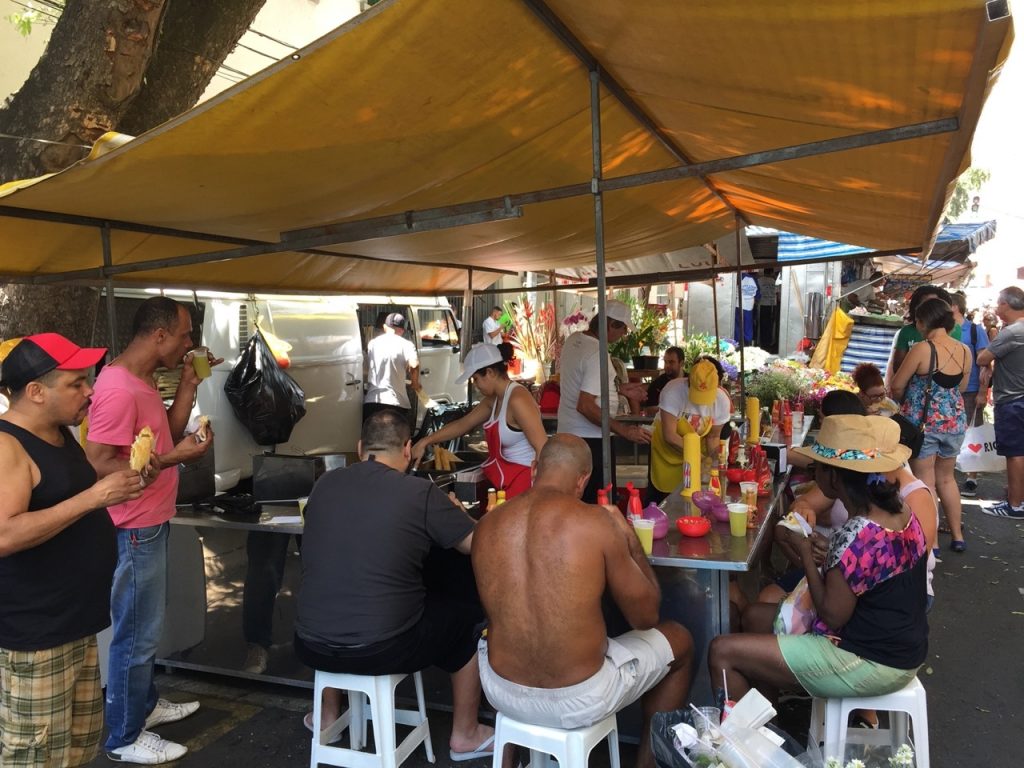
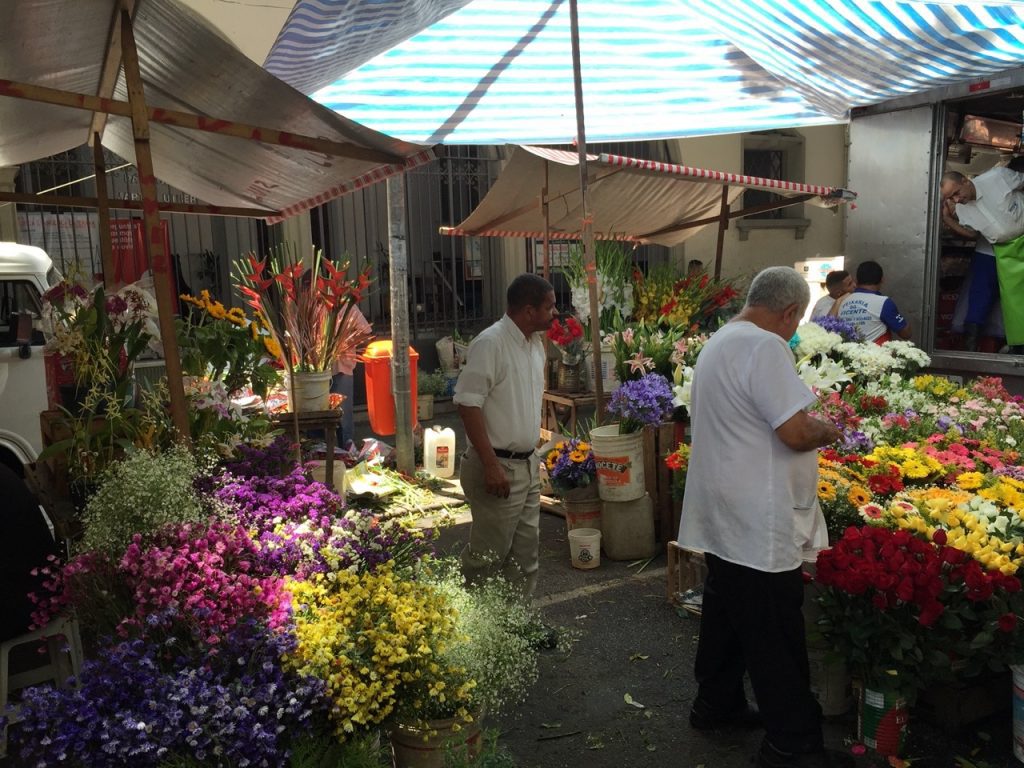
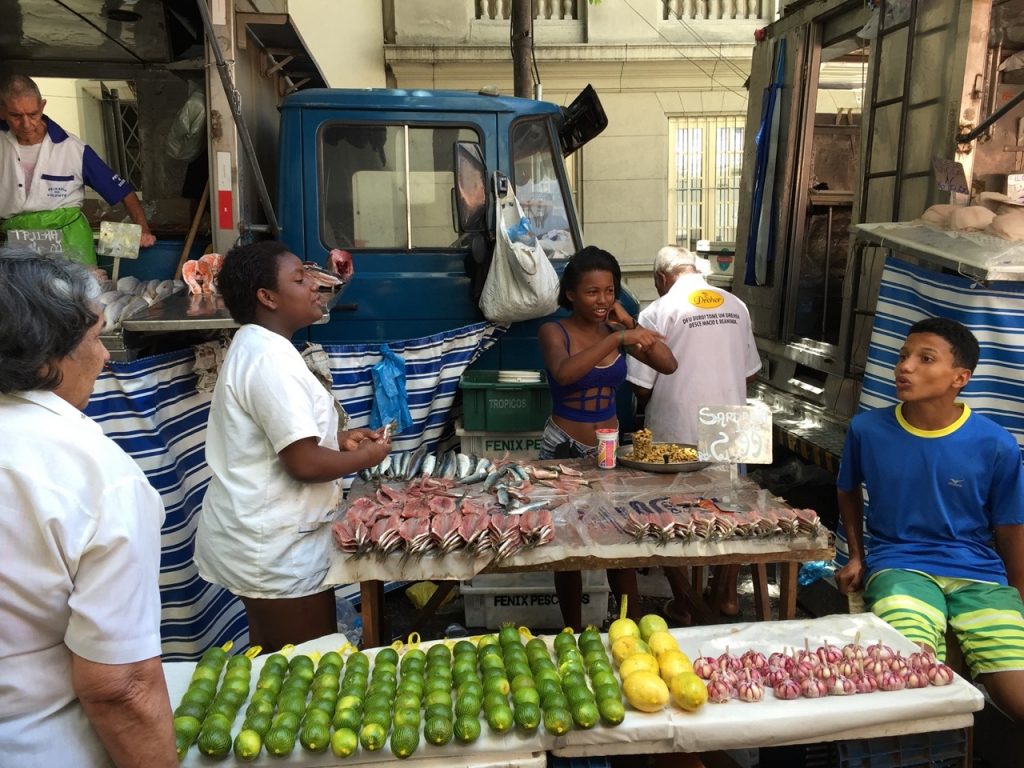
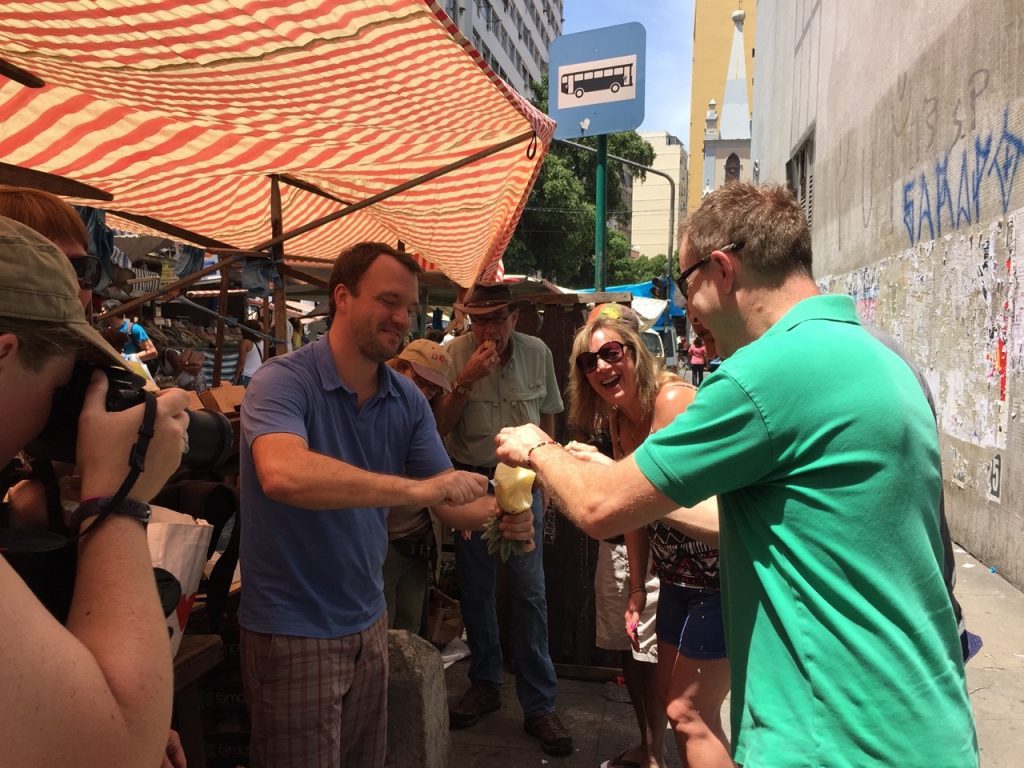
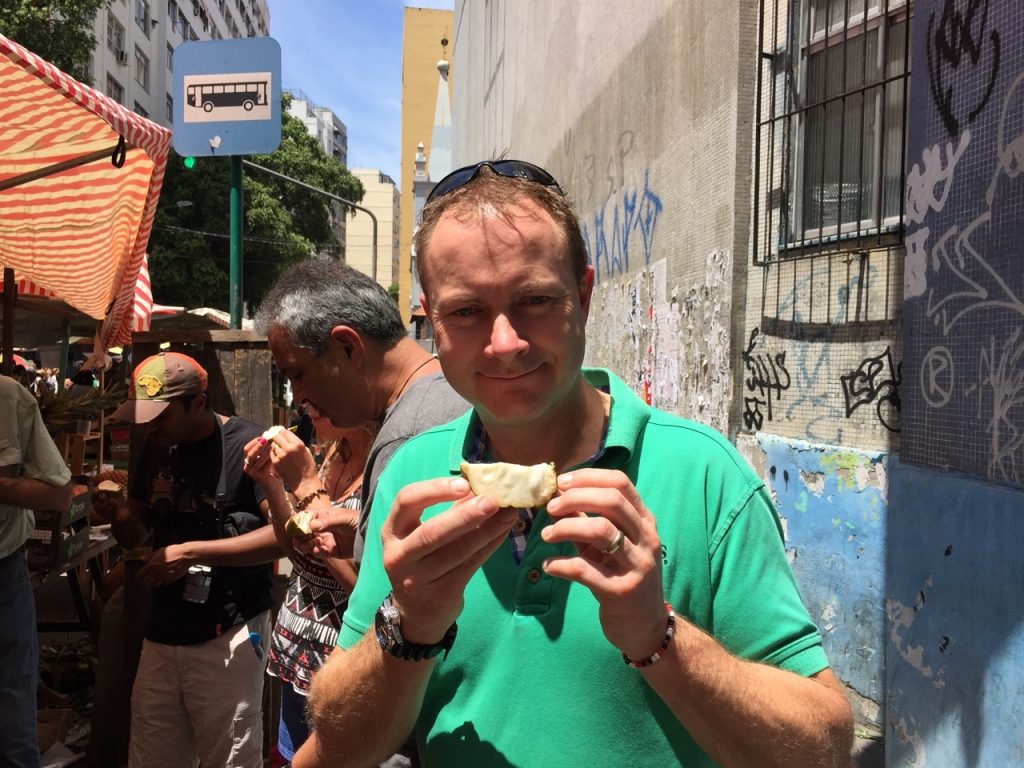
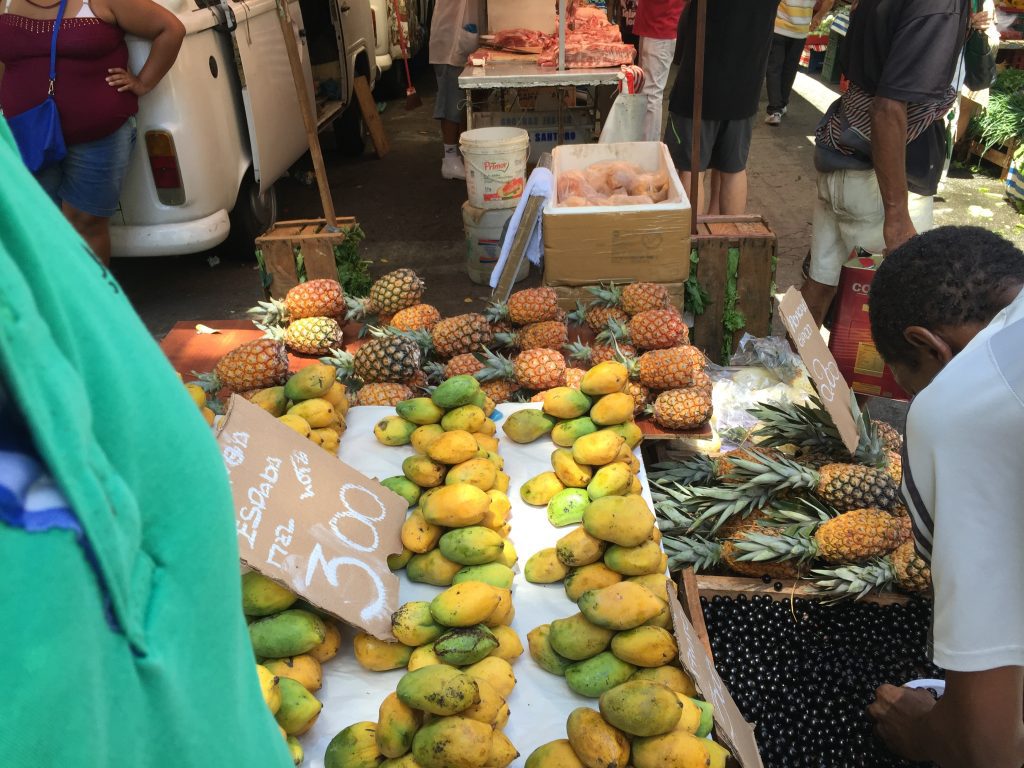
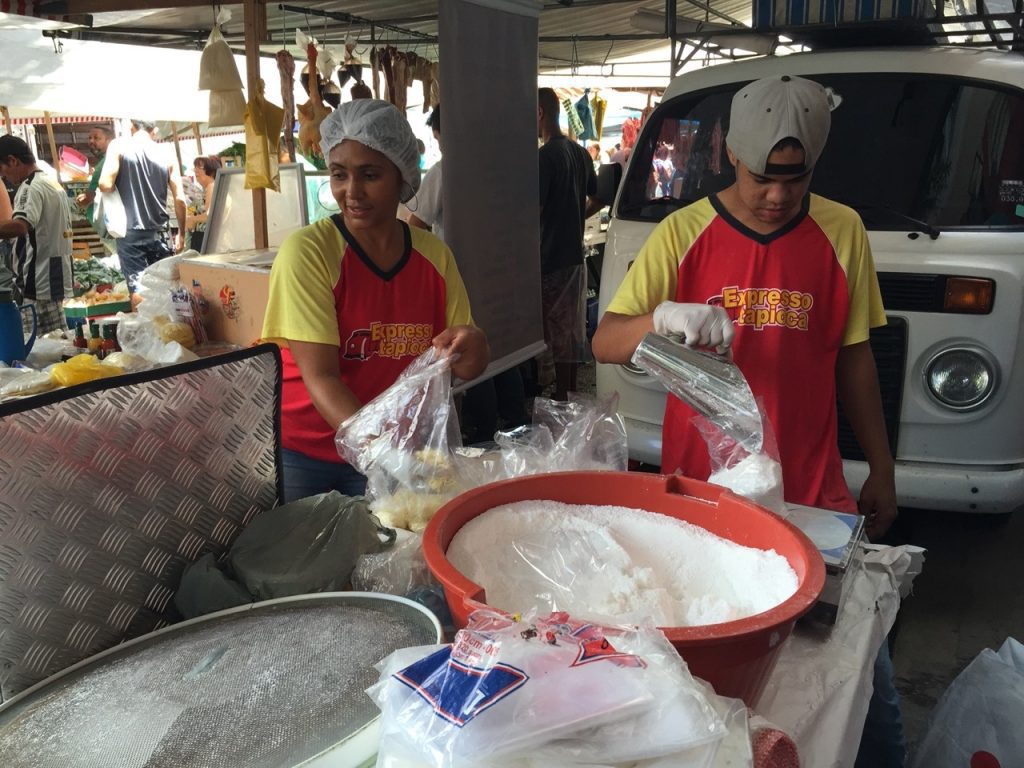
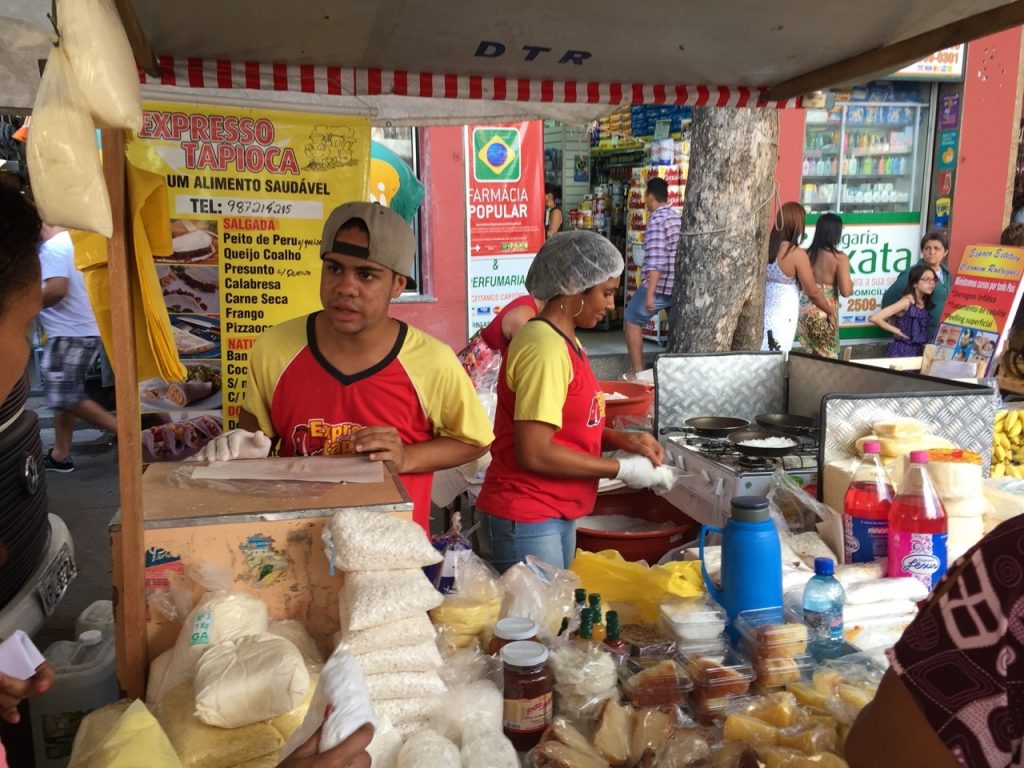
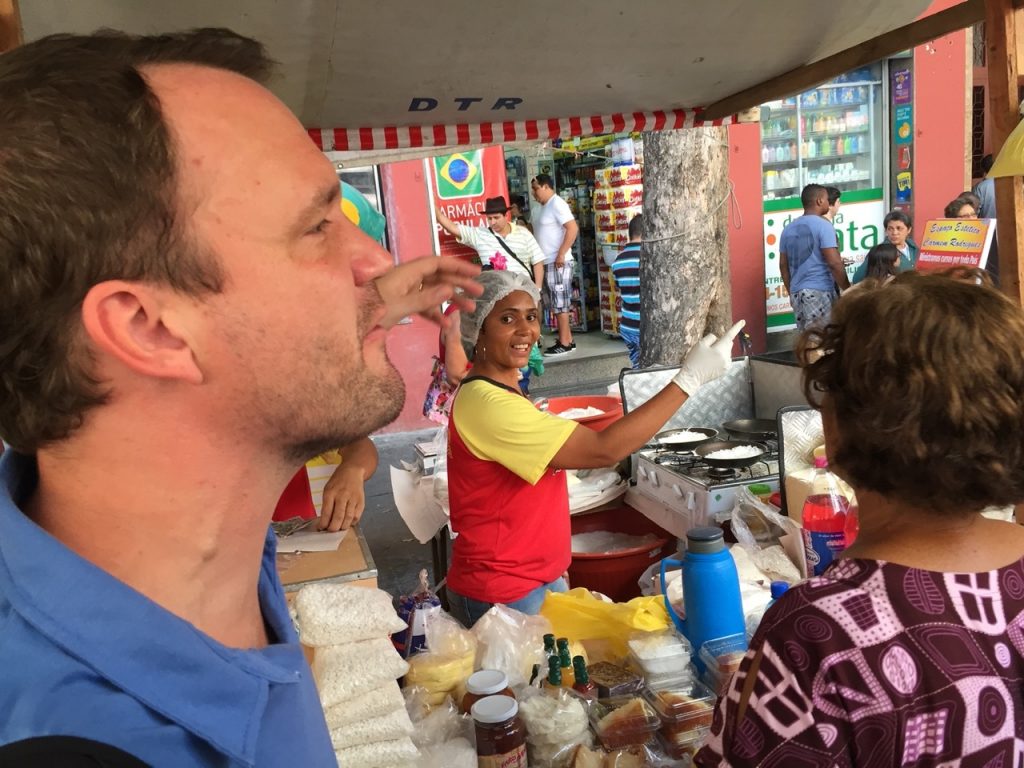
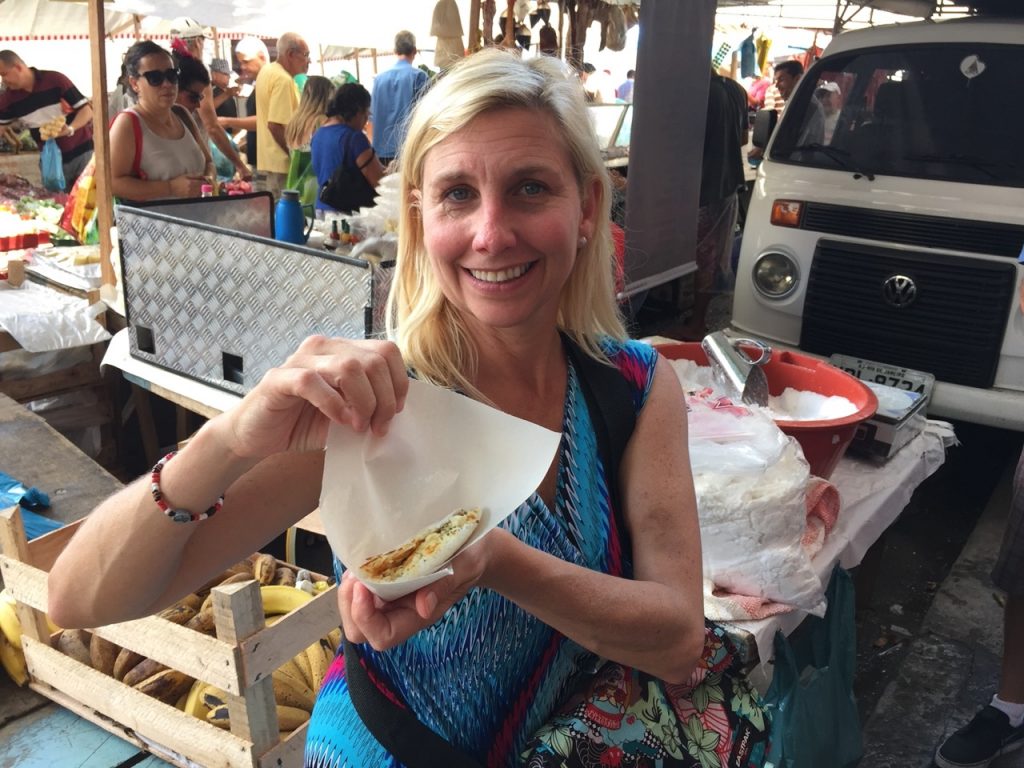
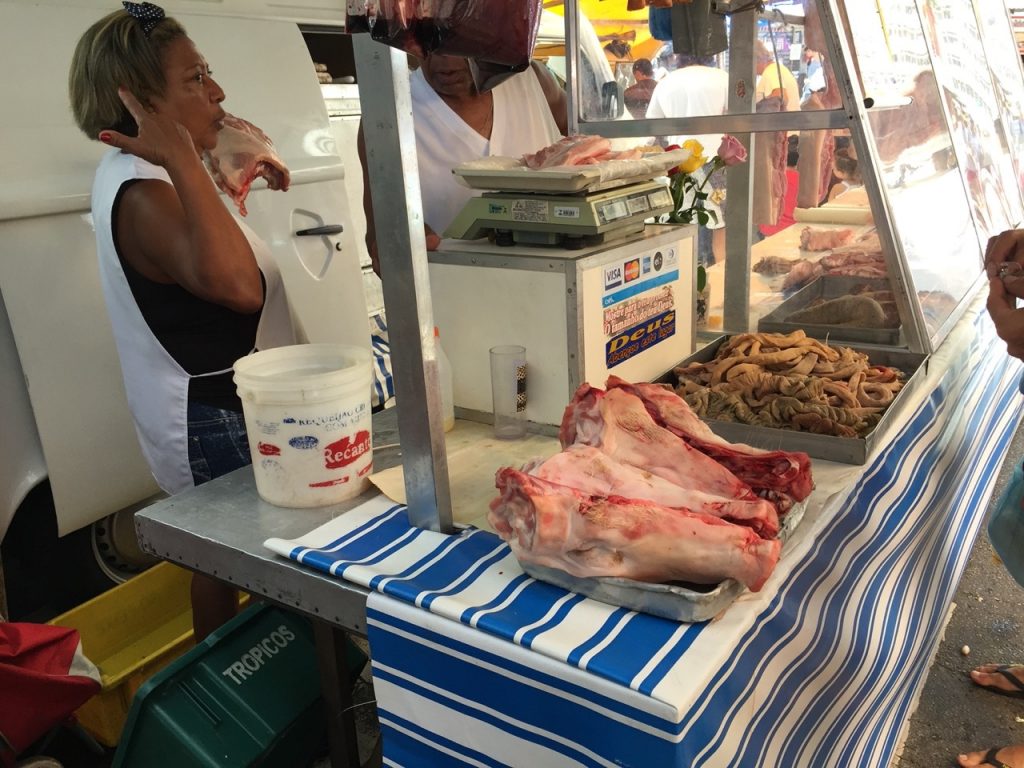
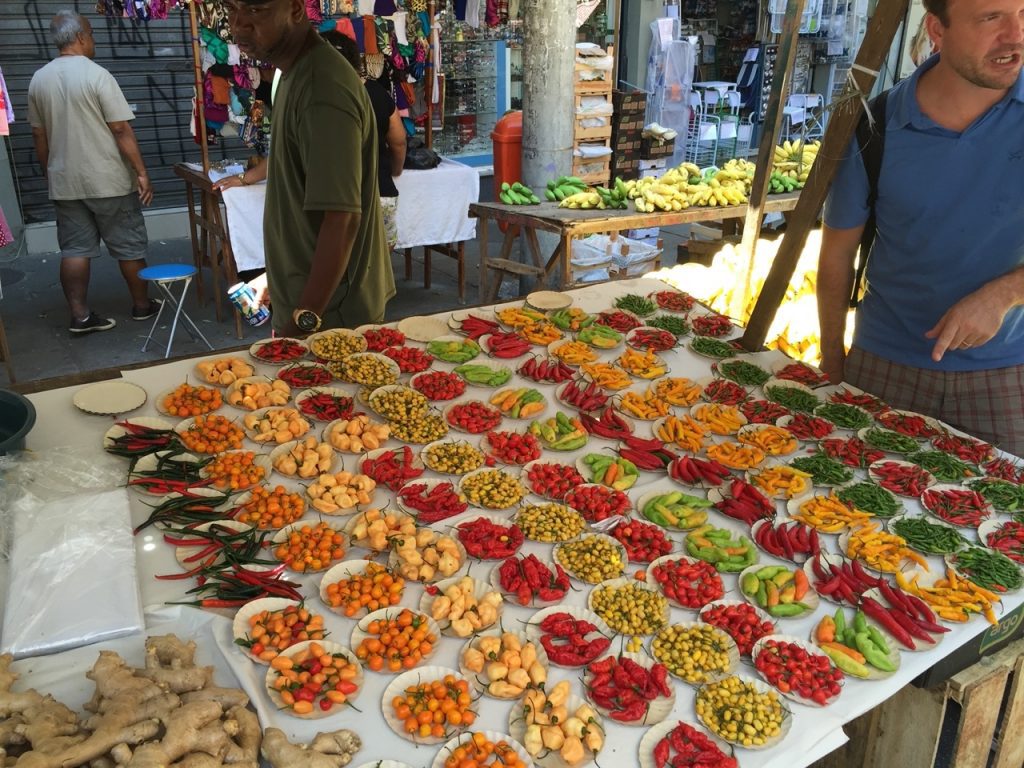
Next it was time for some drinks at Nova Capela. The bar and restaurant Nova Capela is a tradition in Carioca bohemia. Open since 1923, the restaurant is known for its cold draft beer and exotic dishes, such as lamb leg with broccoli rice, roasted boar and home-style suckling pig.
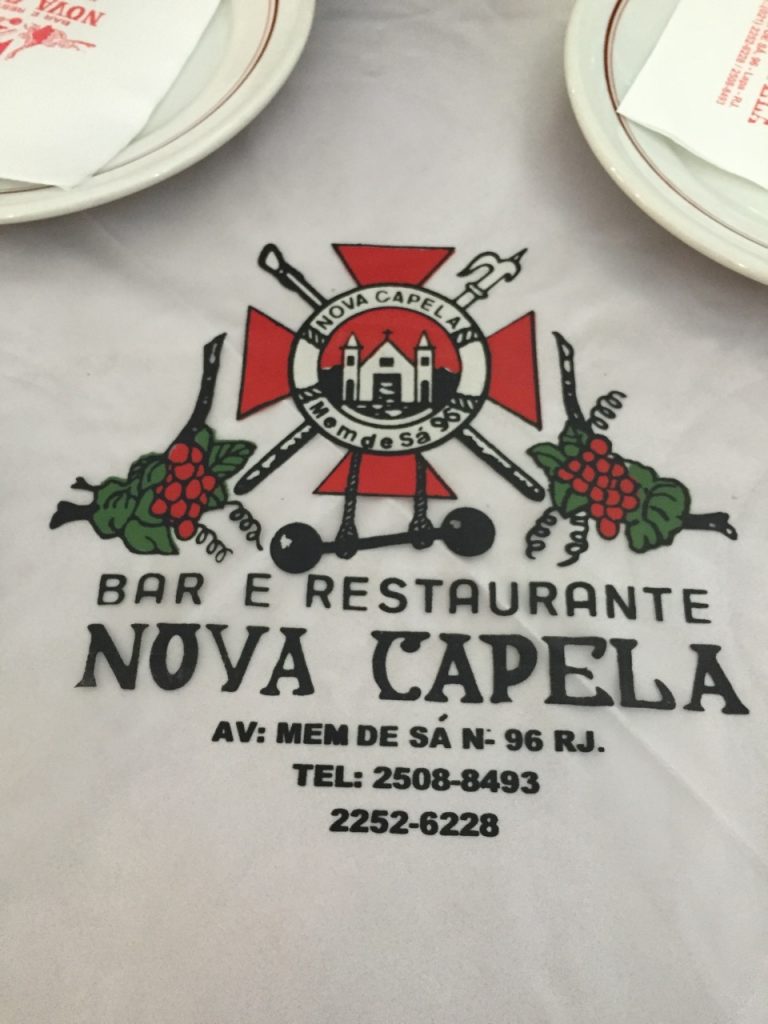

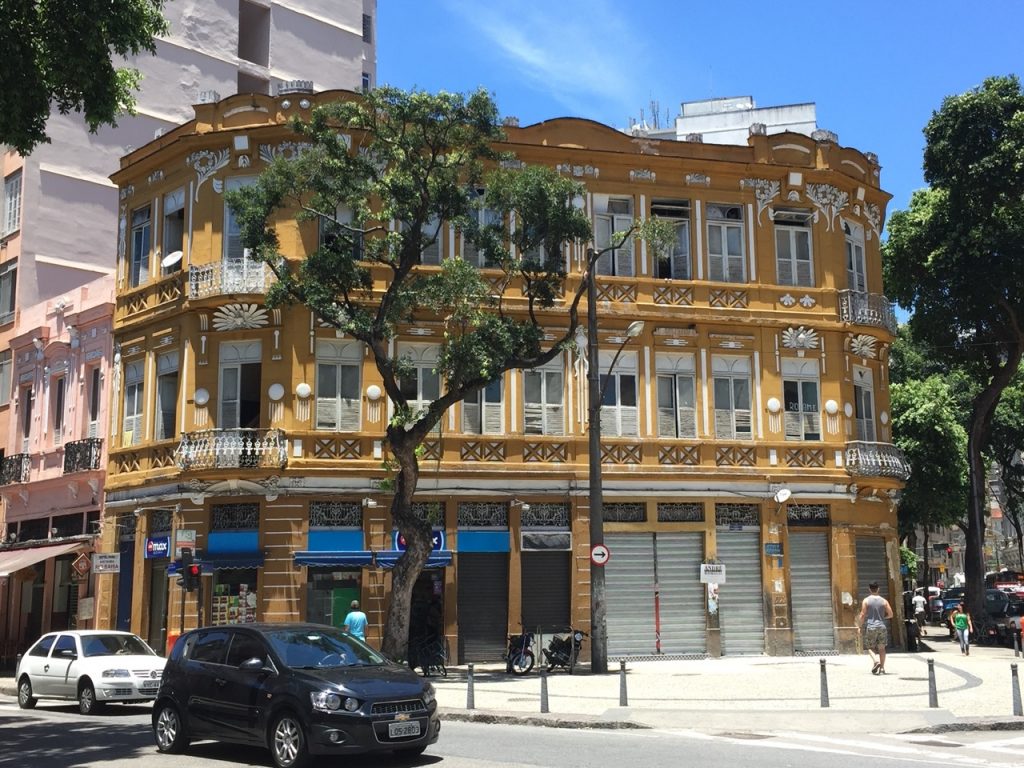
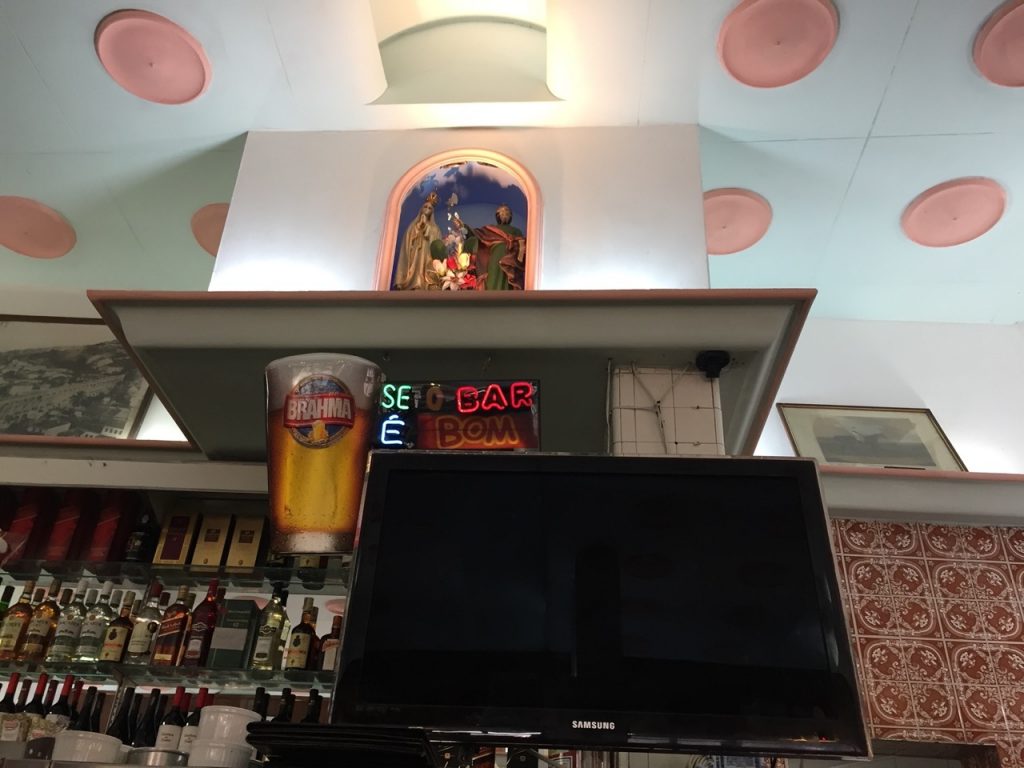
We continued with our tour and spotted the tram: The Santa Teresa Tram, or Tramway, is a historic tram line in Rio de Janeiro, Brazil. It connects the city centre with the primarily residential, inner-city neighbourhood of Santa Teresa, in the hills immediately southwest of downtown.
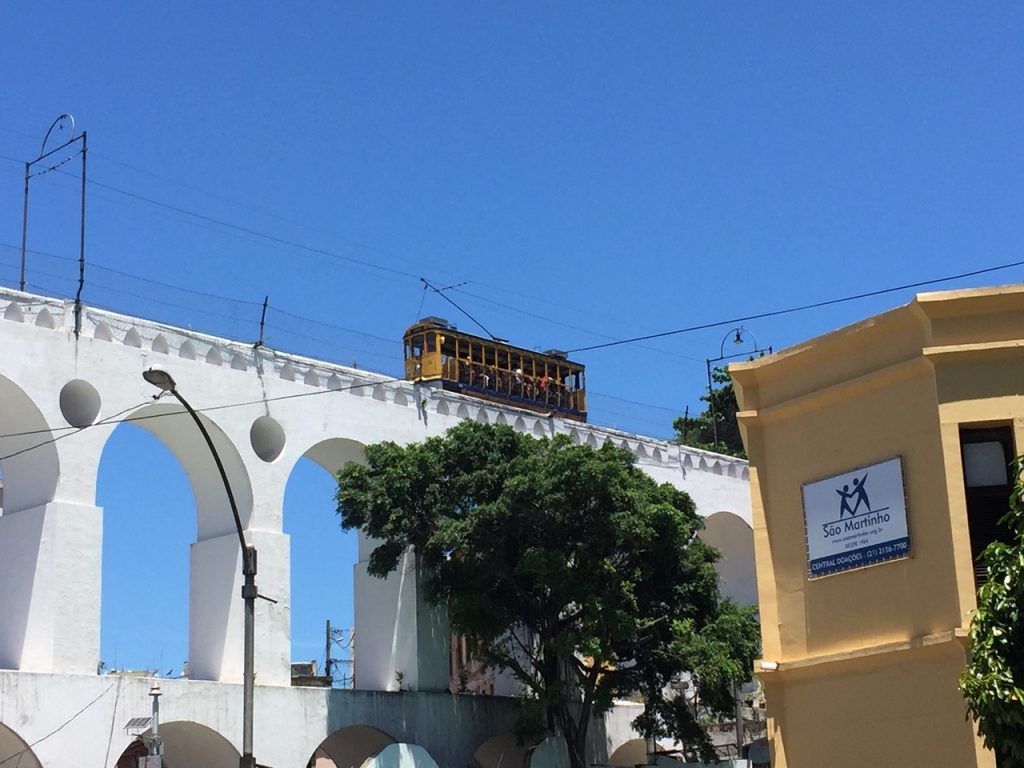
Since the Brazilian government decriminalised street art in 2009, a wave of street artists turned to the city to mark their artistic license on the grey canvases of Rio de Janeiro to give some colour to urban life. The result has been outstanding; every neighbourhood throughout Rio has incredible street art and some of these artists have even made an international name for themselves. Some graffiti tells a story of a historical event or highlights social problems, such as images that popped up during the 2014 World Cup. Others are there simply because it’s pretty, cool, or meant something to the artist that he or she kept for themselves.
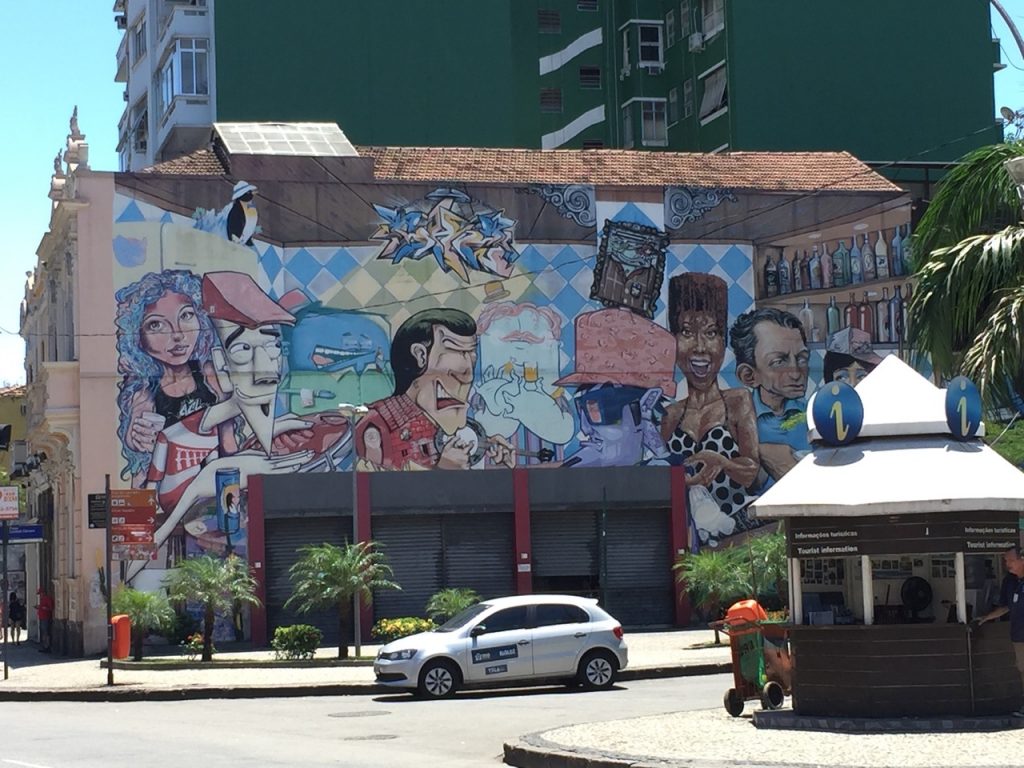
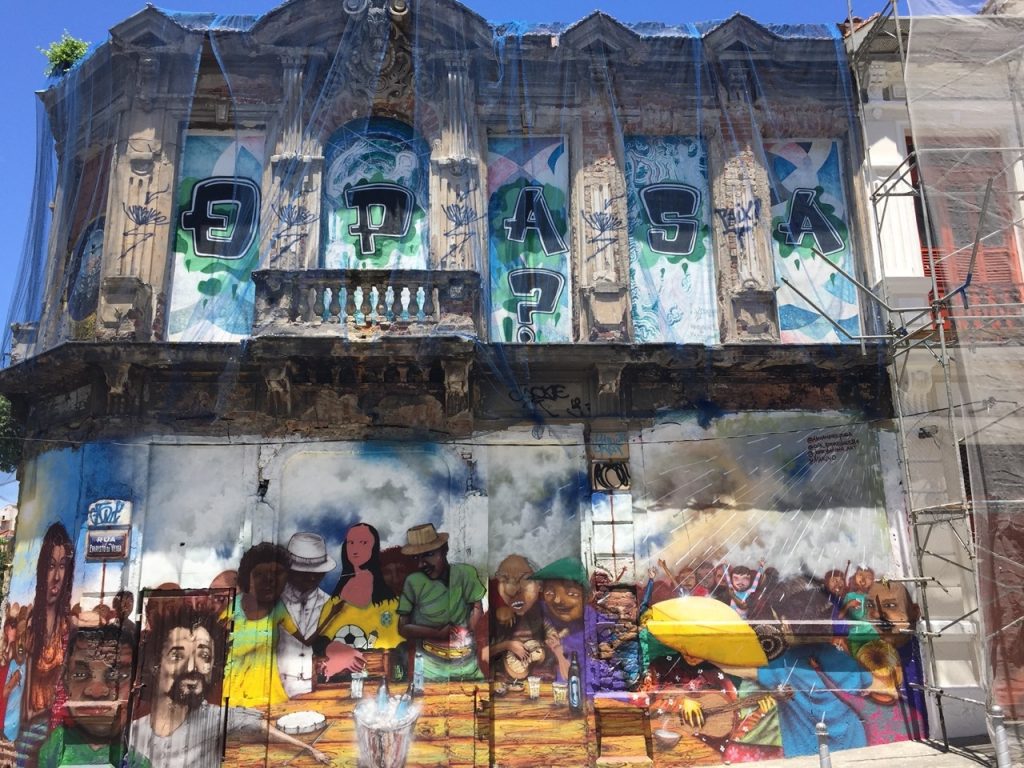
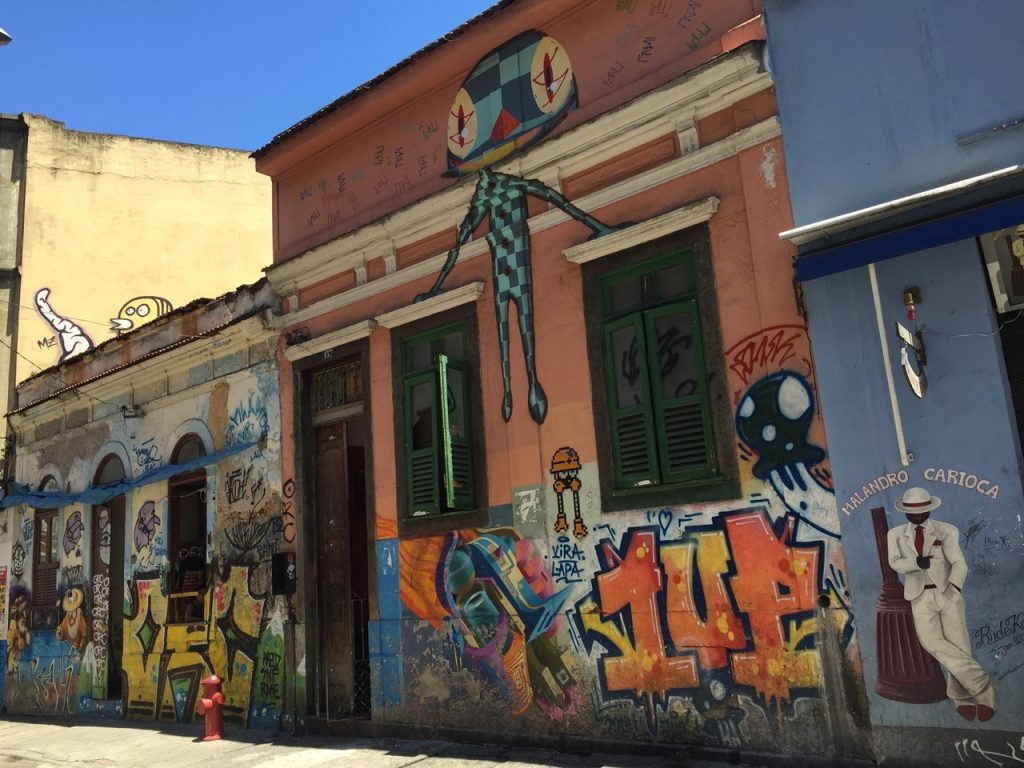
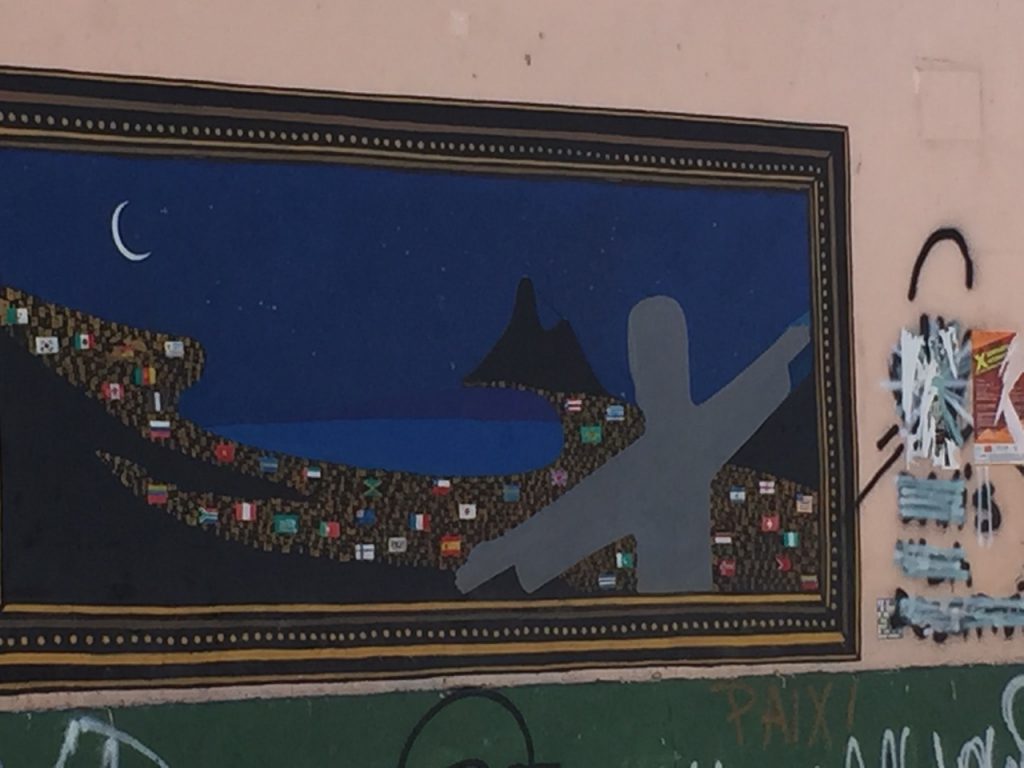

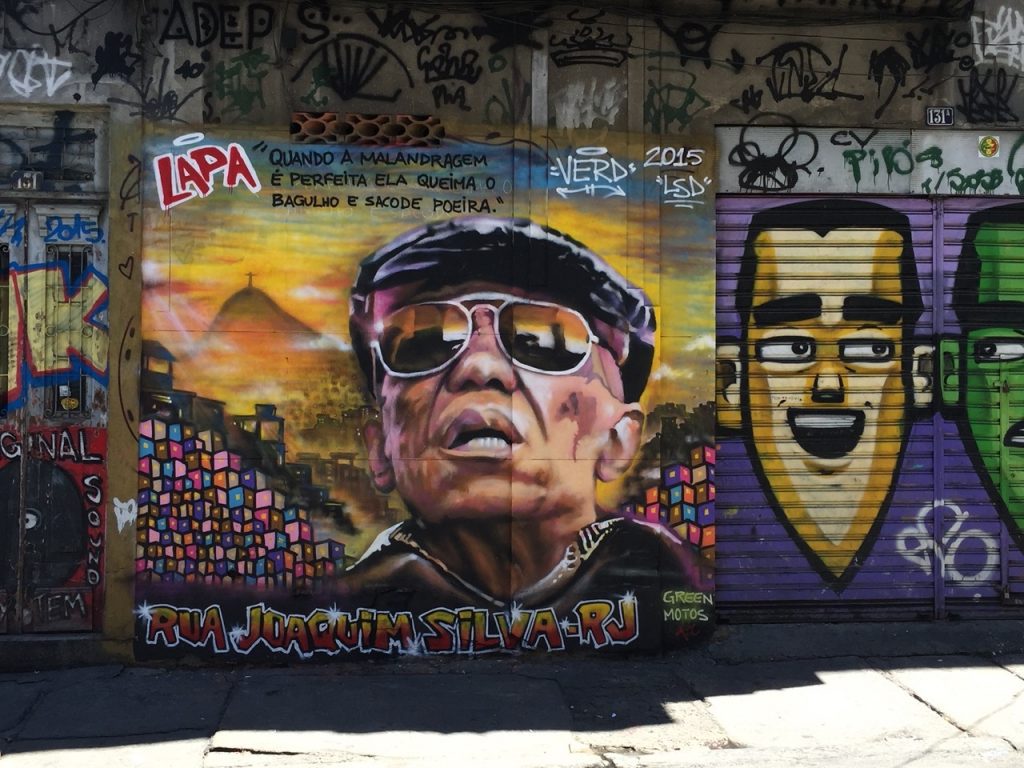
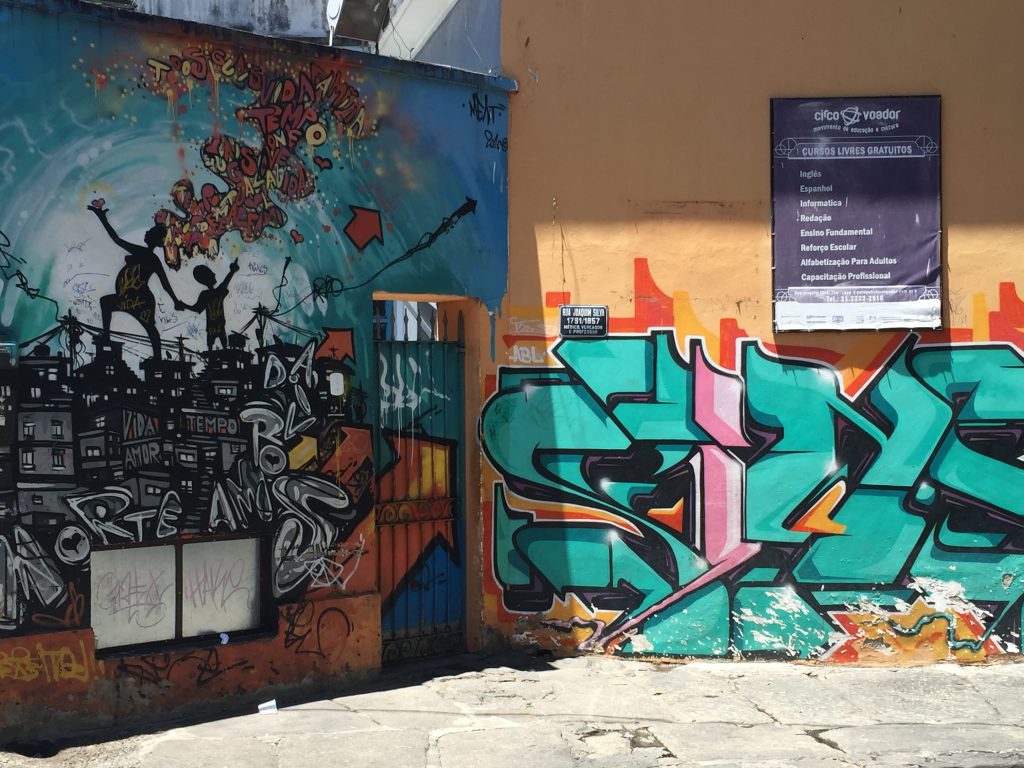
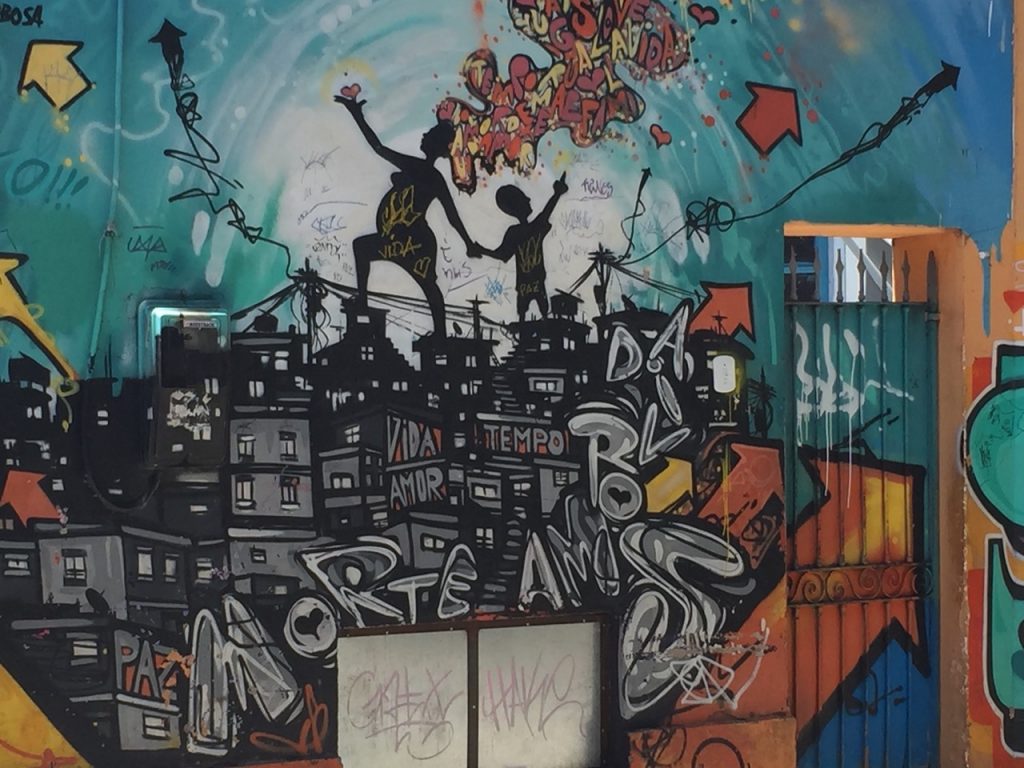
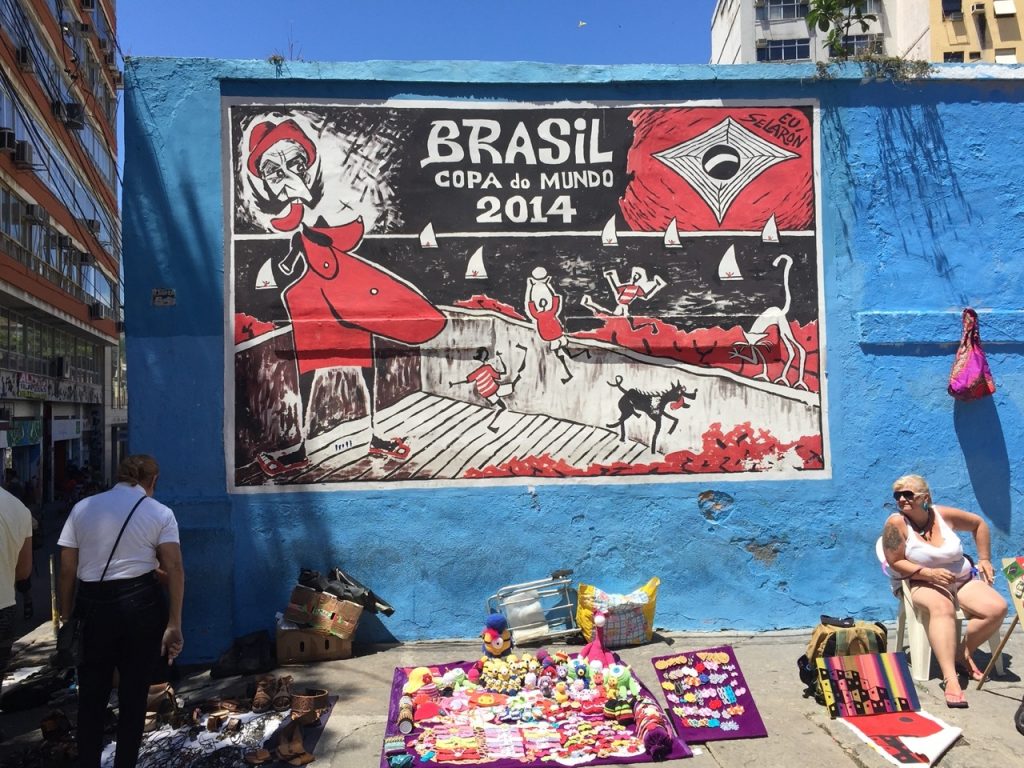
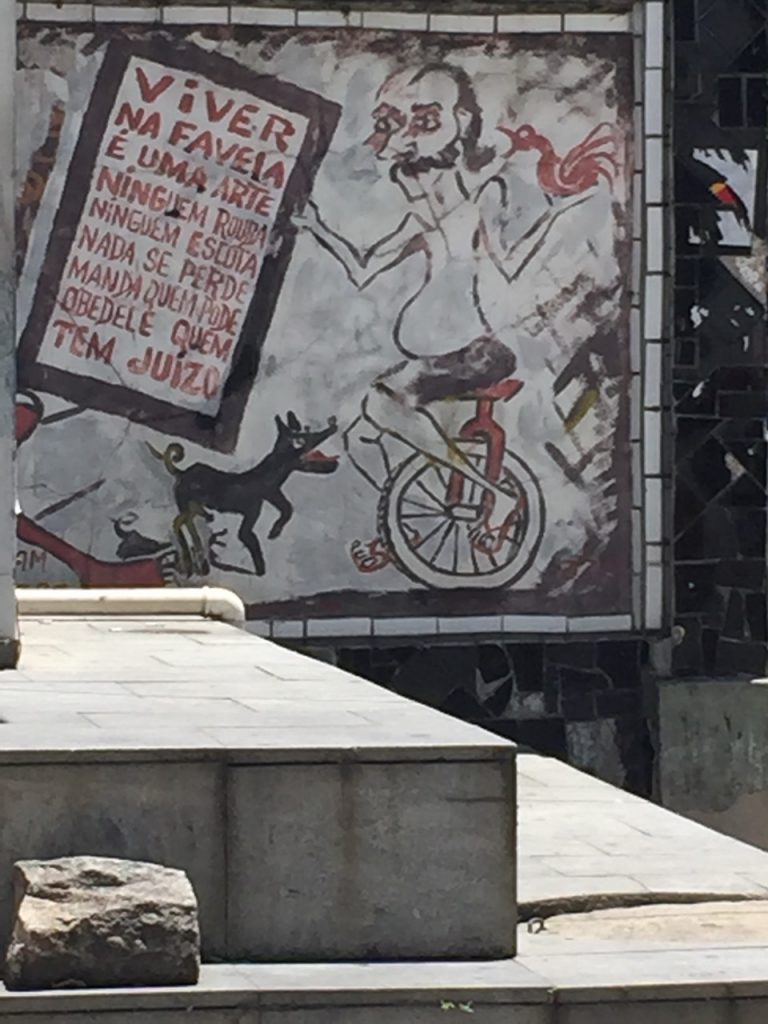
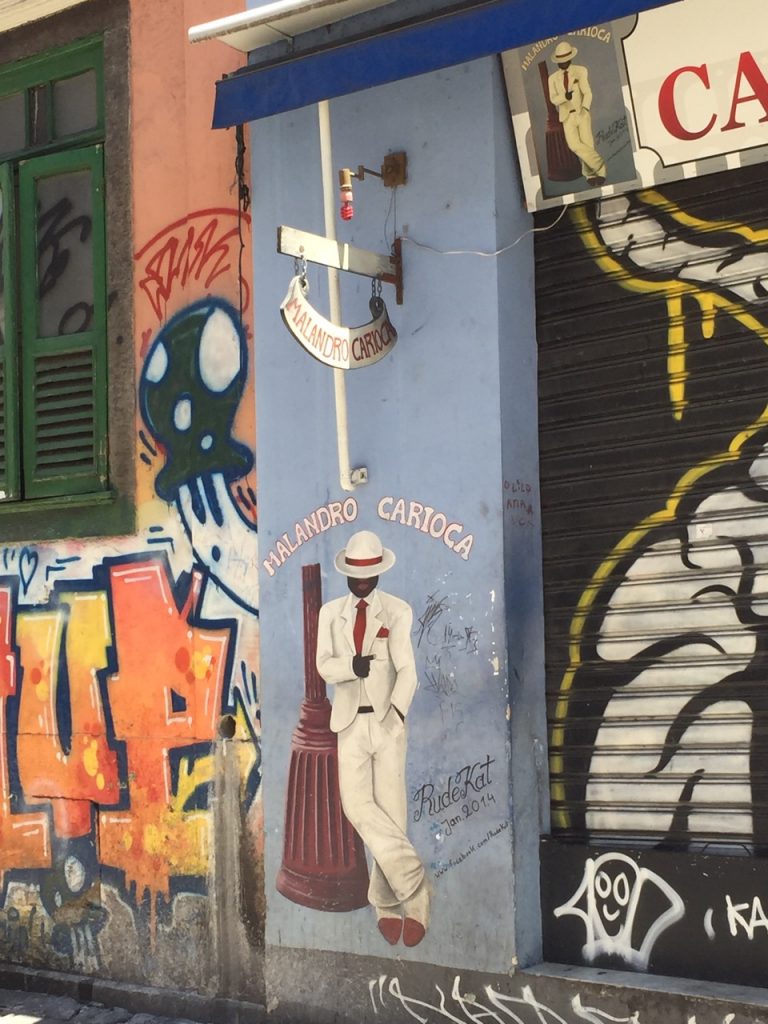
One of the most important touristic sites of Rio de Janeiro is this colourful piece of art called Selaron Staircase. In English it translates as the Selaron stairs. Located in the legendary neighborhood of Lapa, it’s easy to reach and definitely a must see while visiting the Cidade Maravilhosa. he steps leading up from Joaquim Silva became a work of art when Chilean-born artist Jorge Selarón decided to cover them with colorful mosaics. A dedication to the Brazilian people, the 215 steps are a vivid riot of colour.
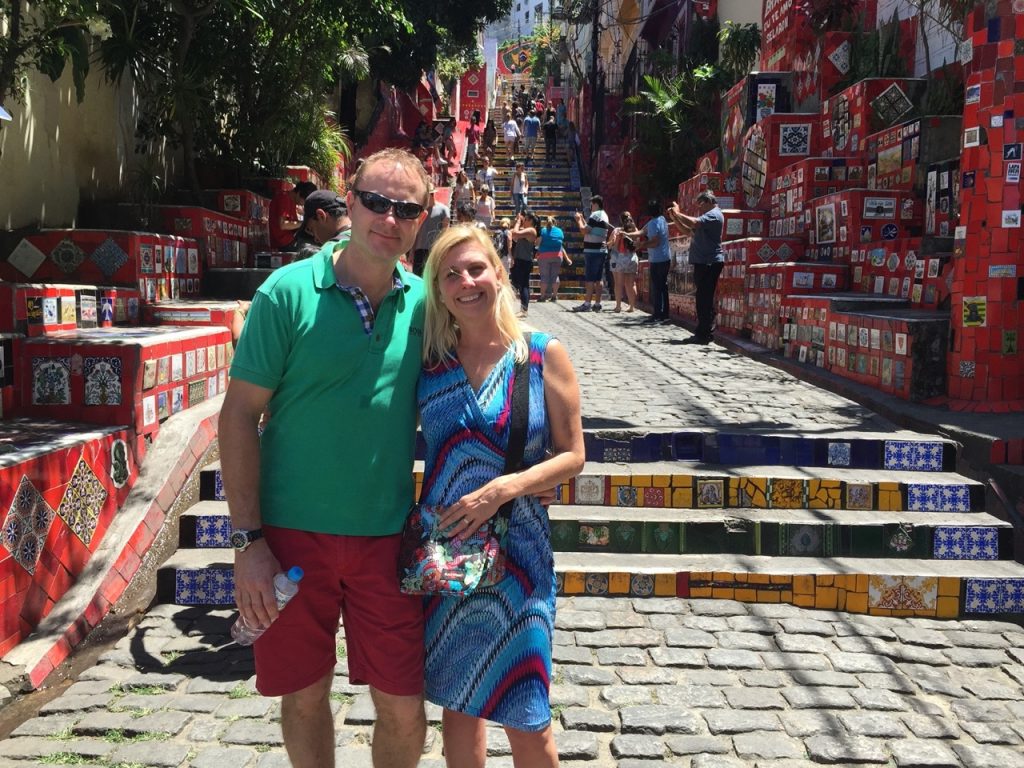
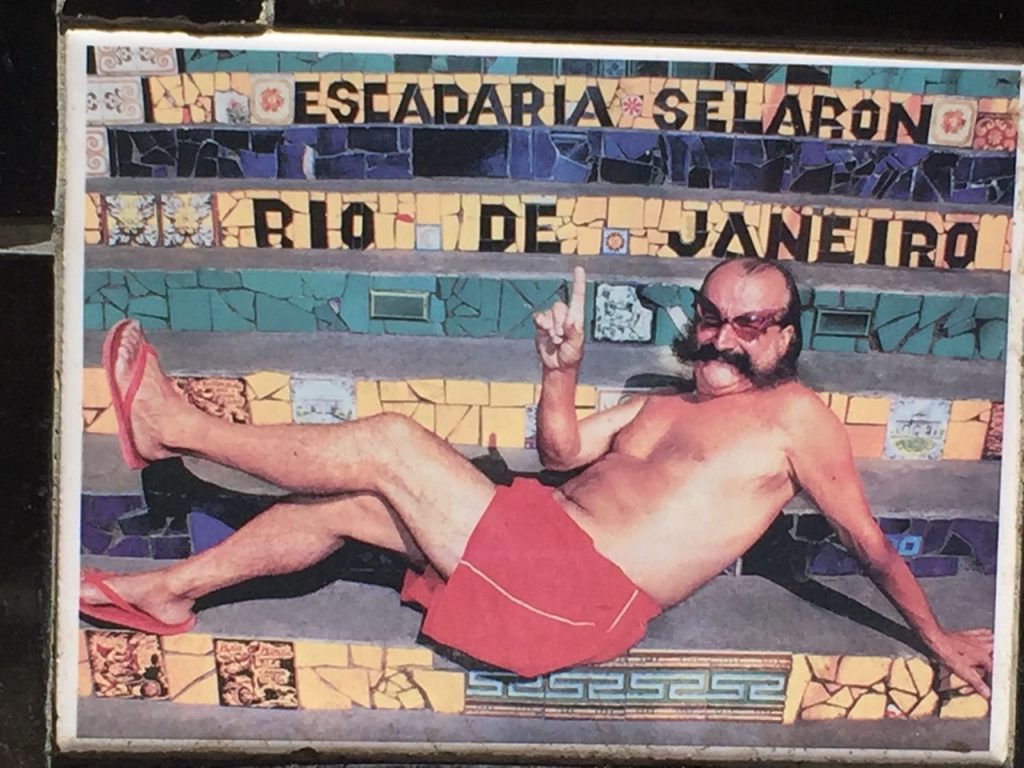
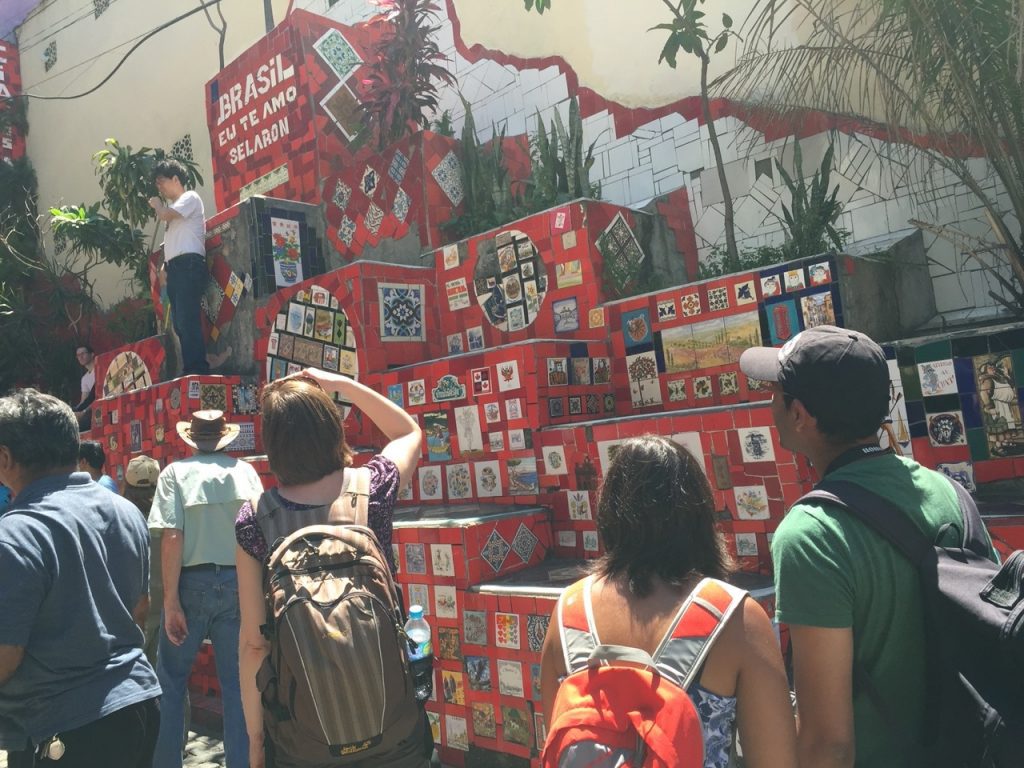
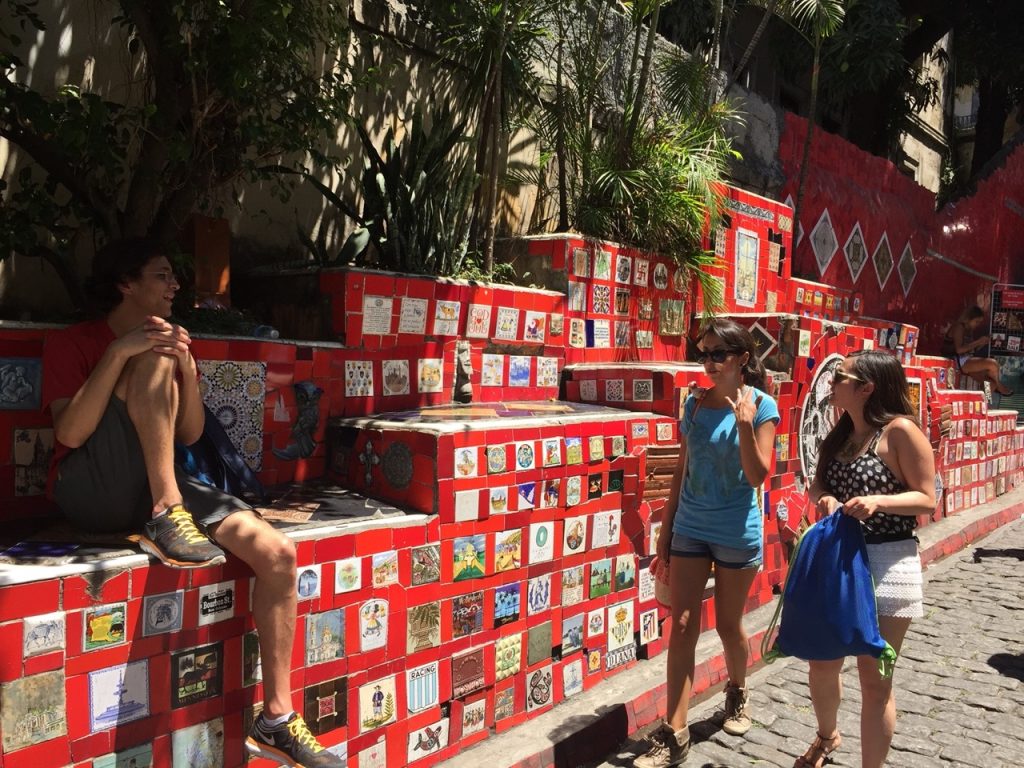
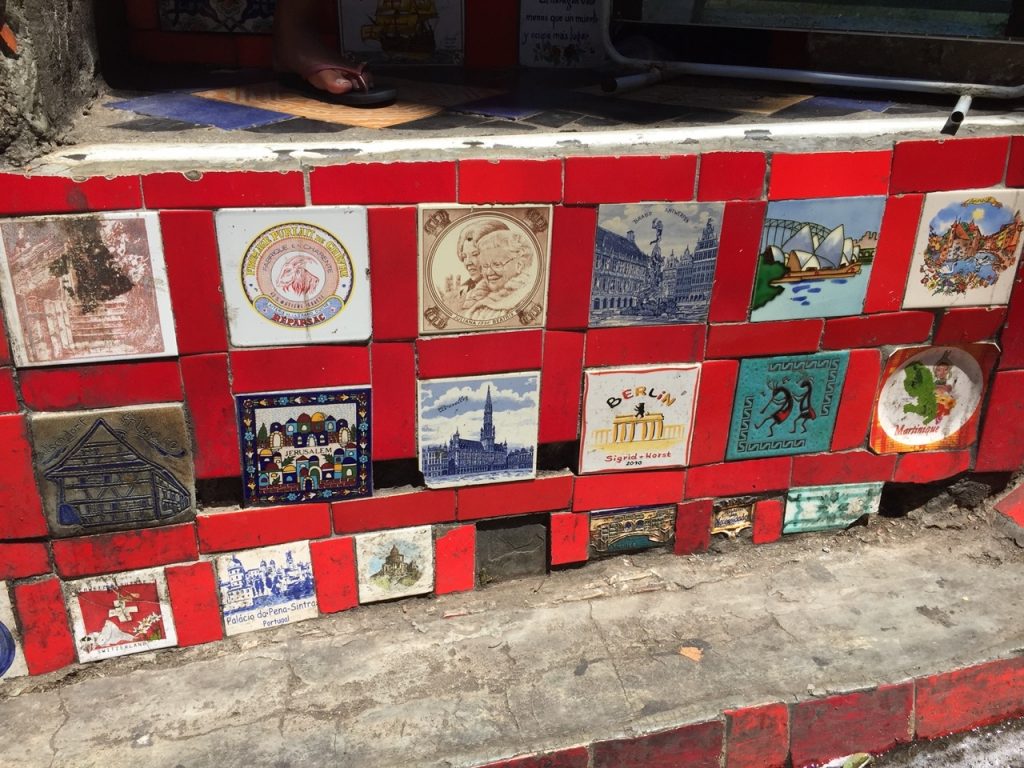
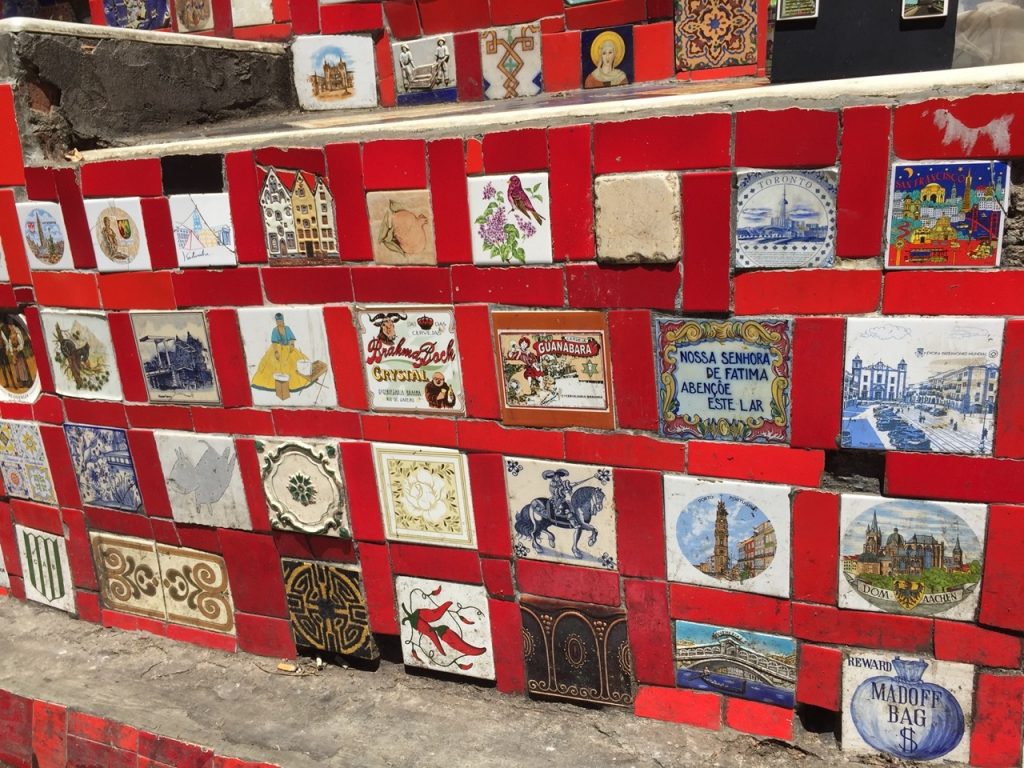
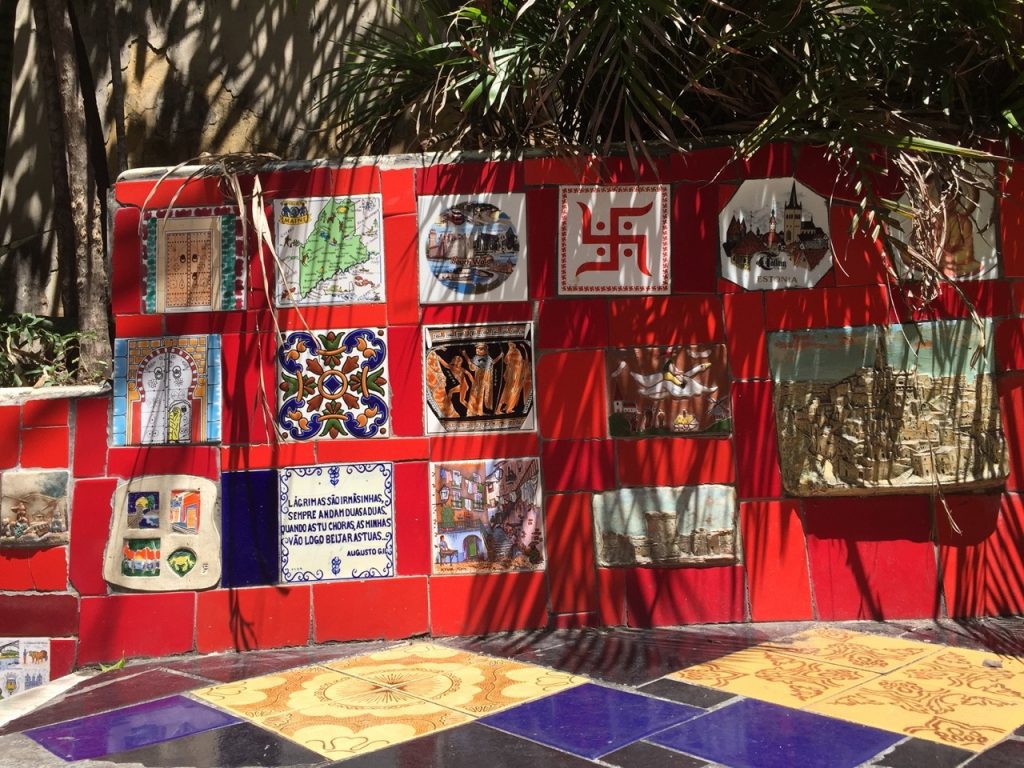
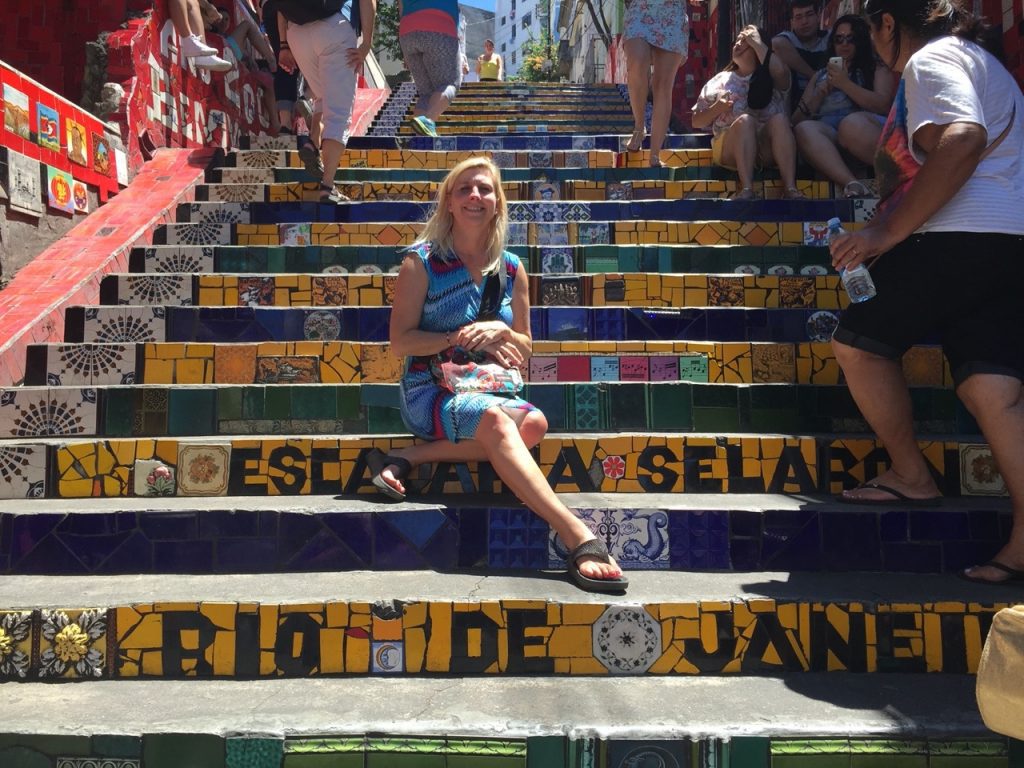
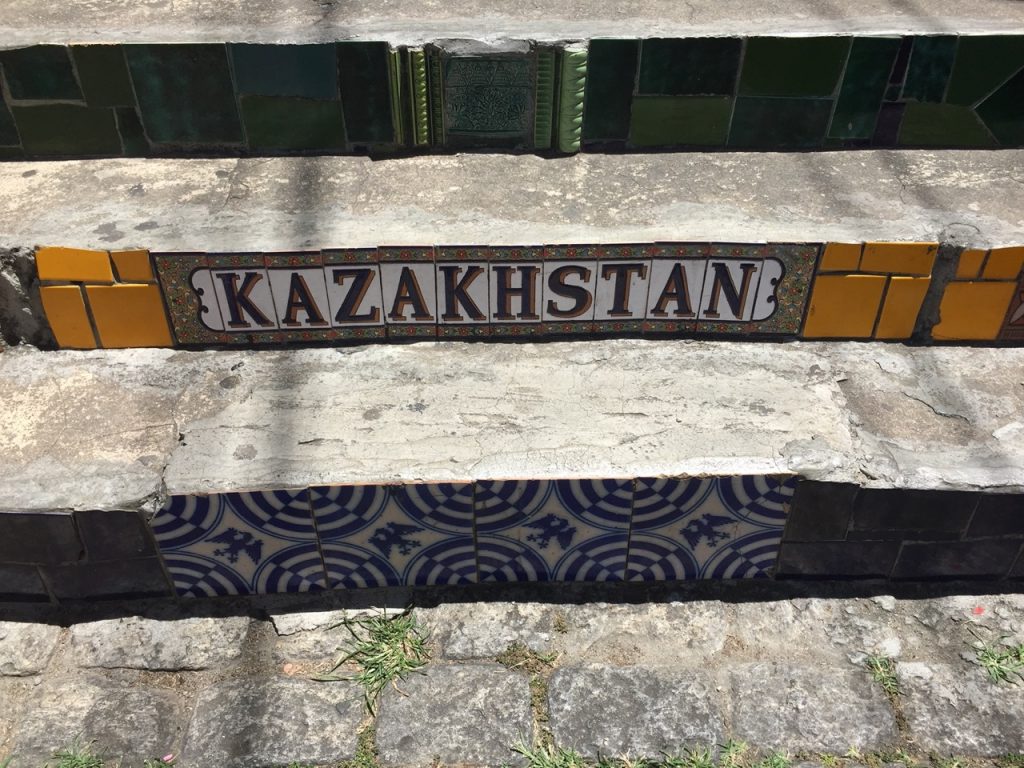
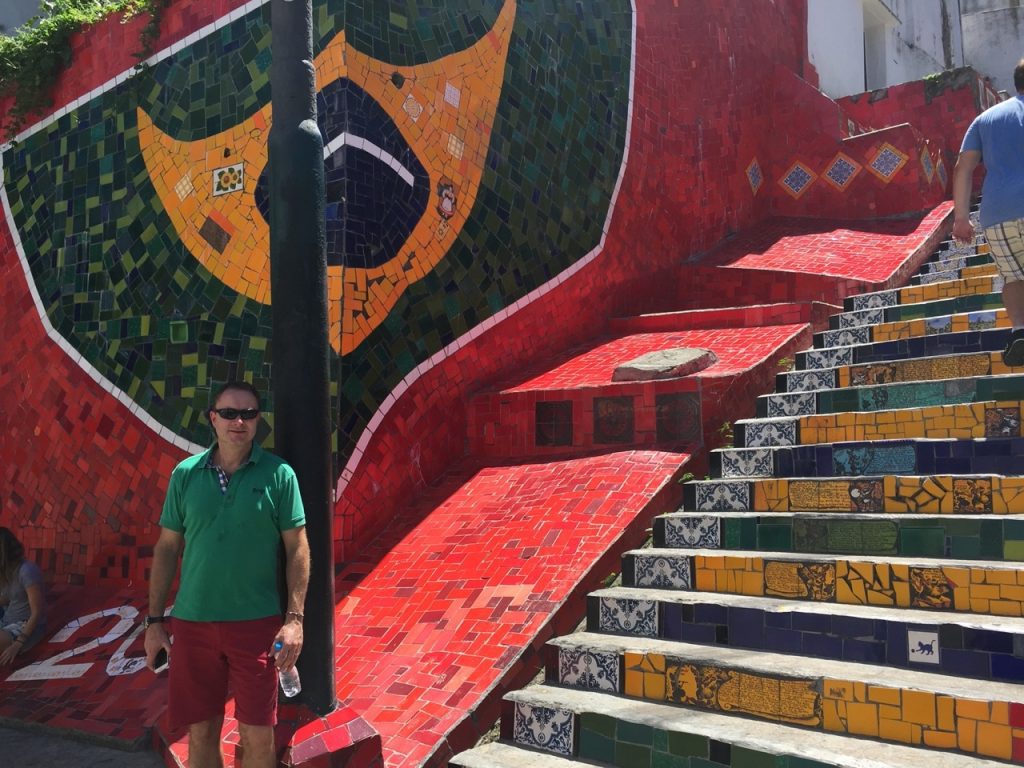
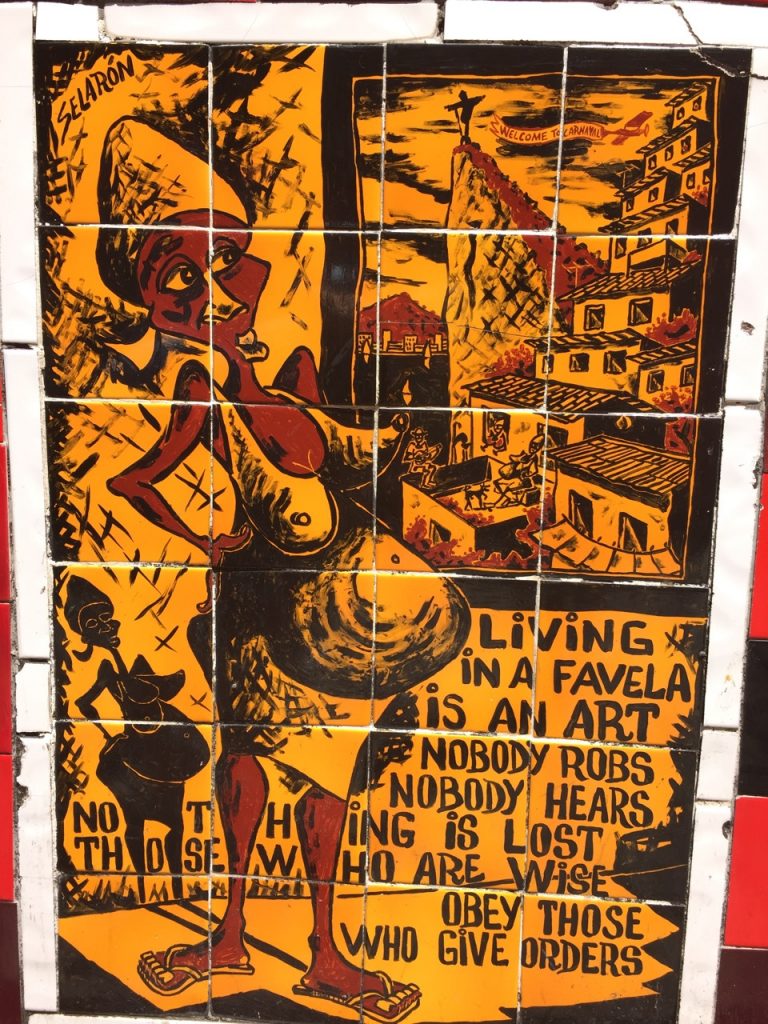
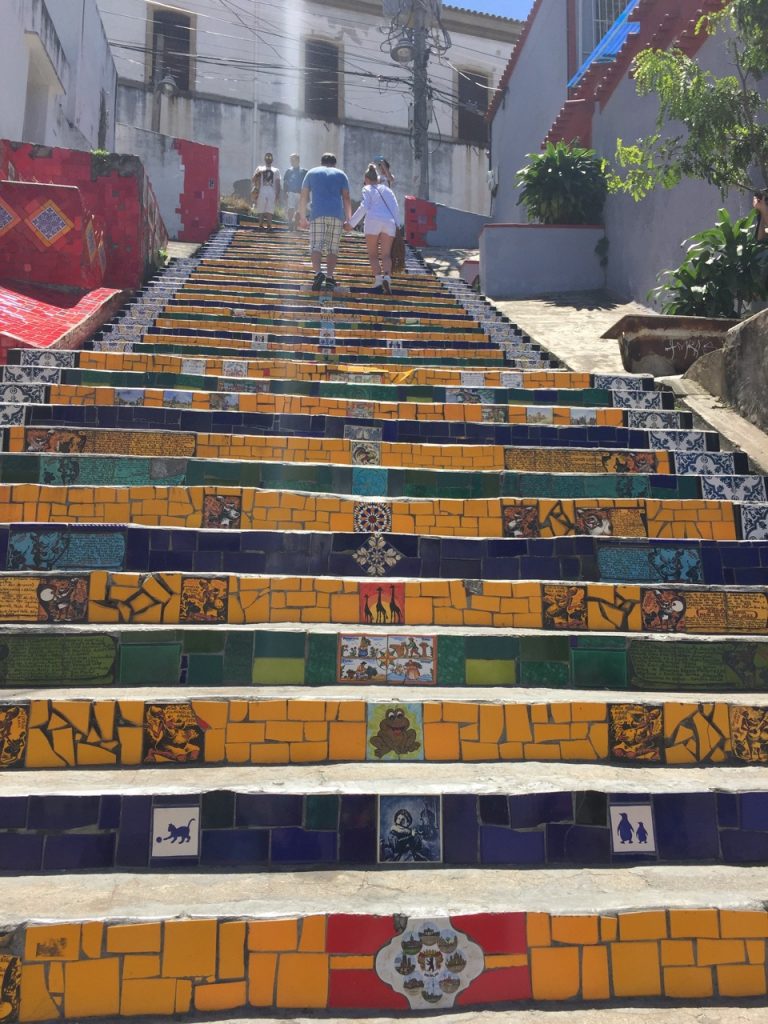

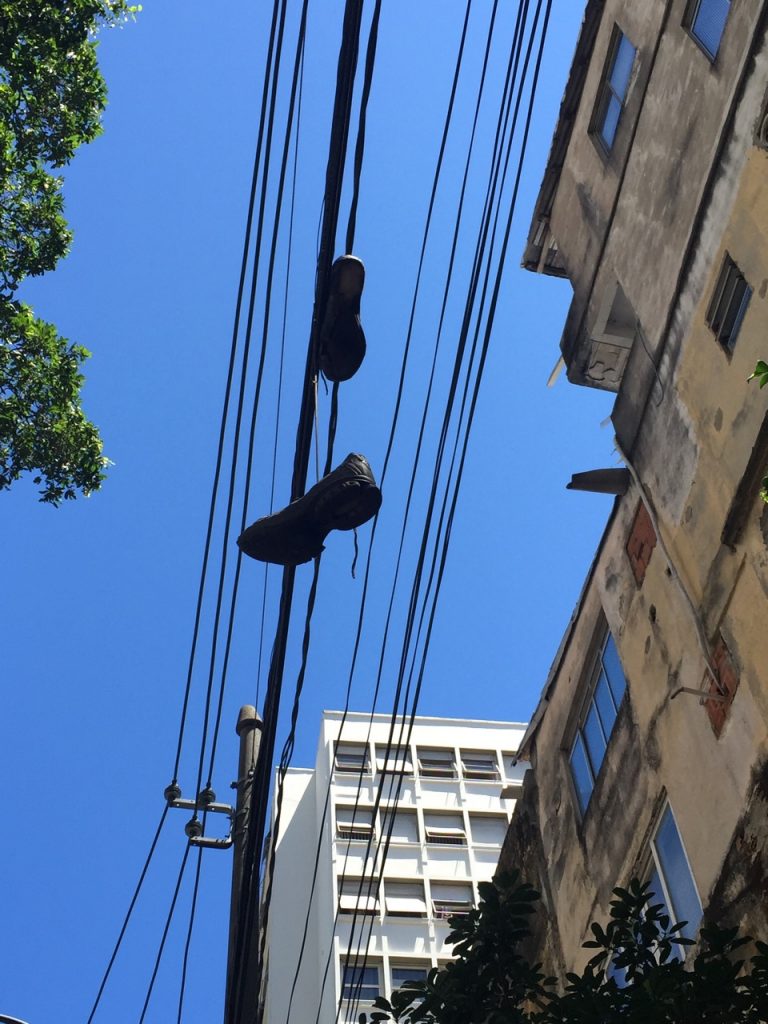
Many say that it’s for celebration for one losing their virginity or even graduating seniors. Others say it’s to mark gang territory or drug dens. In many urban areas where they are affiliated with gangs if there is a death shoe tossing at power lines occurs. To be perfectly honest I think many people have done it just for the hell of it to see if they could. There truly is no one true answer why people do it. As far as how long this has been occurring, a few decades at least.
We continued on our food tour stopping at local off the beaten track places to sample their specialities. Drinking juice from a sucos bar, Rio de Janeiro’s juice bars, is a daily ritual for Cariocas like sipping coconut water beside the beach. Locals claim the taste of the acai here is near to that of the original taste from the north. Made with pure acai and only natural sweeteners, the acai keeps its true flavours and is still healthy. Ask for extra granola for an additional crunch or some sliced strawberries for some sweeter notes.
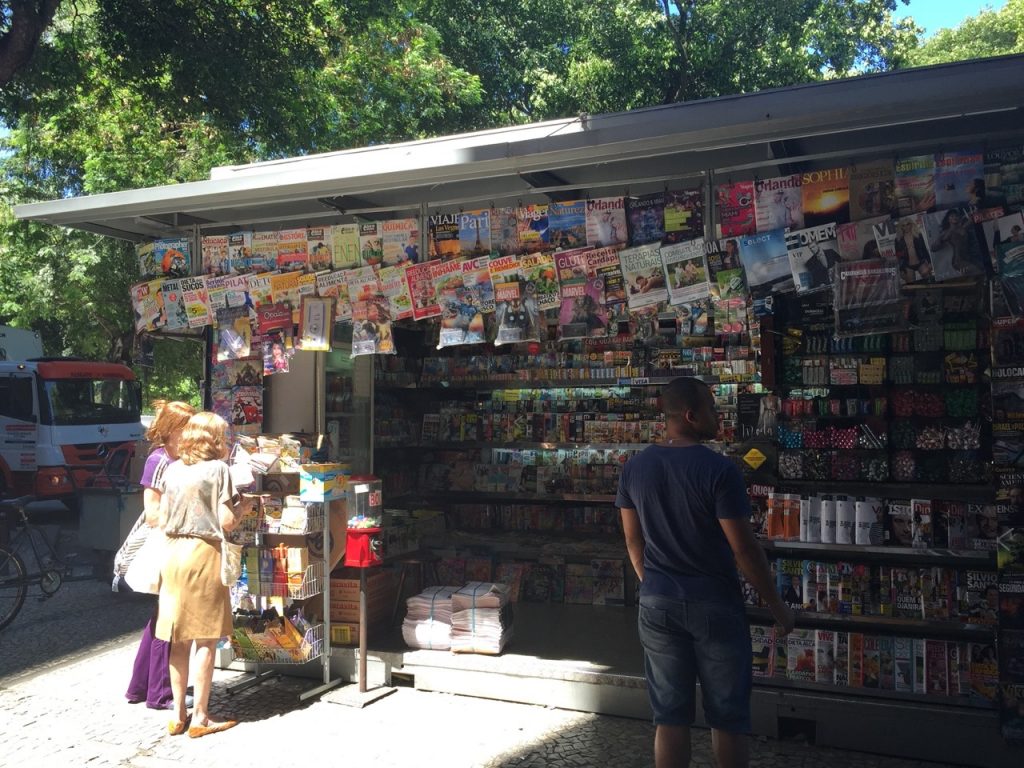
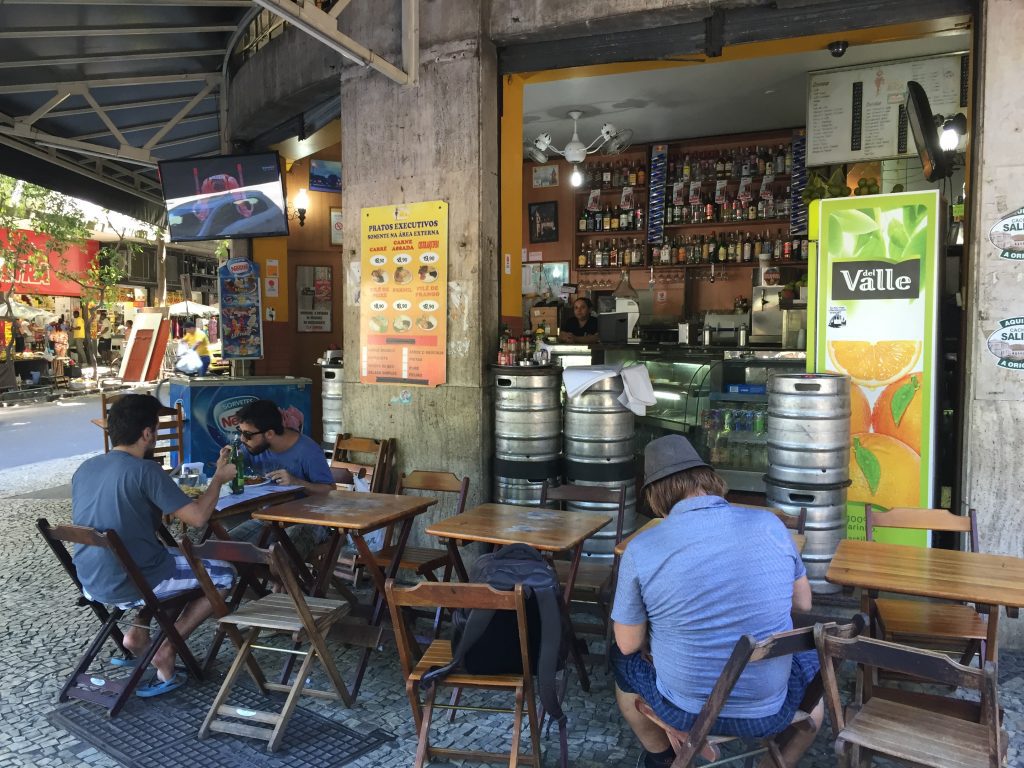
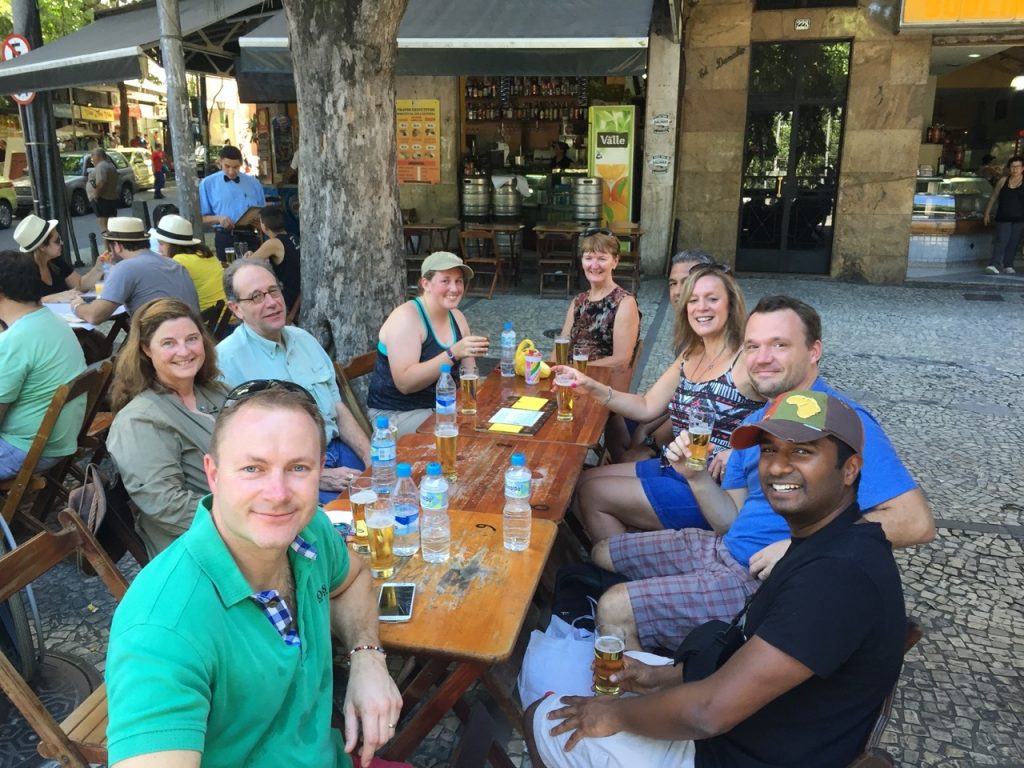
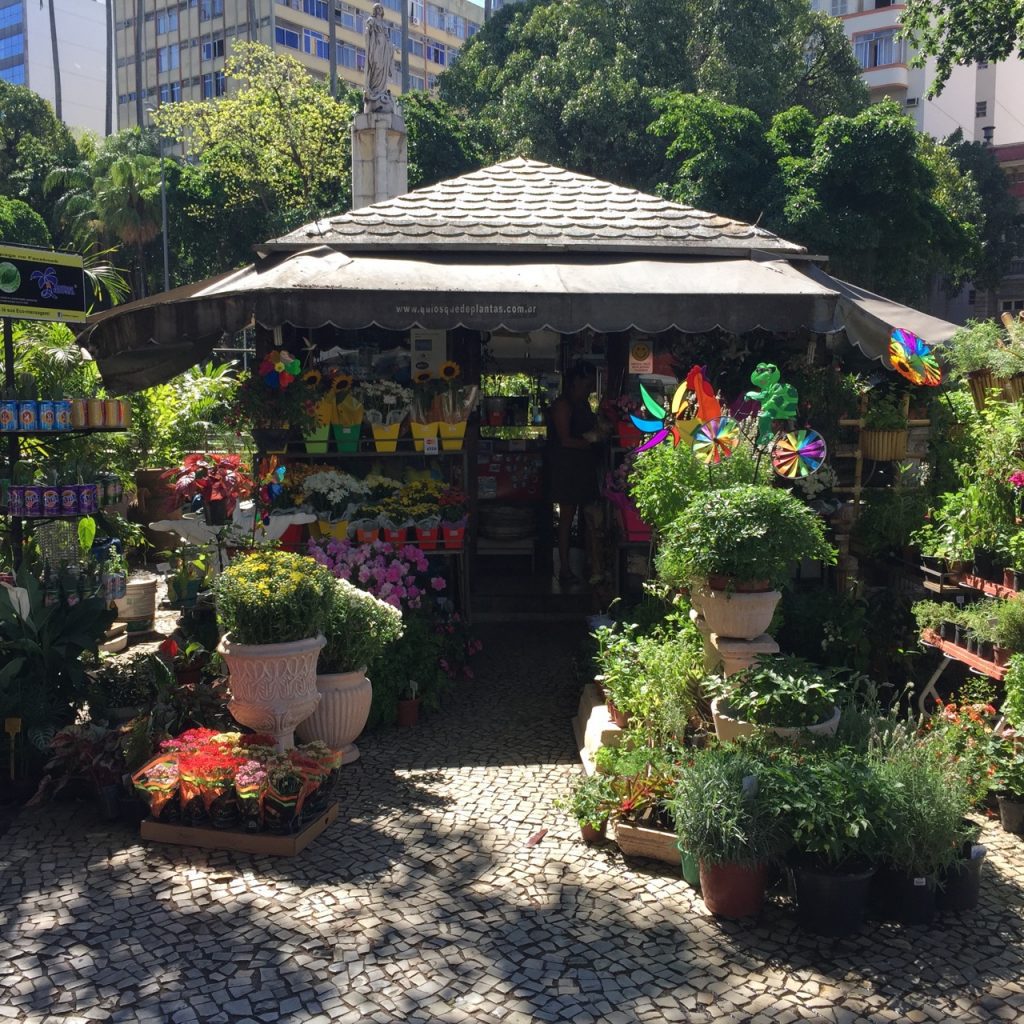
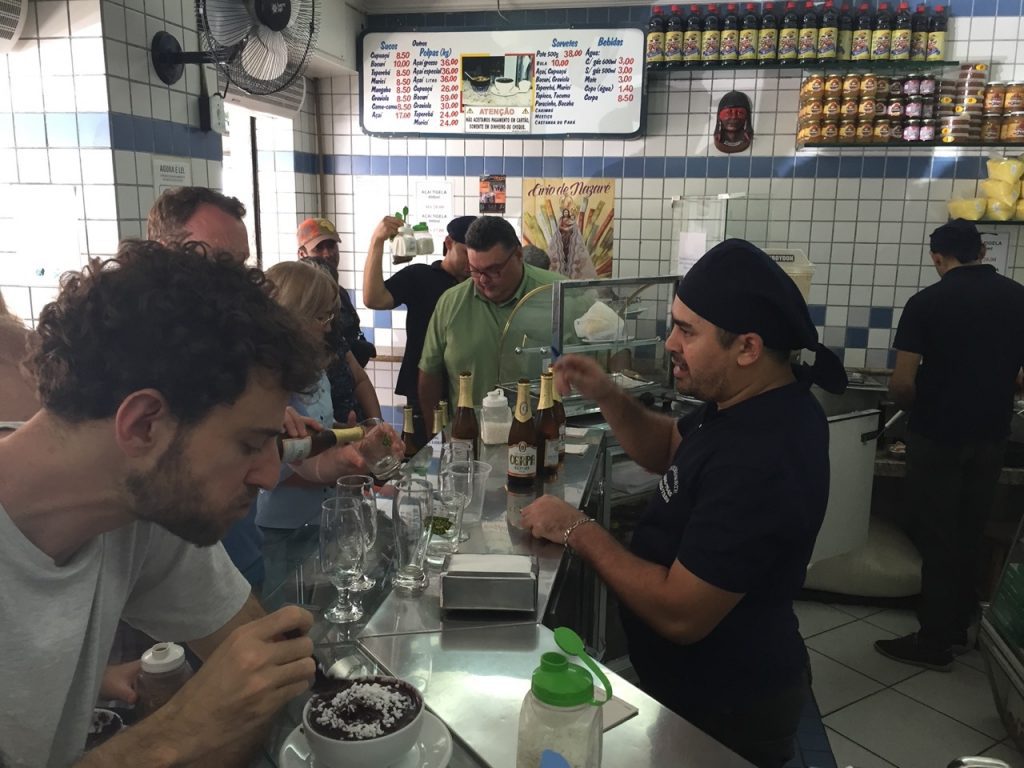
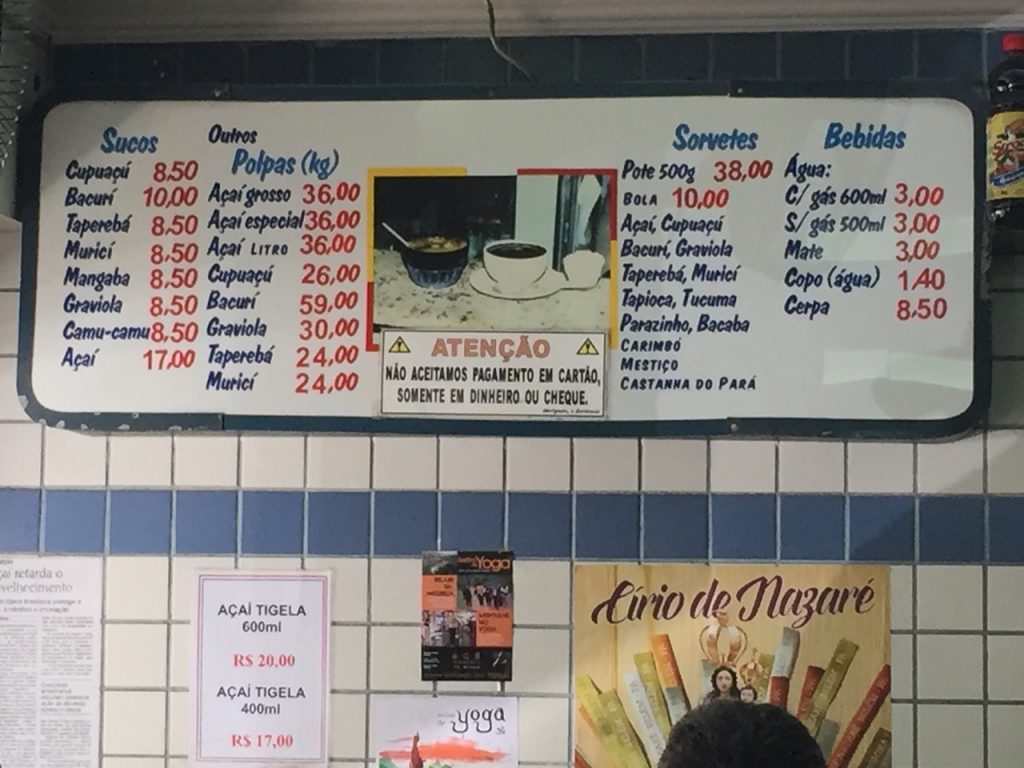
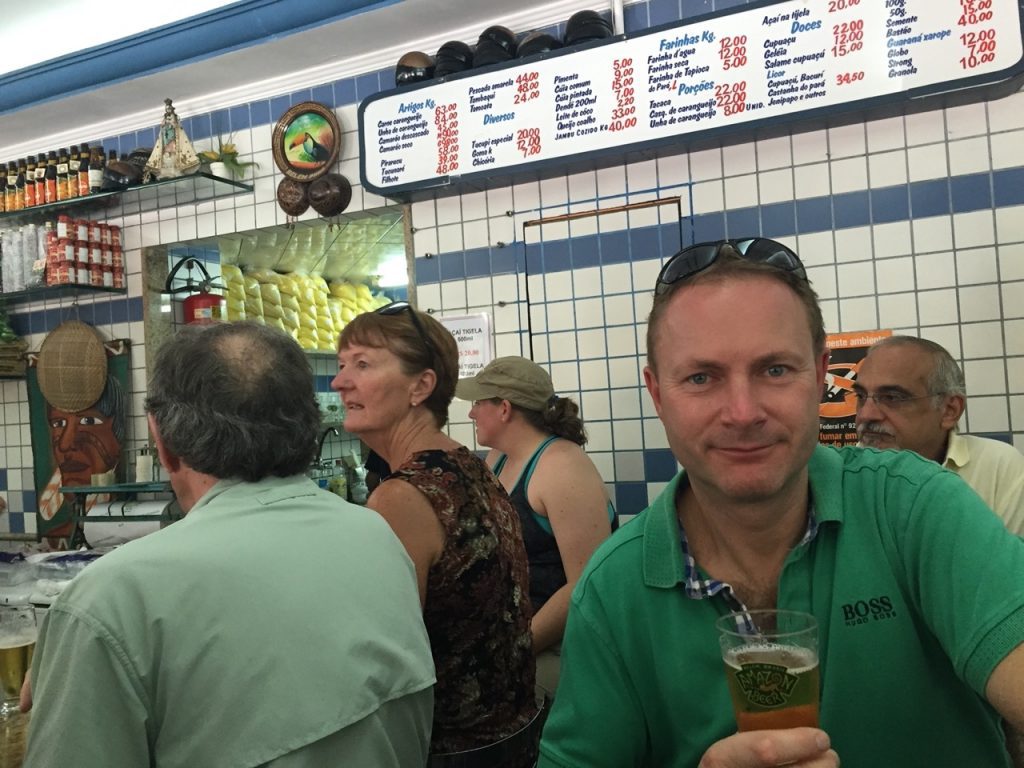
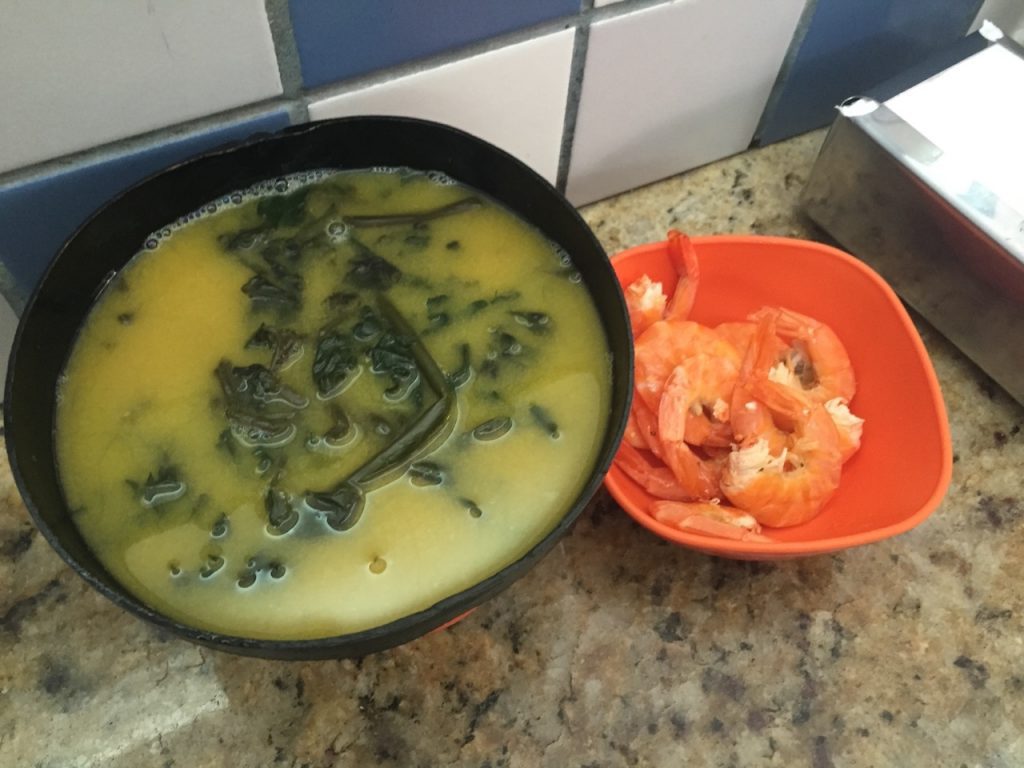
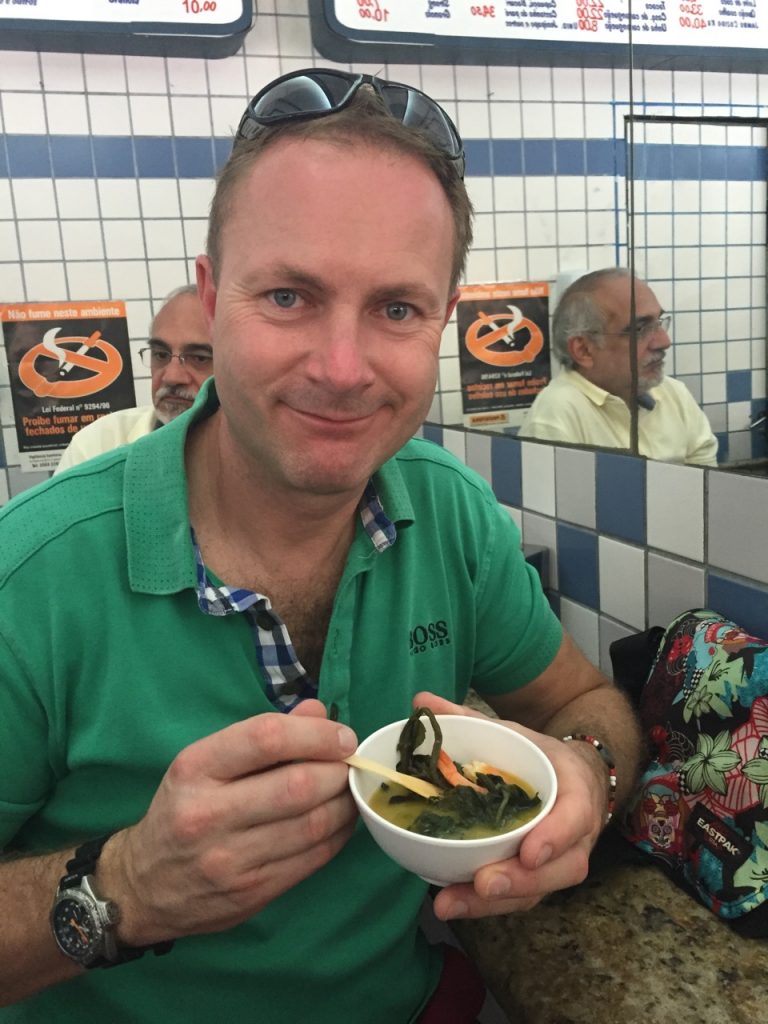
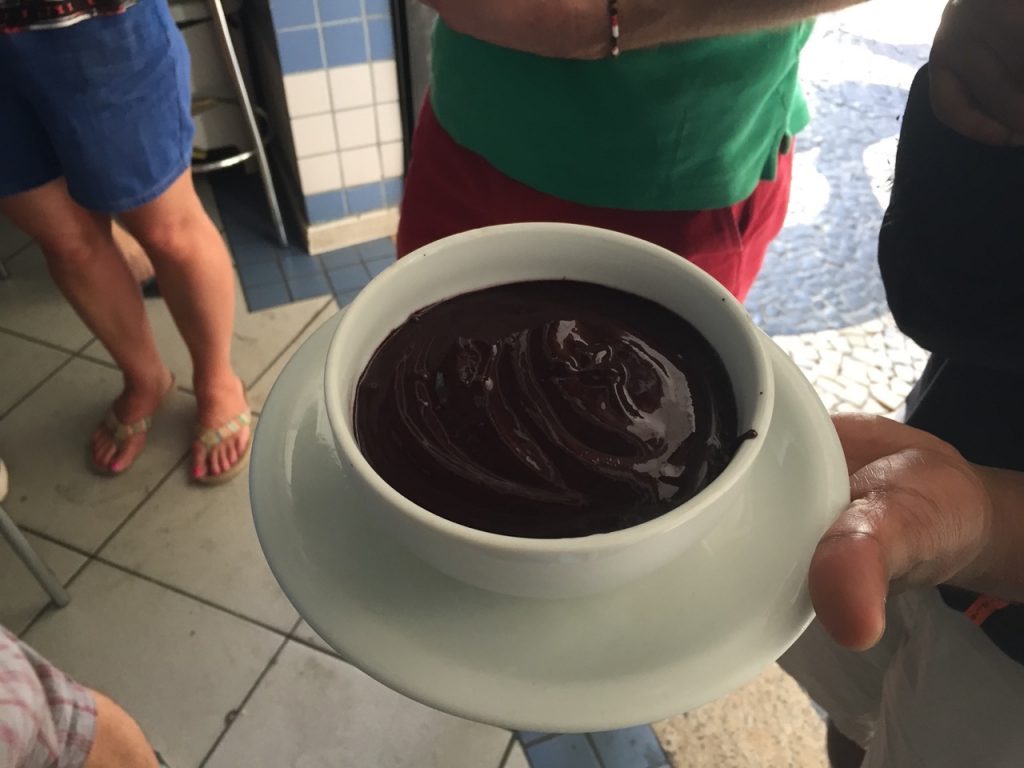
We continued on our search for even more exotic fruit… and liqueur tasting … Brazil’s spirit goes by the name of cachaça, a rum-like liquor steeped in history. Unlike much rum, it is not made from molasses but from fresh sugarcane juice that is fermented and distilled. We sampled the highly unusual Jambuzera is an infusion of 100% organic white and oak-aged cachaça with wild and spicy Amazonian jambu flowers, creating an exciting flavour explosion on the palate and a tantalising tingling sensation on the tongue and lips. Jambú is an Amazonian herb that gives tacacá its anaesthetic property. It looks rather like a weed, with straggly stems and strange yellow/red pom-pom flowers. At first it tastes salty and then suddenly you go numb! Very strange!
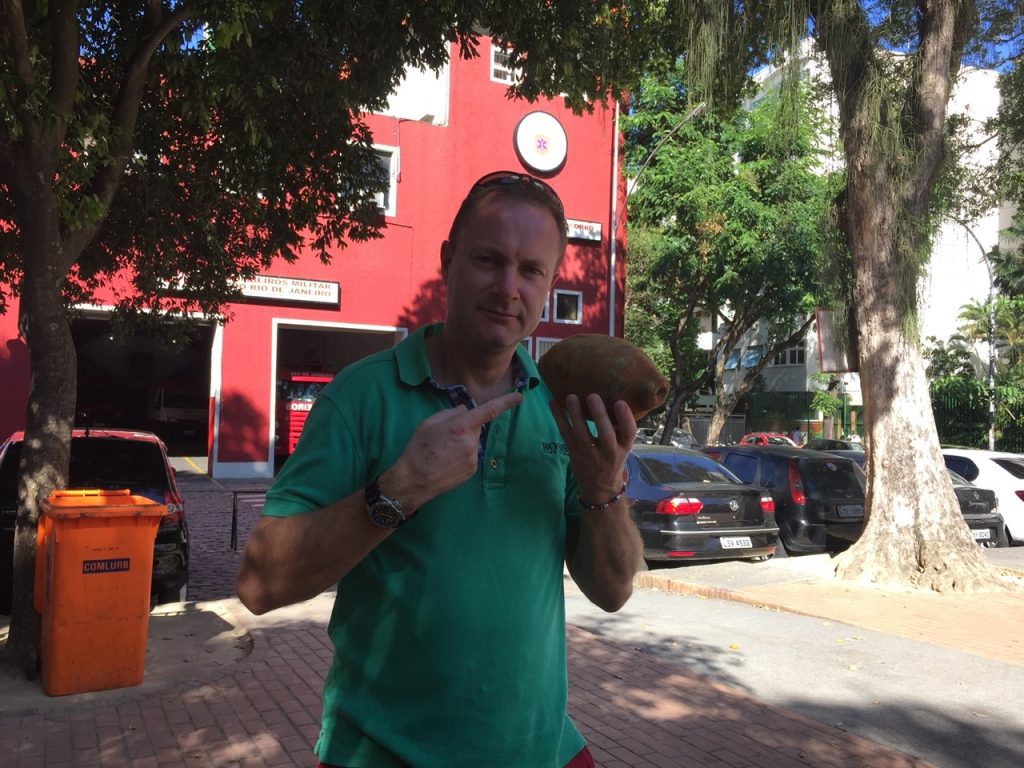

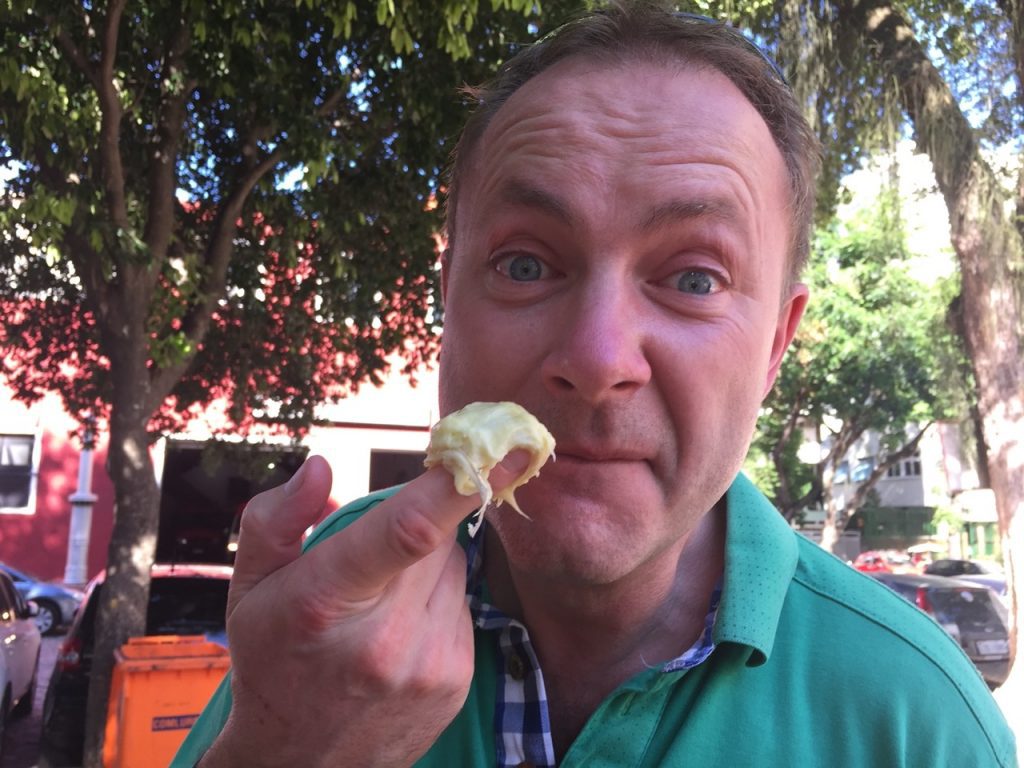
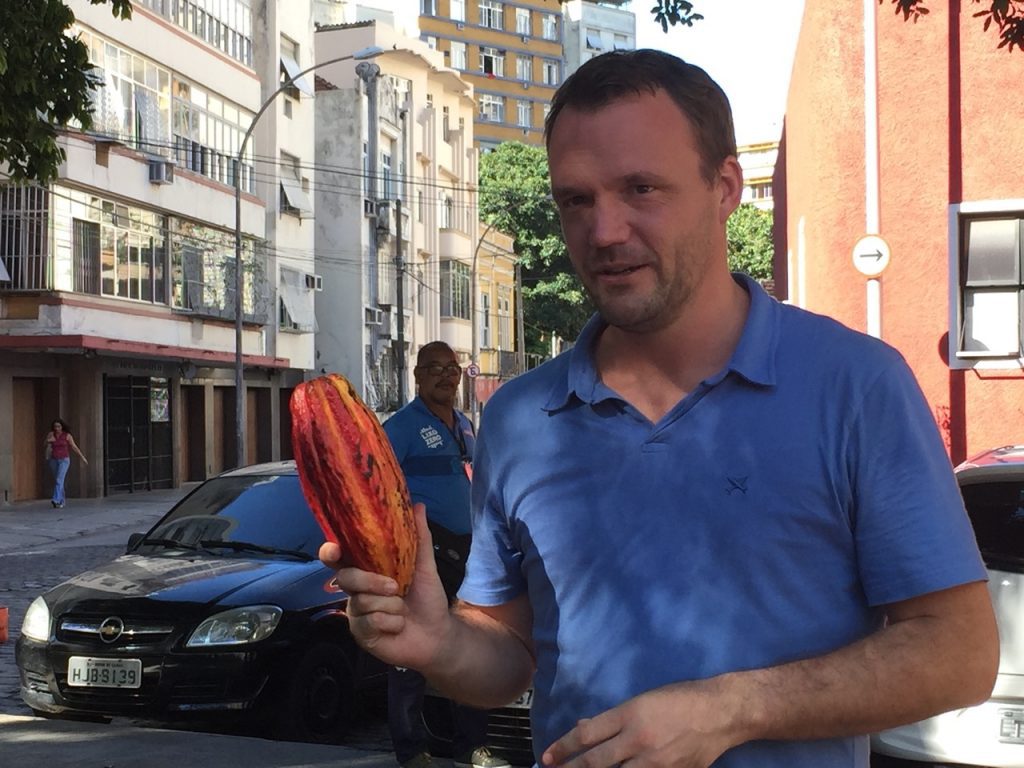
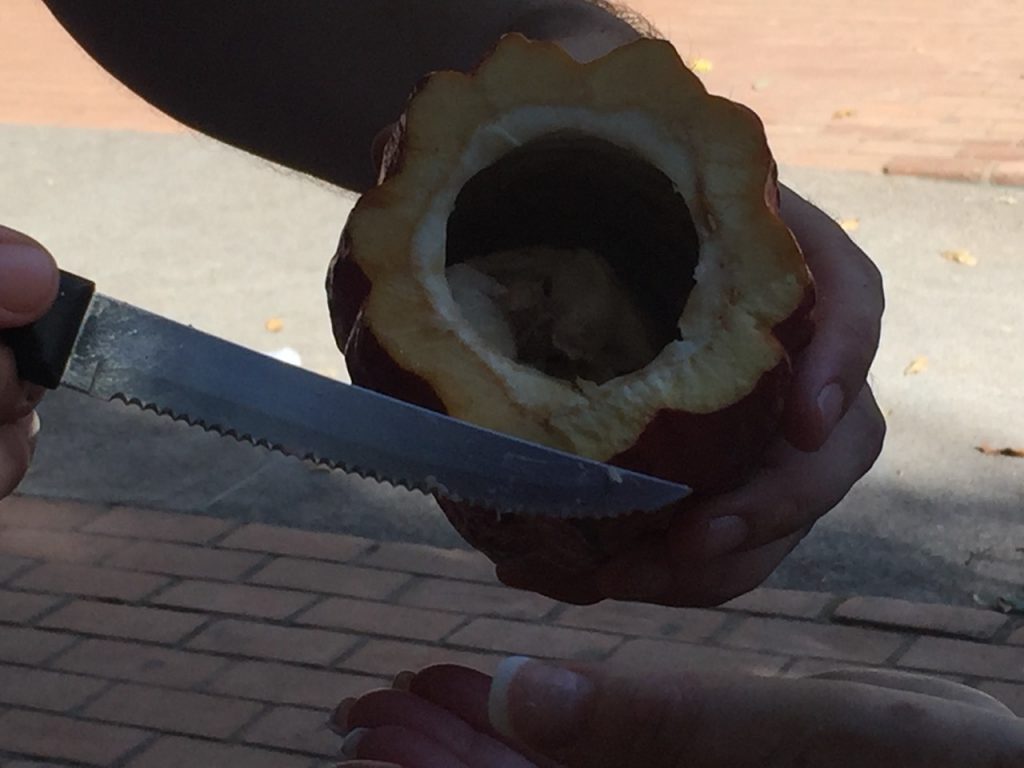
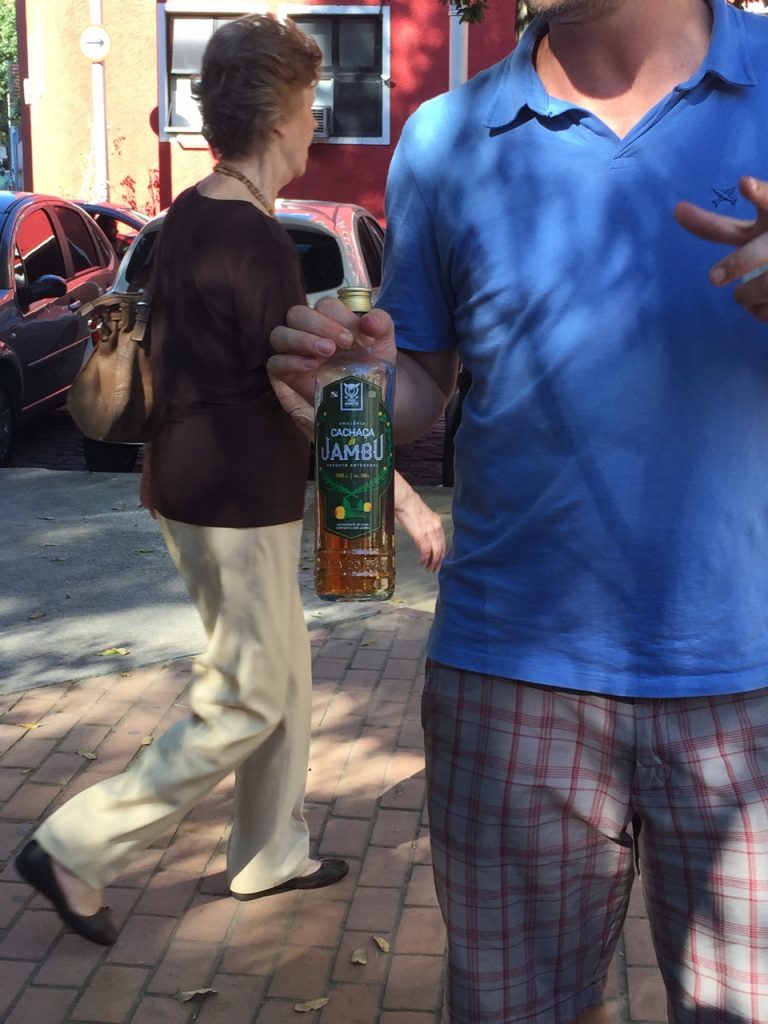
We ended at our final restaurant with a delicious curry and fish – we were SO full and had sampled something from every corner of Brazil – divine!
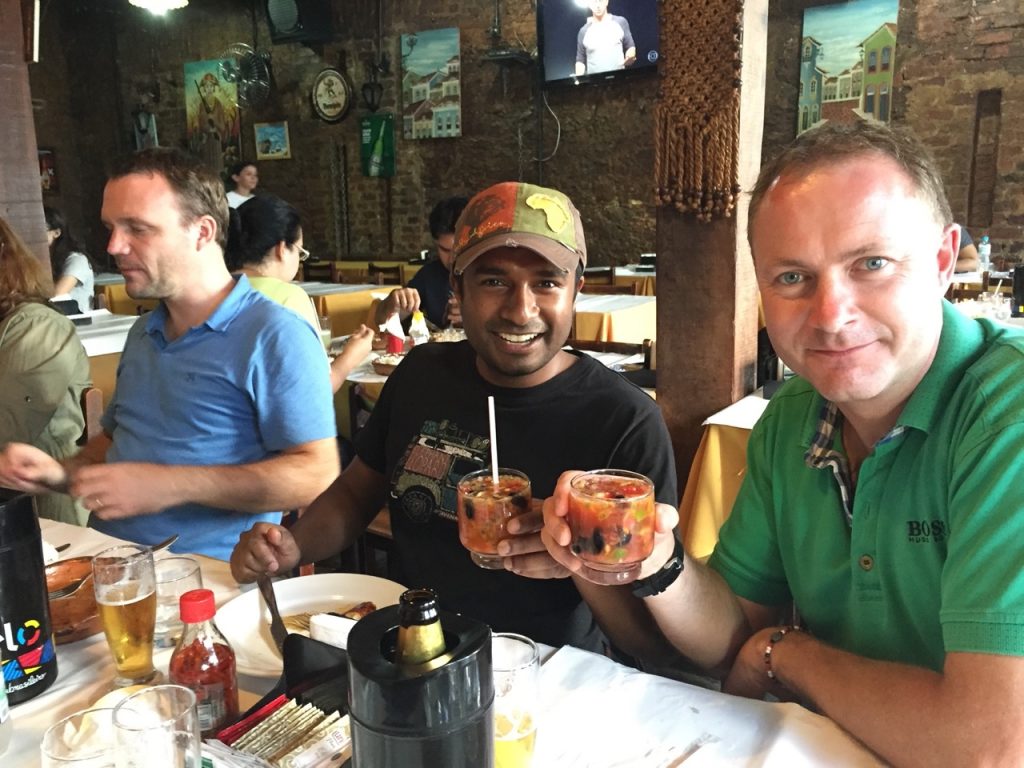
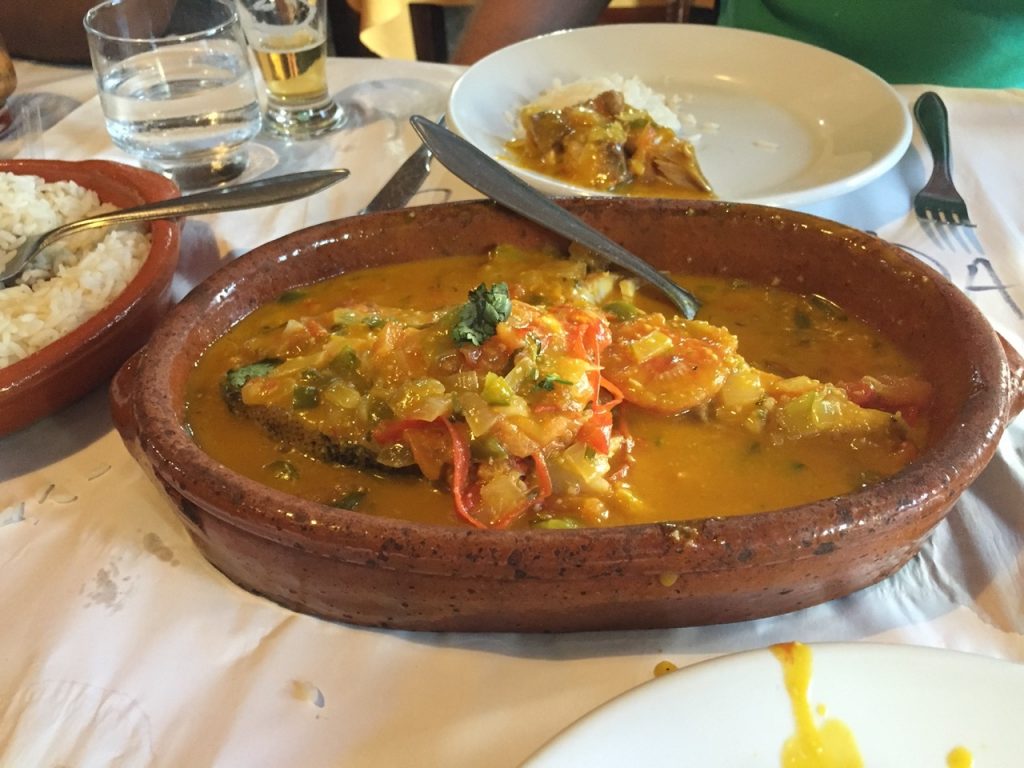
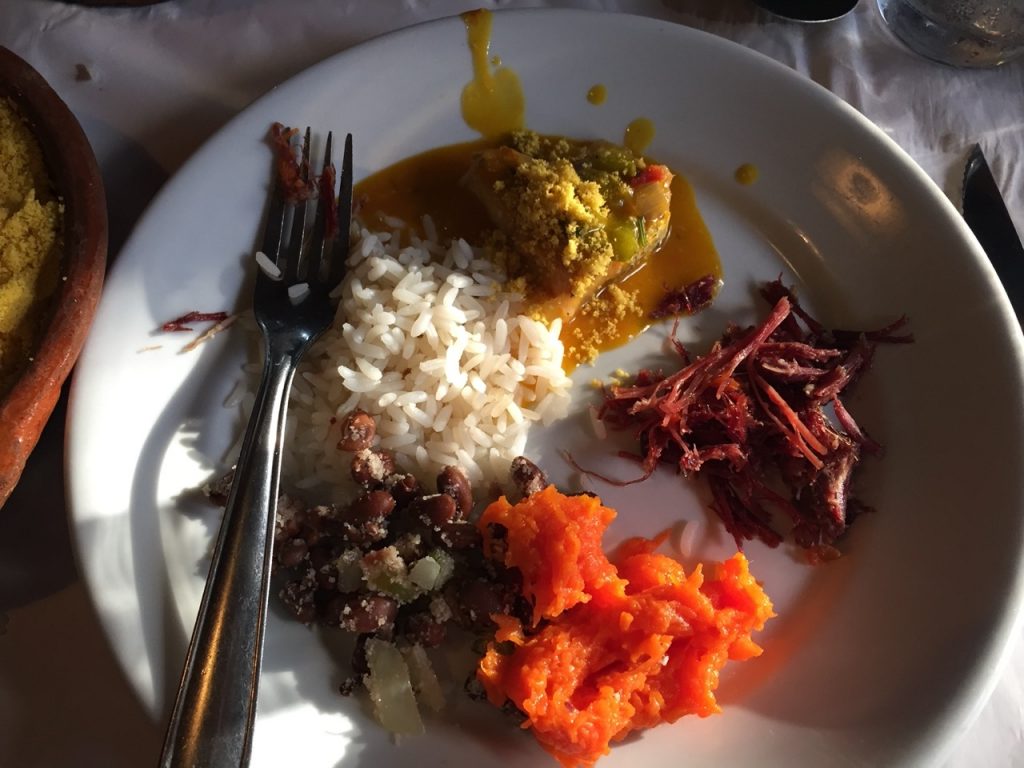
We opted for a walking tour of Santa Teresa – our guide was excellent and knowledgeable. Santa Teresa became known as the bohemian enclave of Rio after a wave of artists moved here in the 1960s during the military dictatorship in Brazil. Because of this, this area of Rio was the scene of important political and social uprisings. We had fantastic views of Christ the Redeemer statue and the city center. We made our way past imperial houses, palaces, and the famous yellow trams of Santa Teresa.
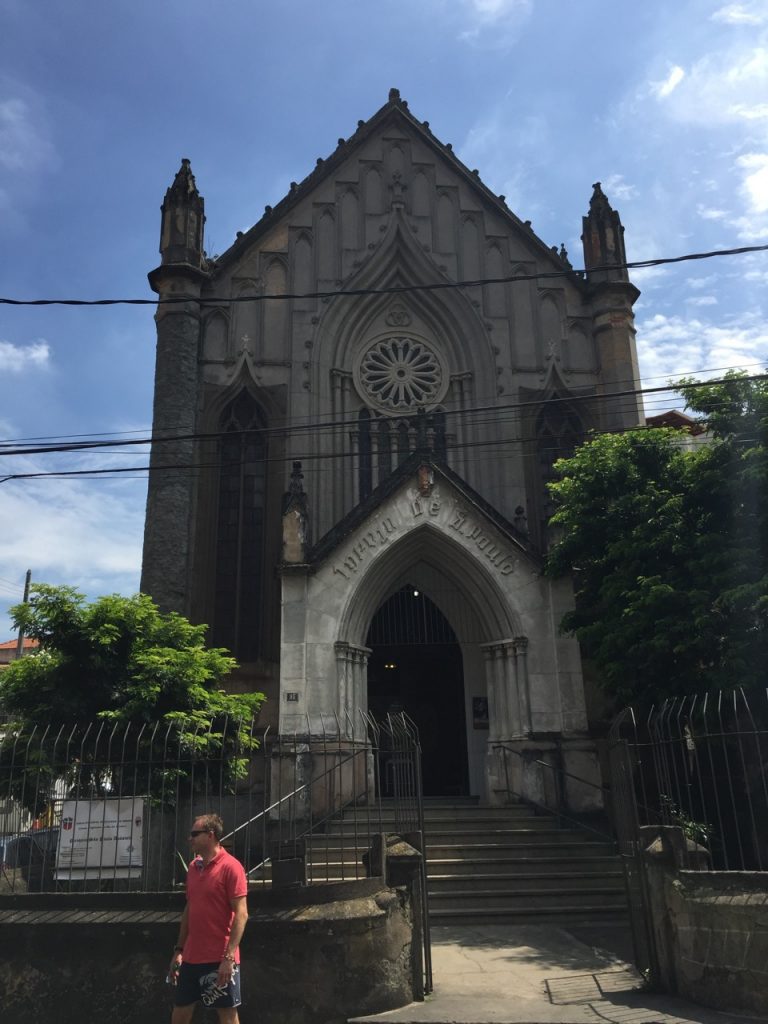
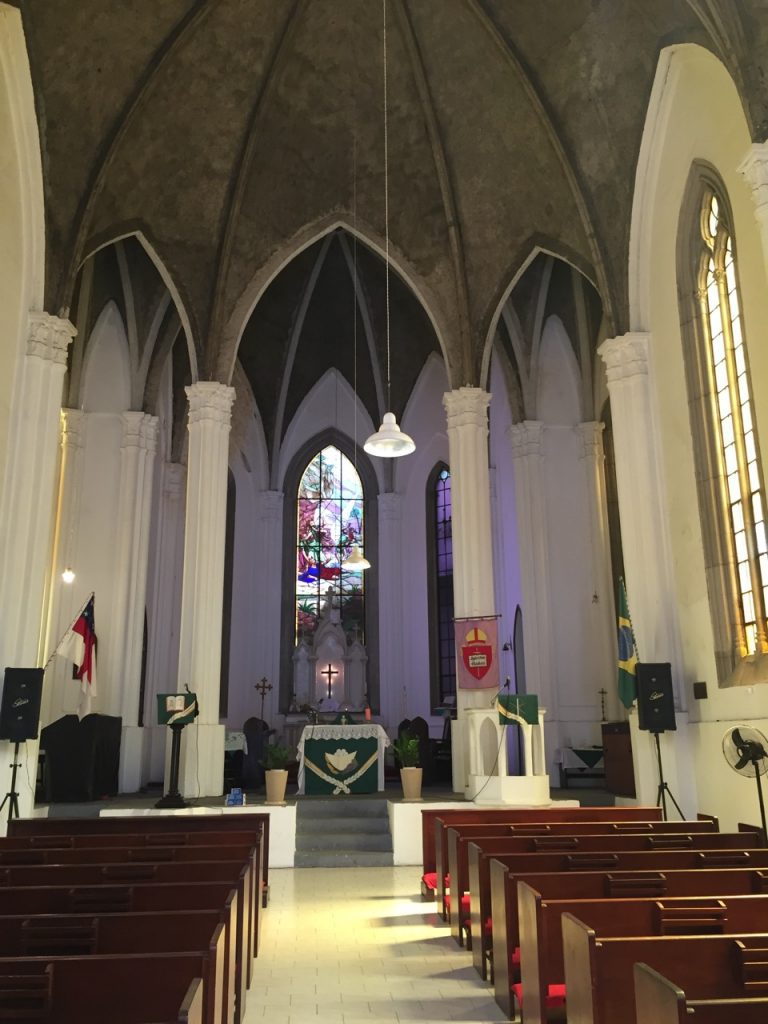
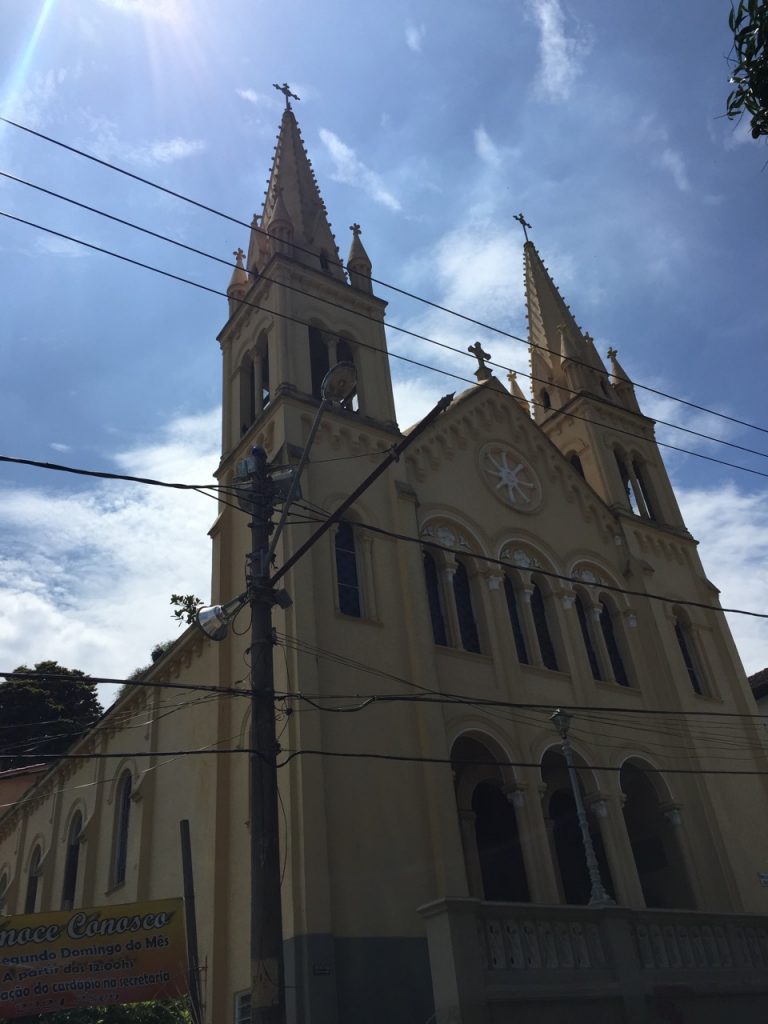
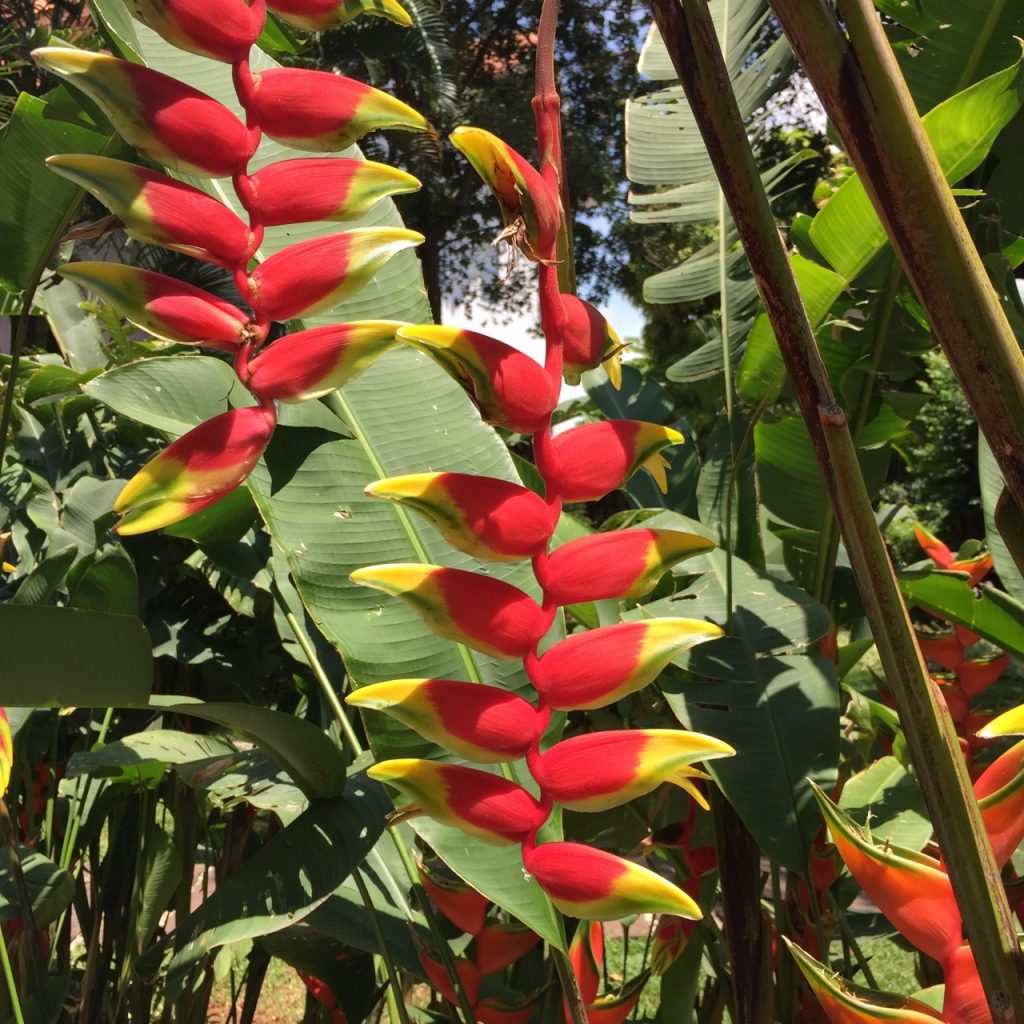
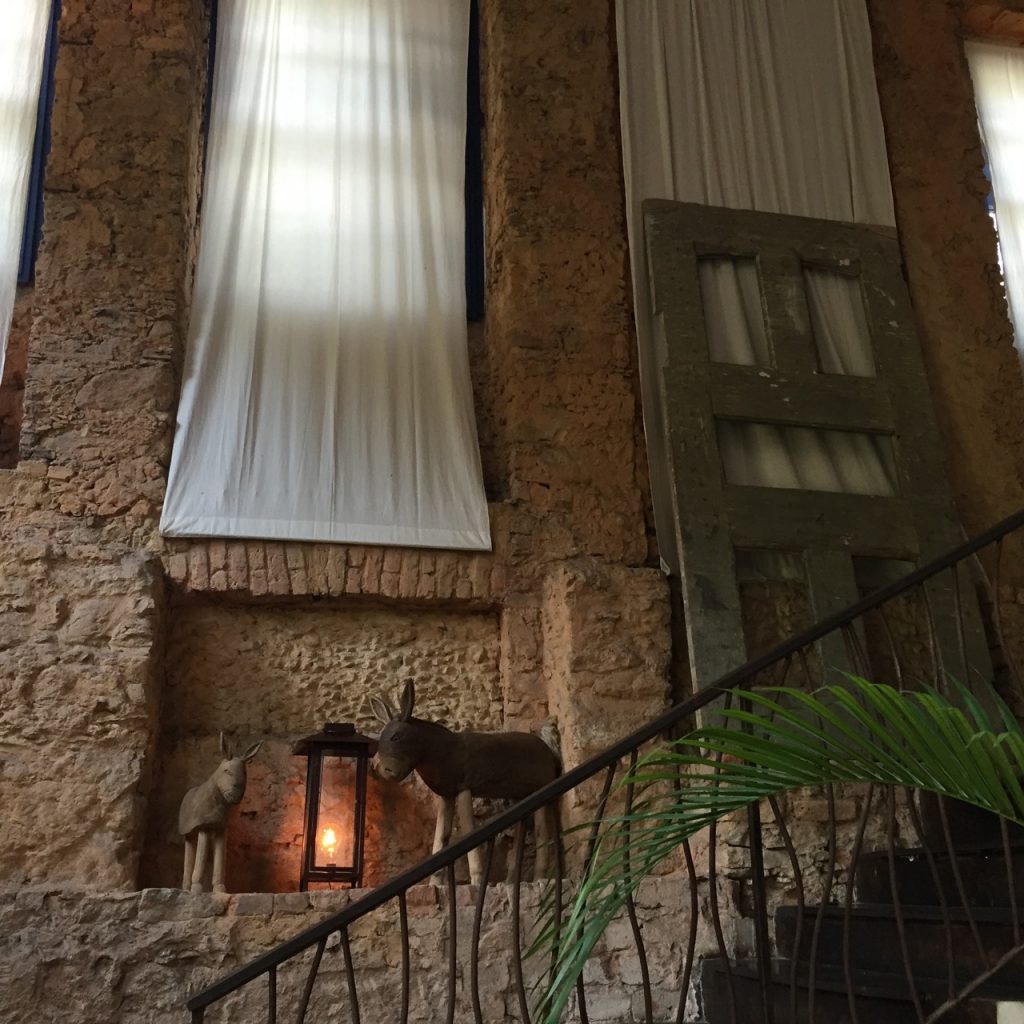
Our tour ended at the Santa Teresa Hotel RJ which has great views across the City and apparently favoured by Celebs…. The picturesque cobblestone streets, street art and fascinating history made this a worth while tour.
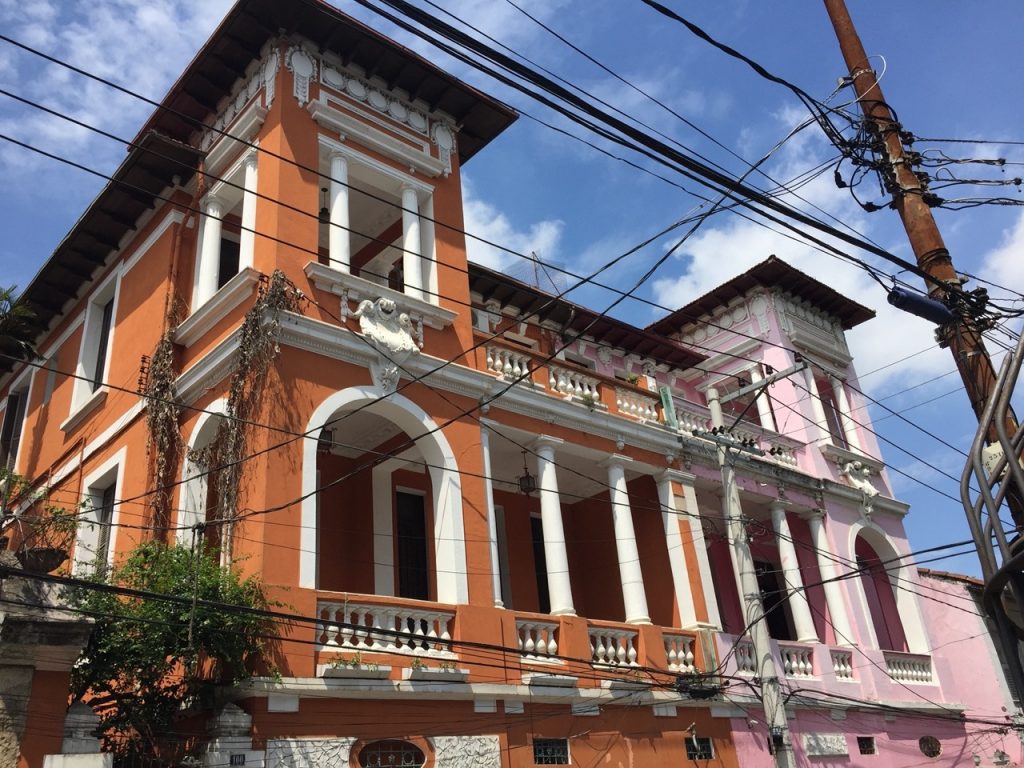
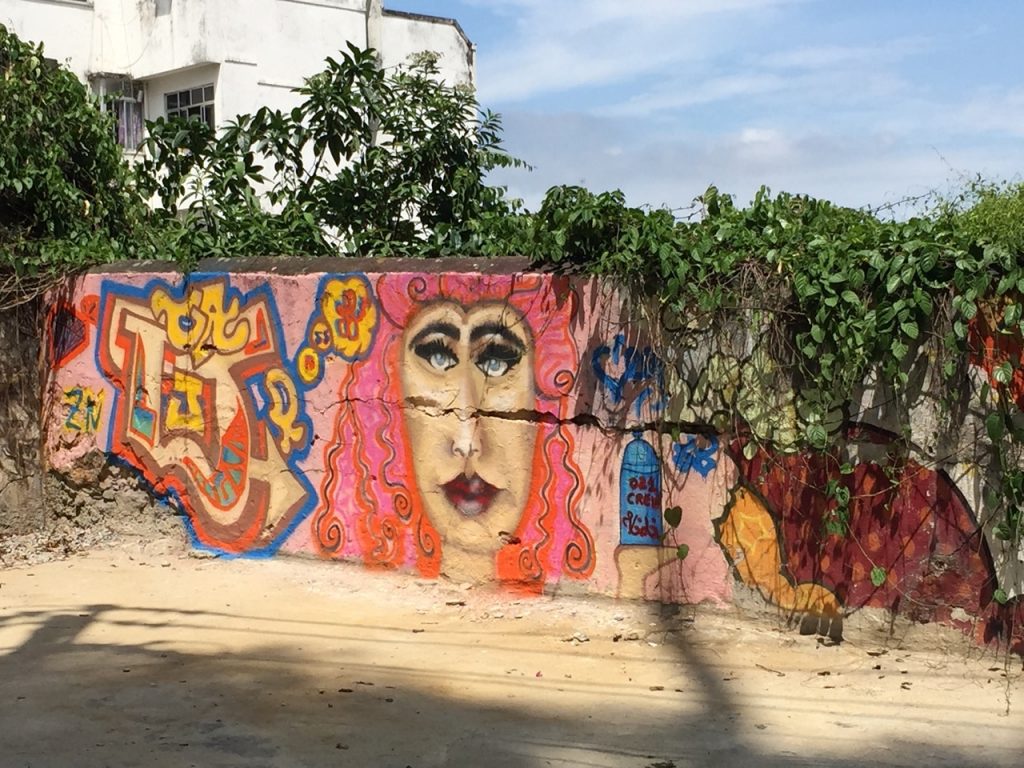
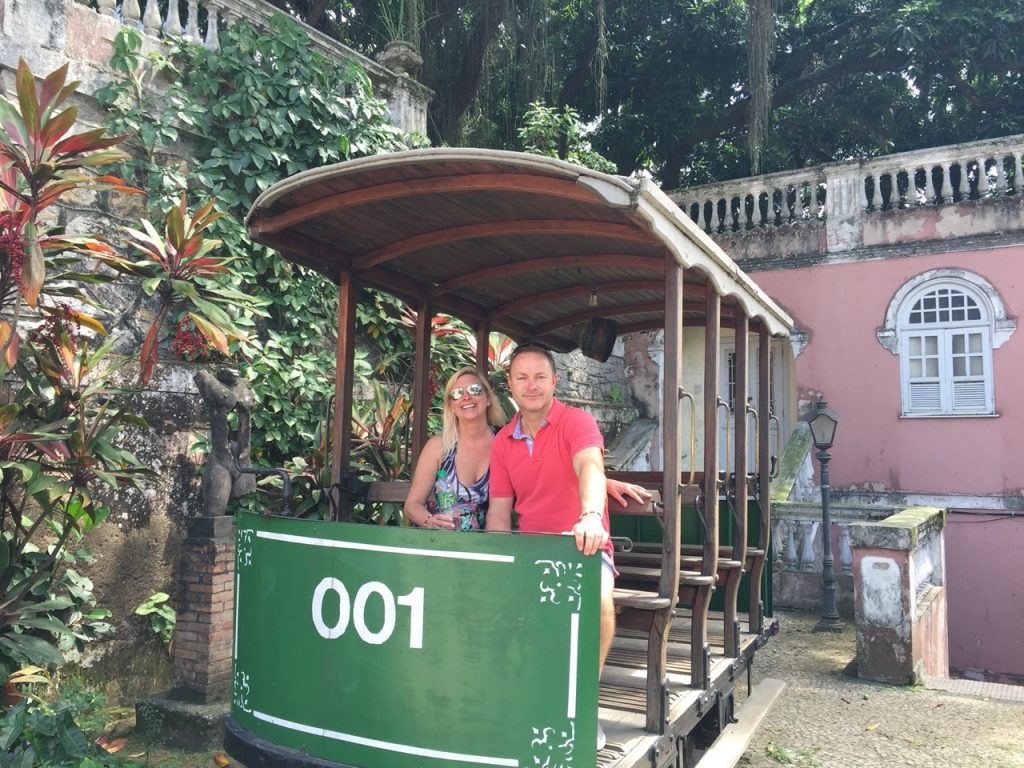
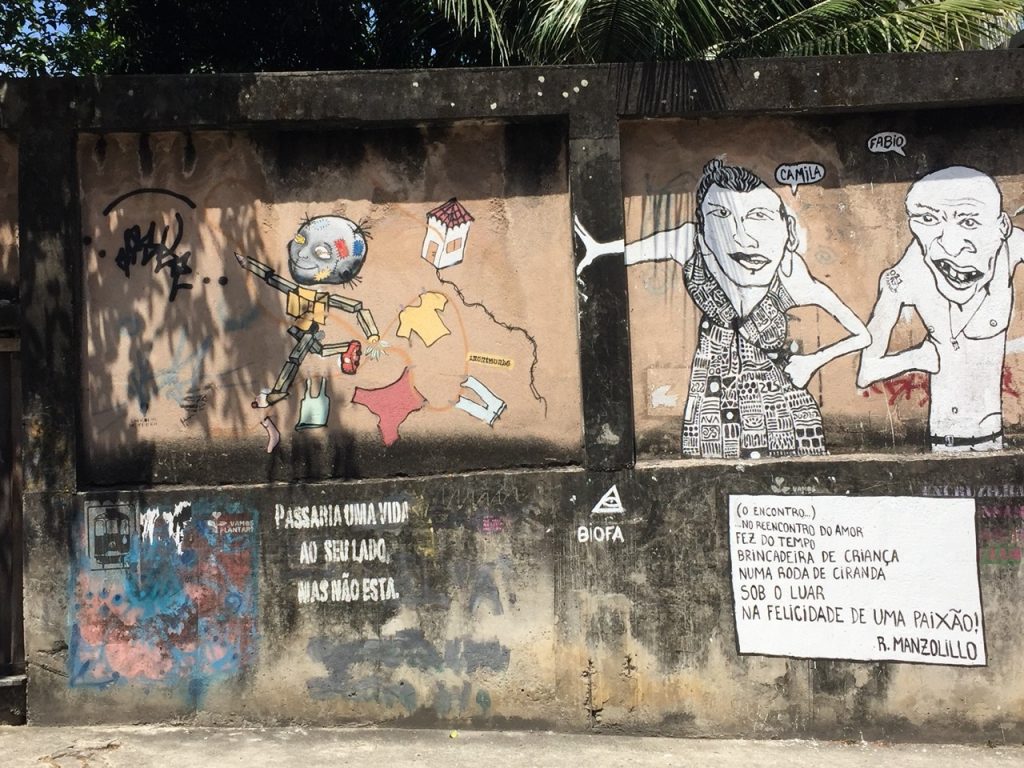
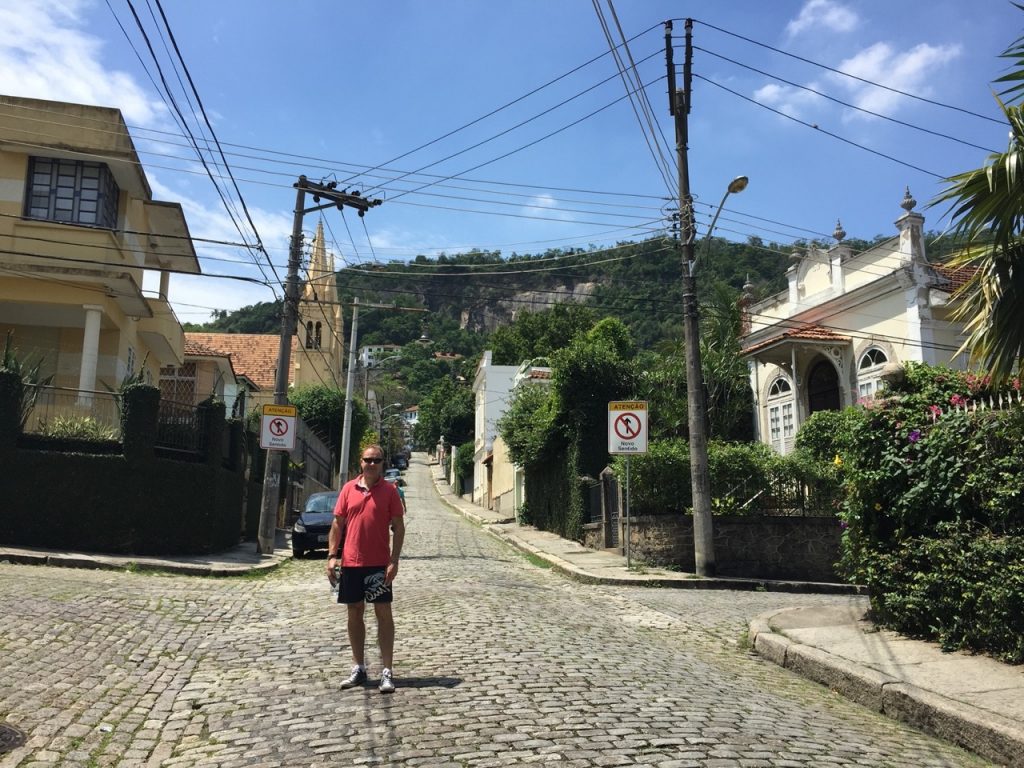
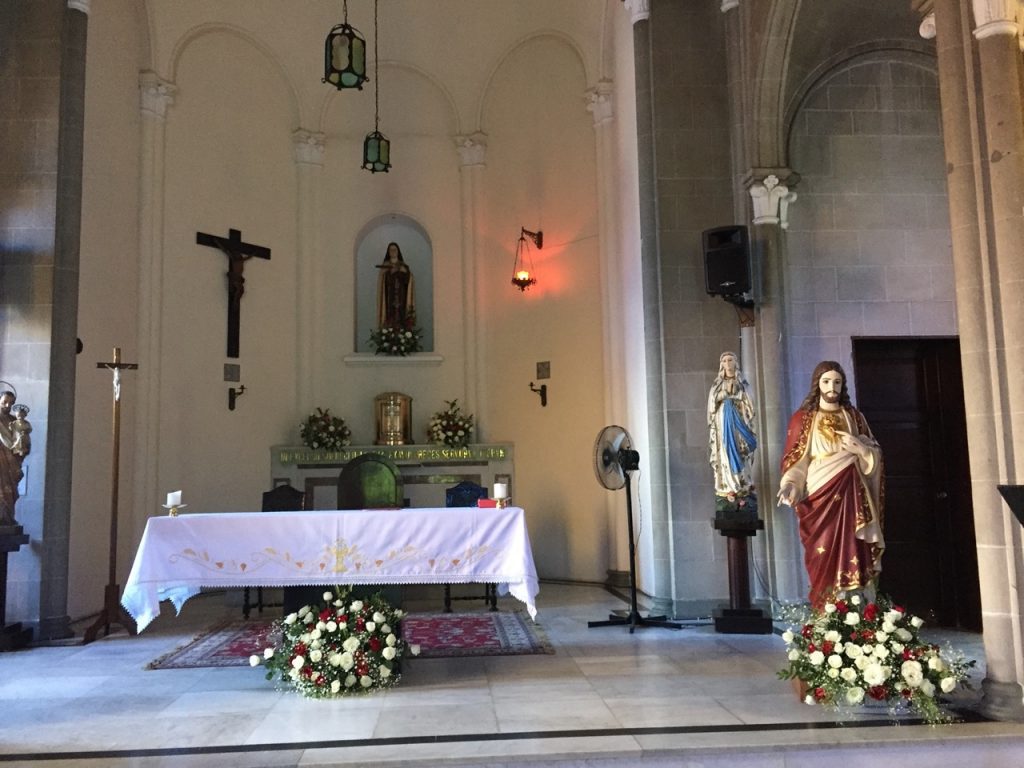
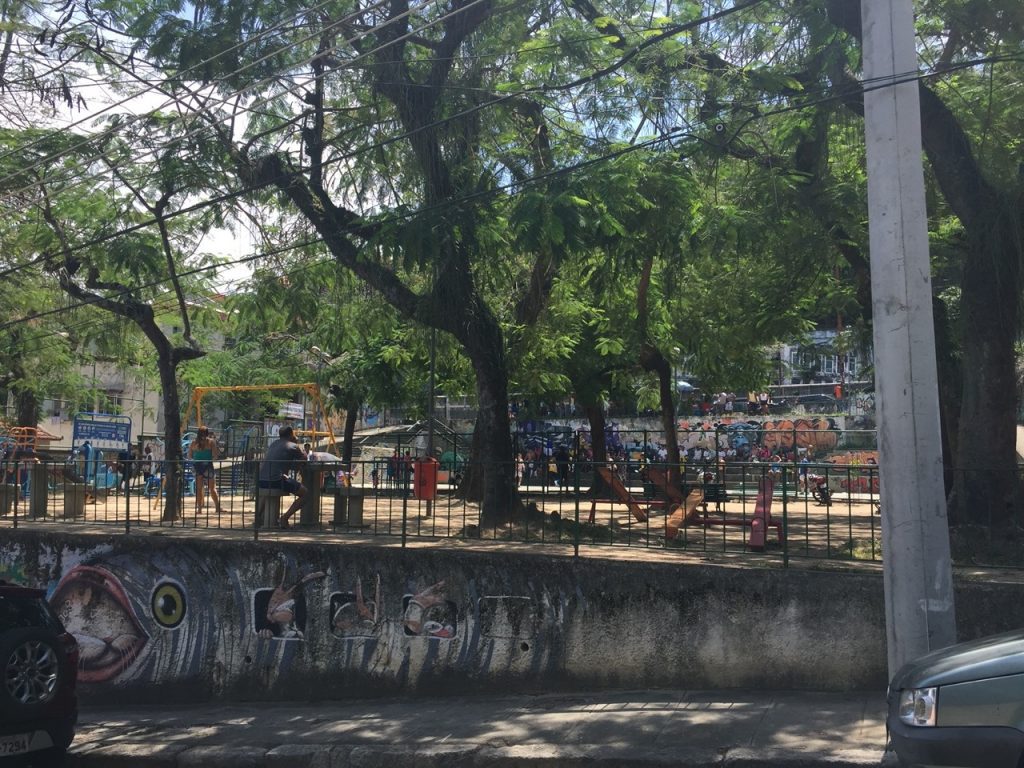
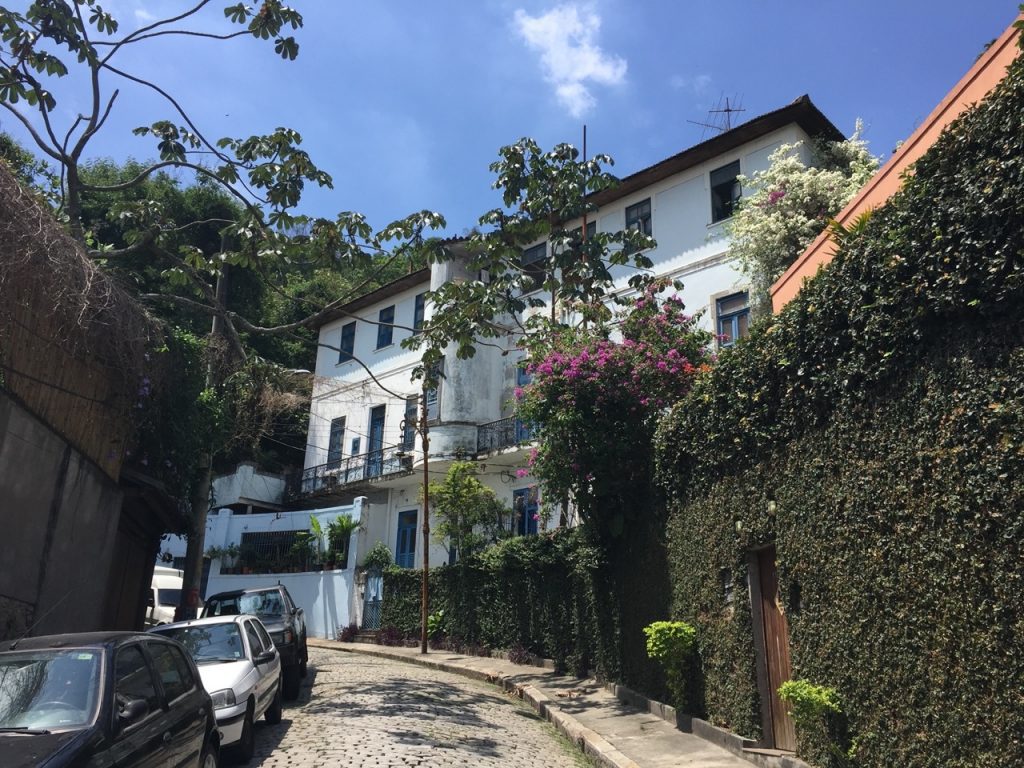
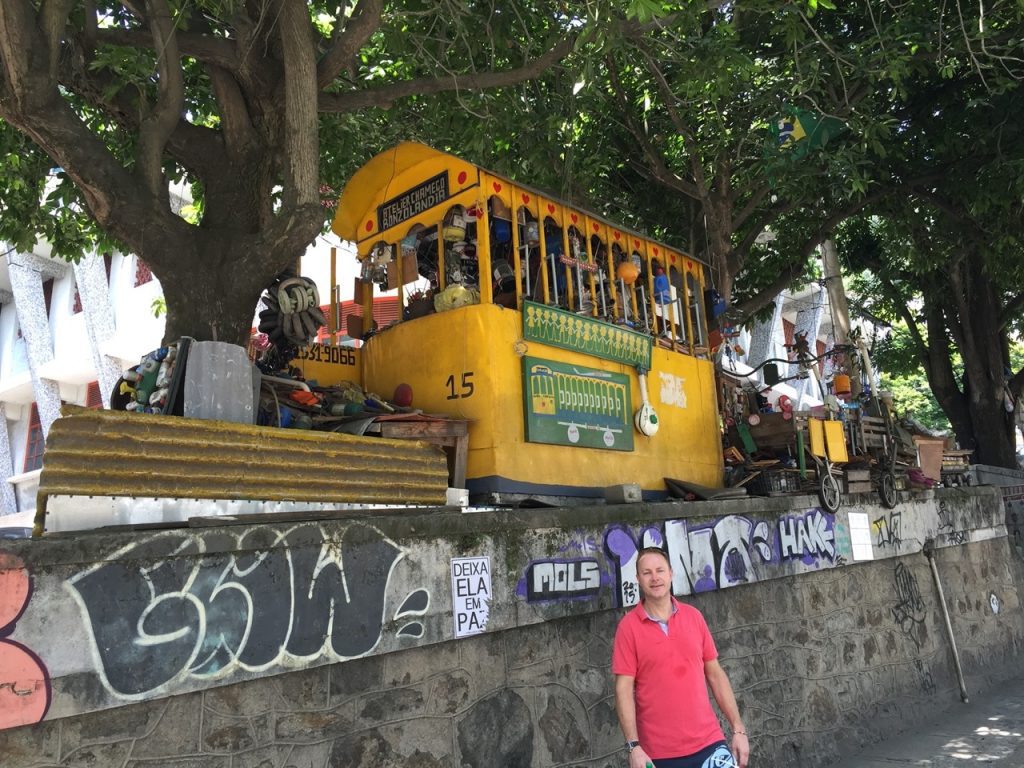
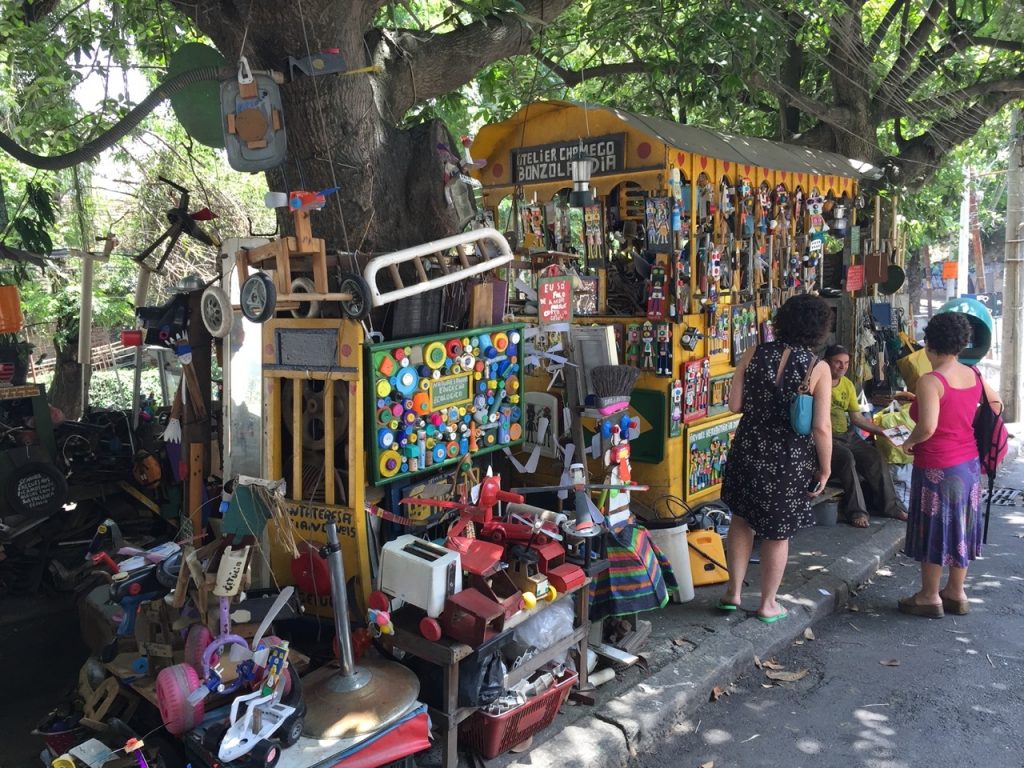
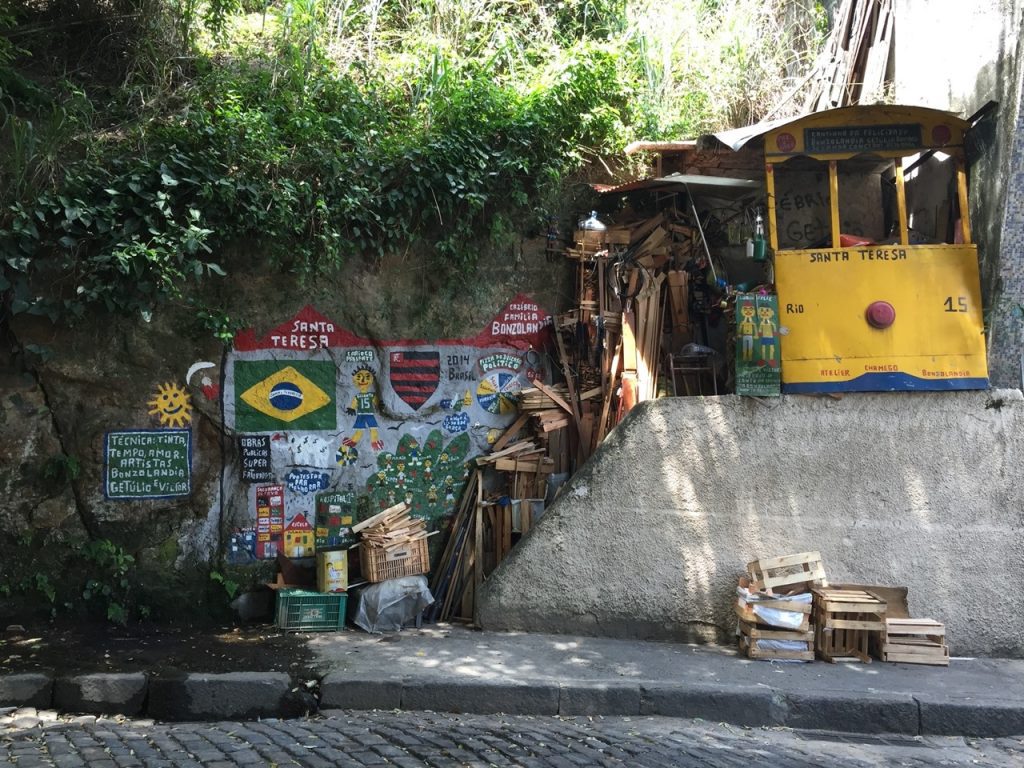
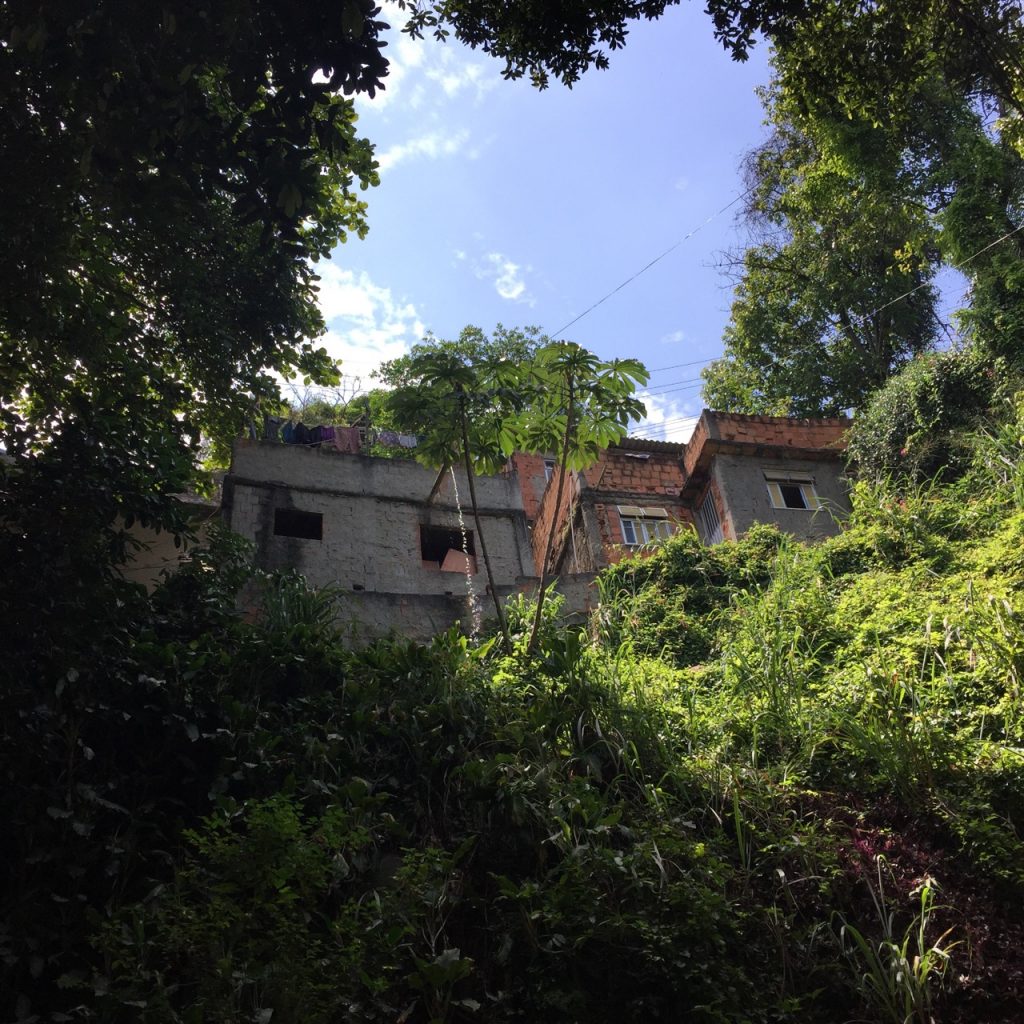
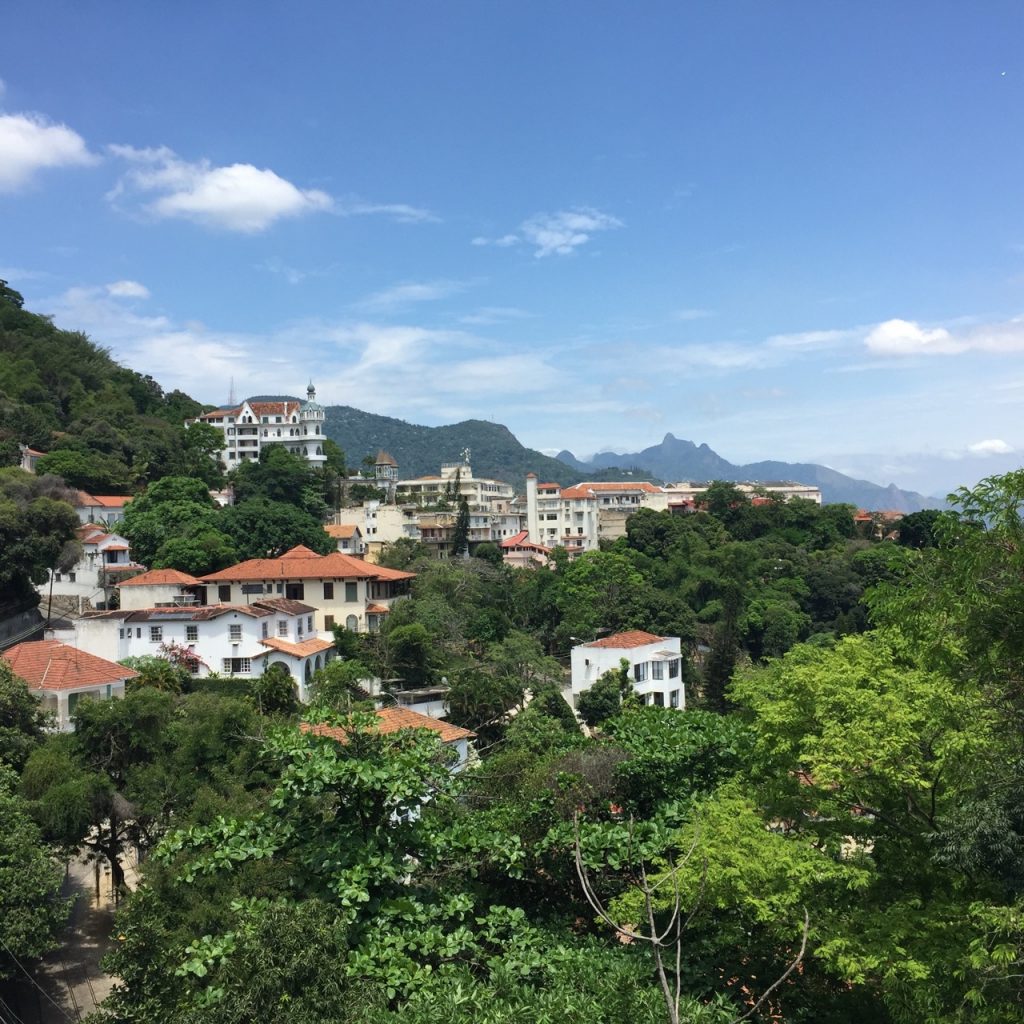

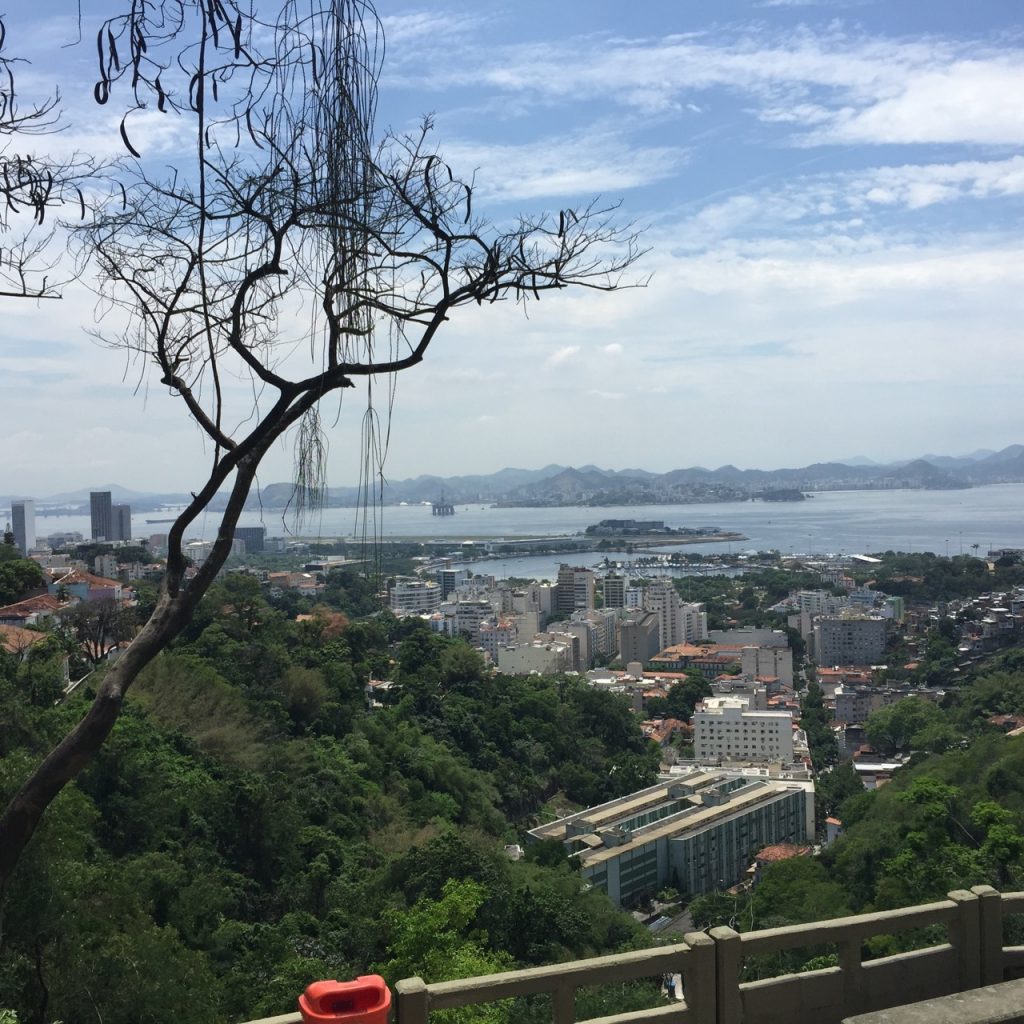
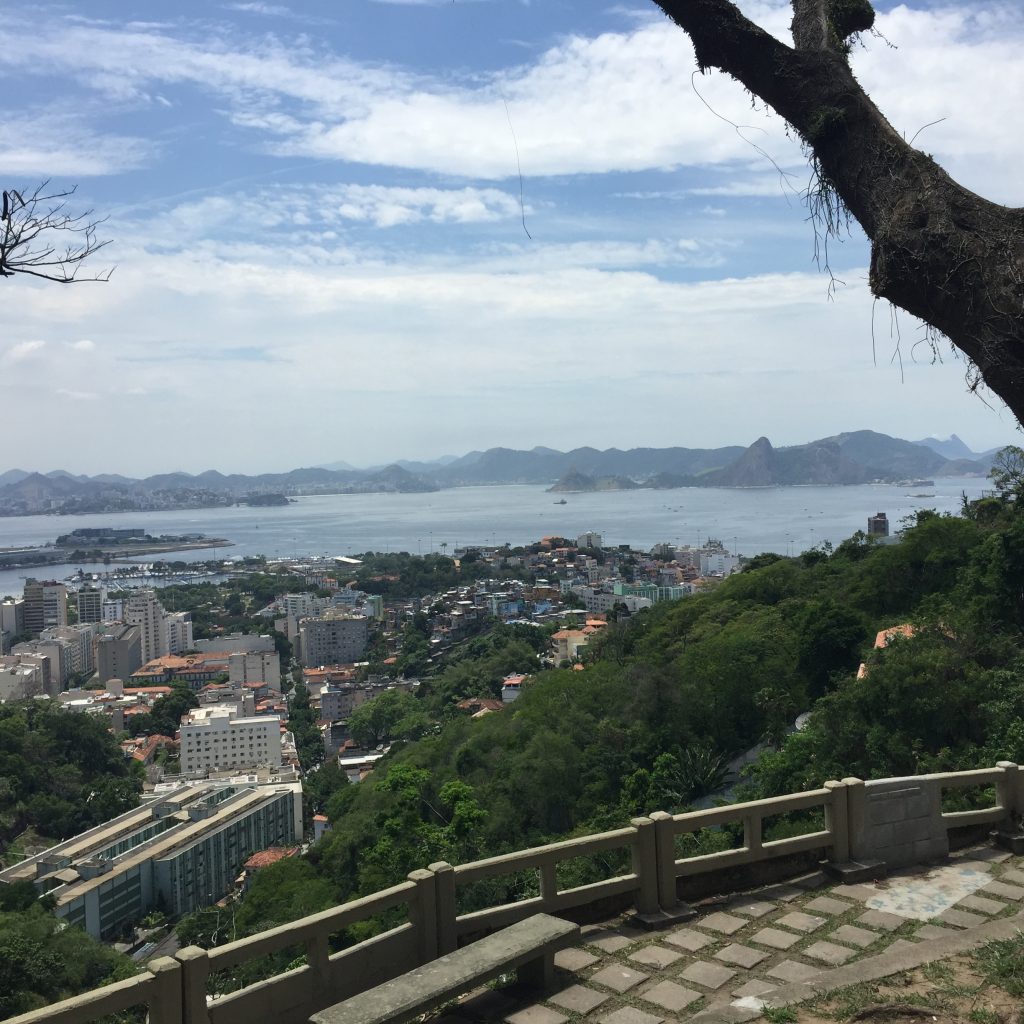
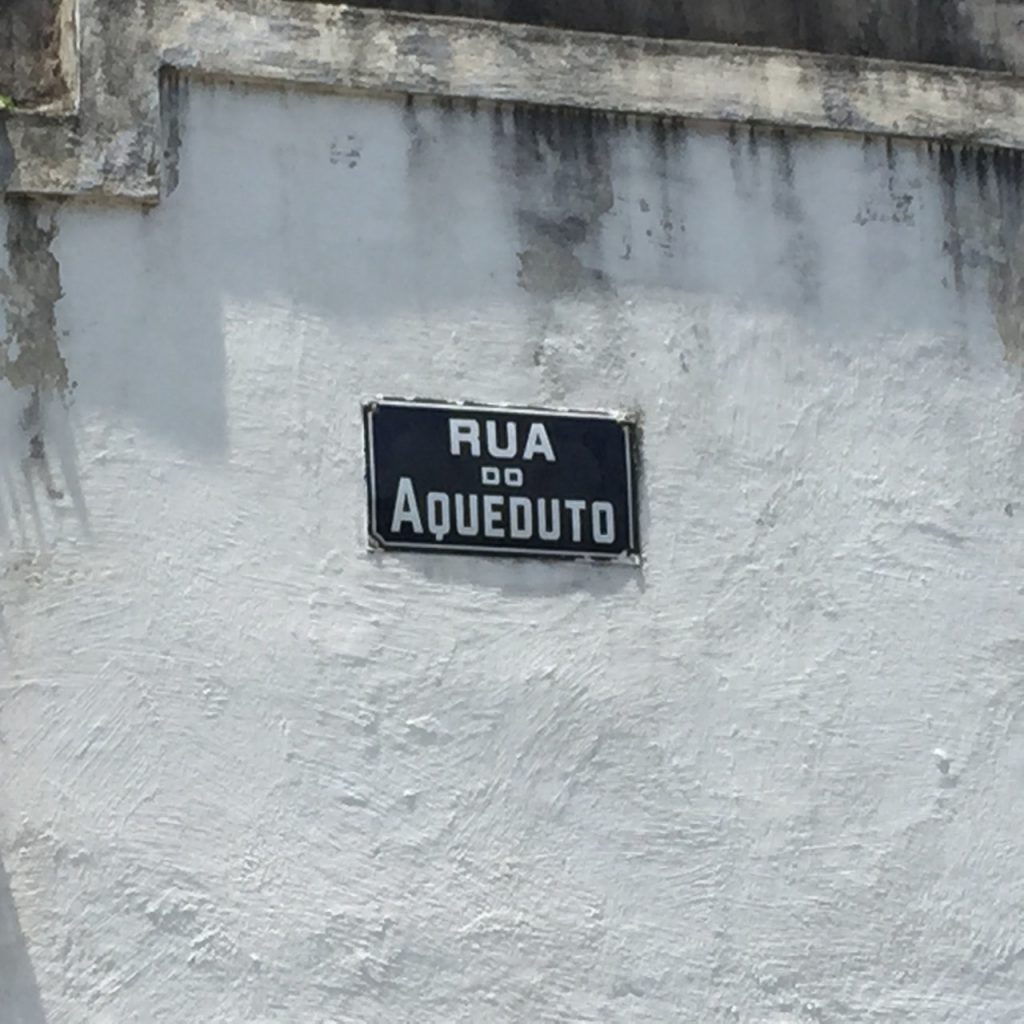
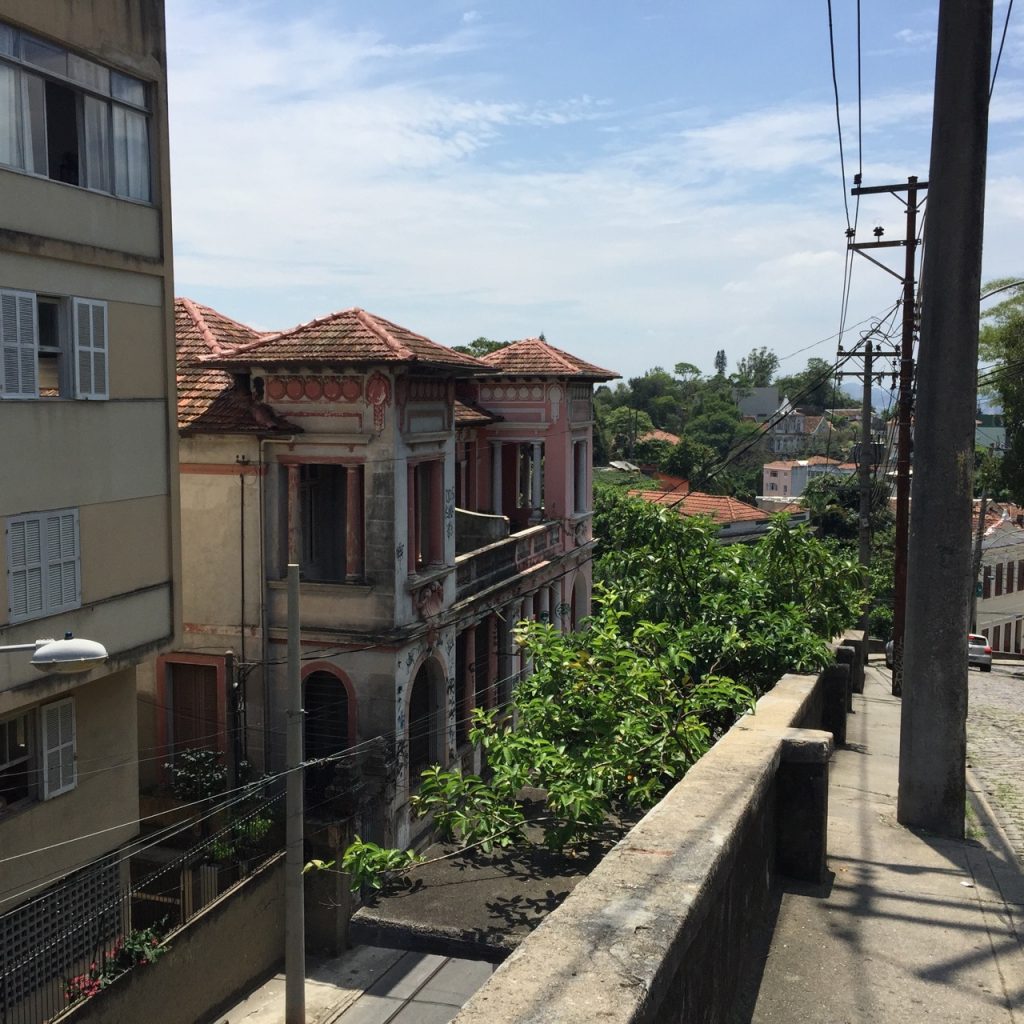
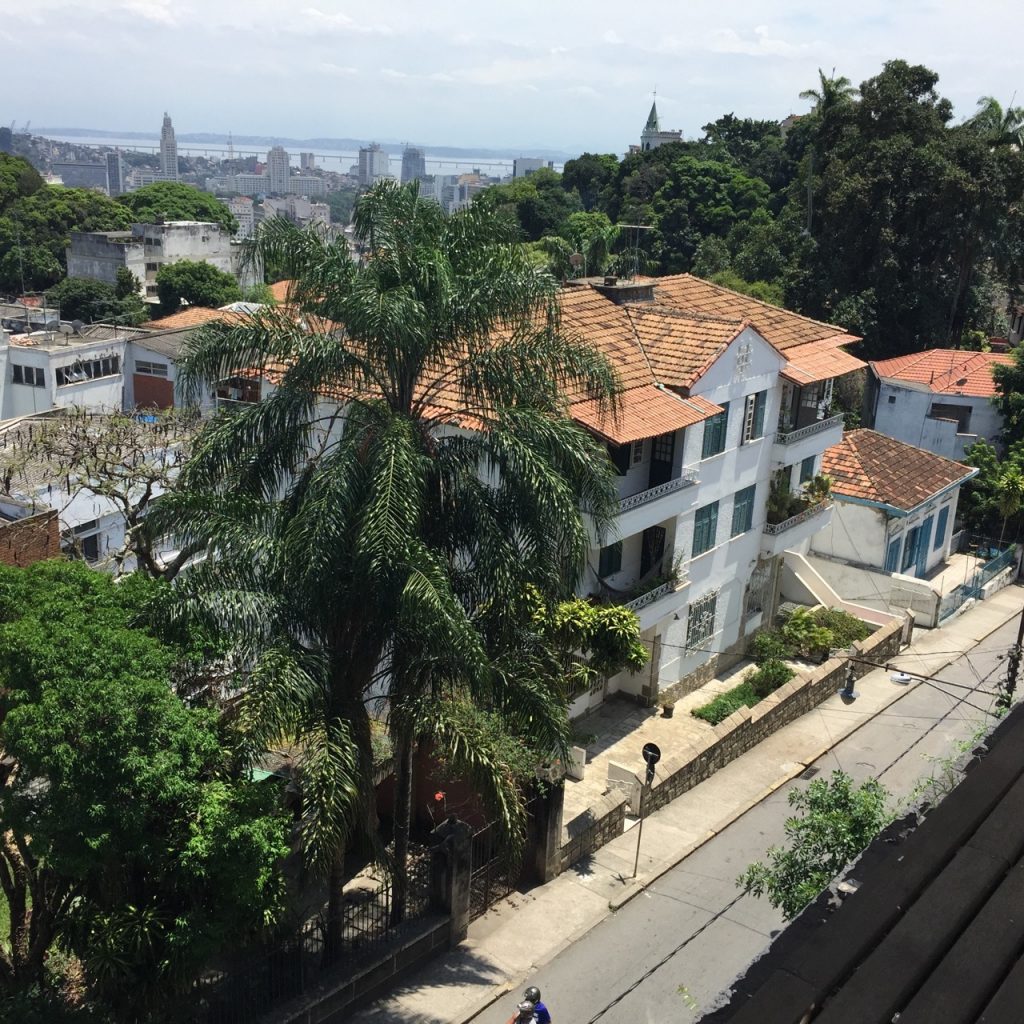

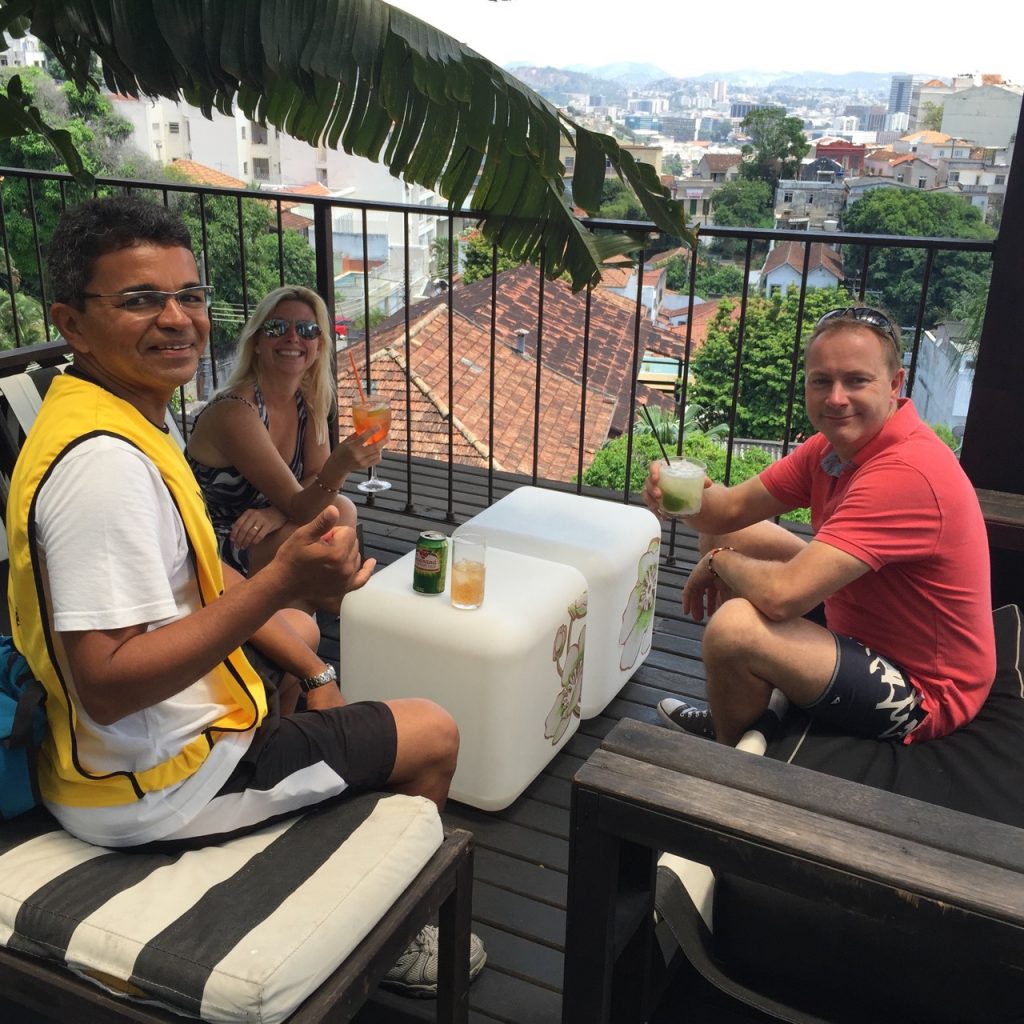
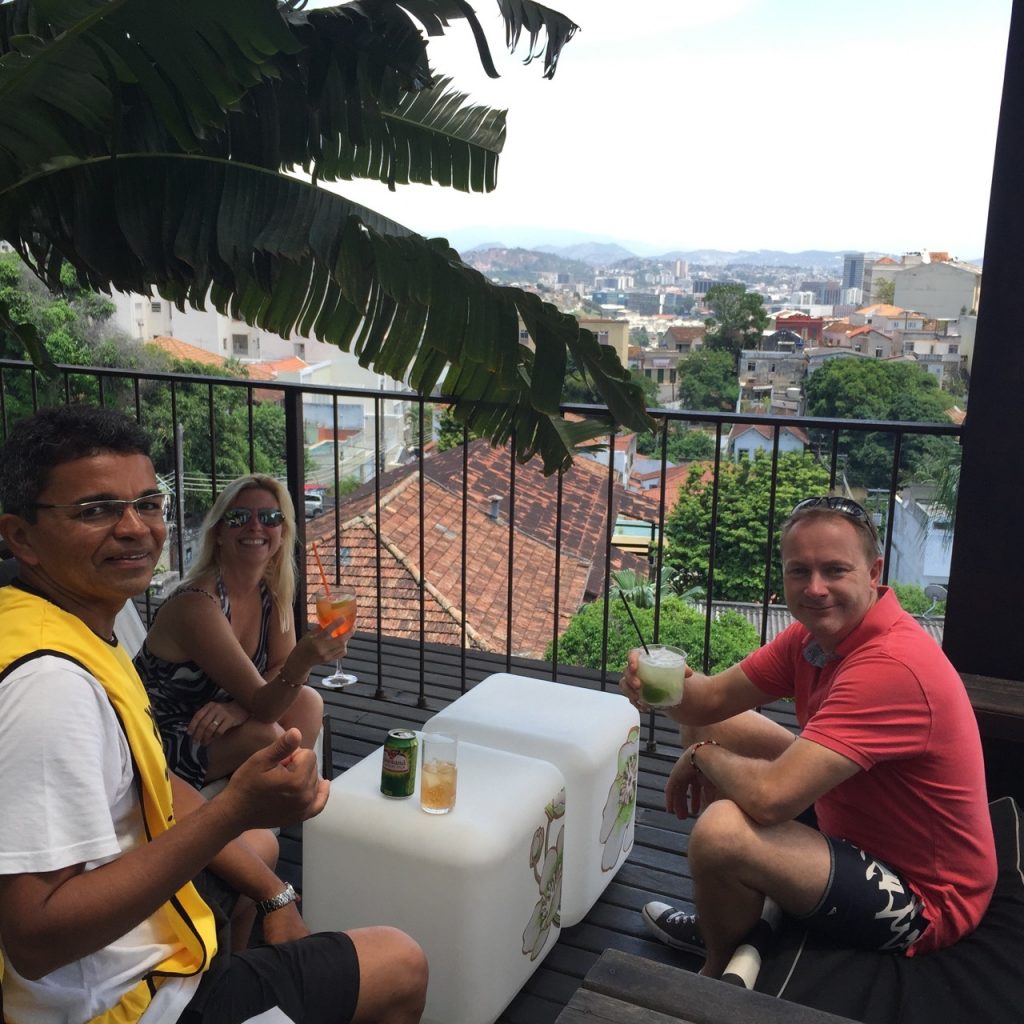

Our final day was a treat to see the City from yet another perspective. We had booked a 3 hour yacht BBQ trip around the harbour – only the two of us … delicious steaks on the braai washed down with heady caipirinhas… wonderful!

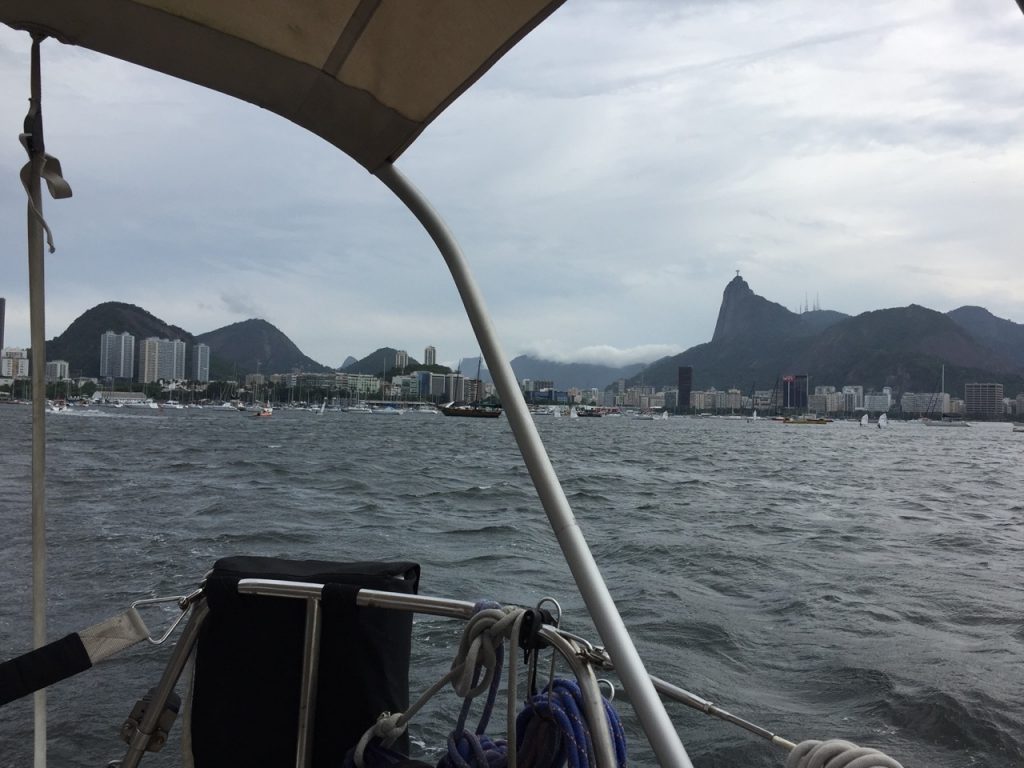


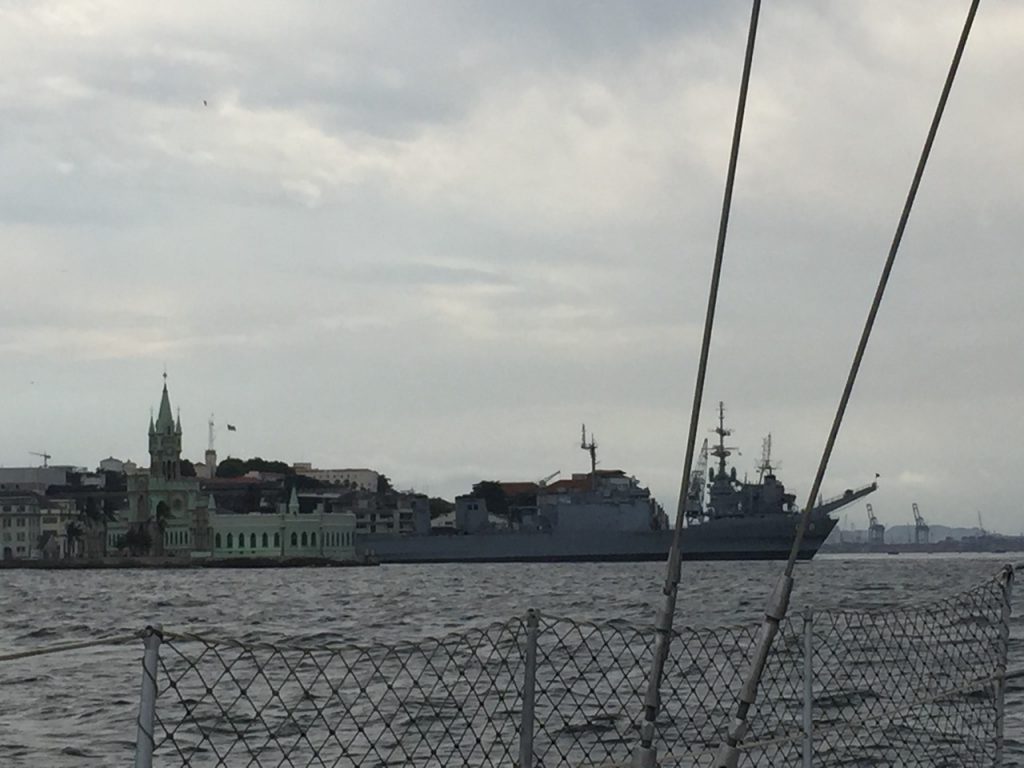






And with that our trip to Rio came to and end – what a fabulous City – vibey, dramatic and fun….love this place – one of our top Cities in the world (which of course includes Cape Town!).

